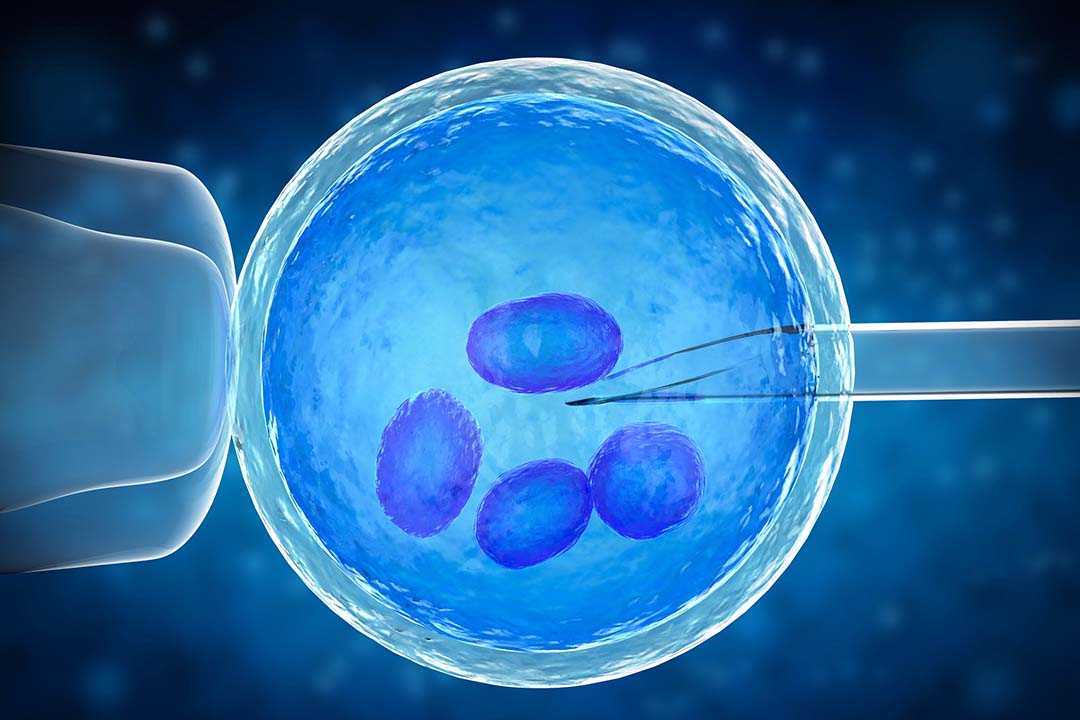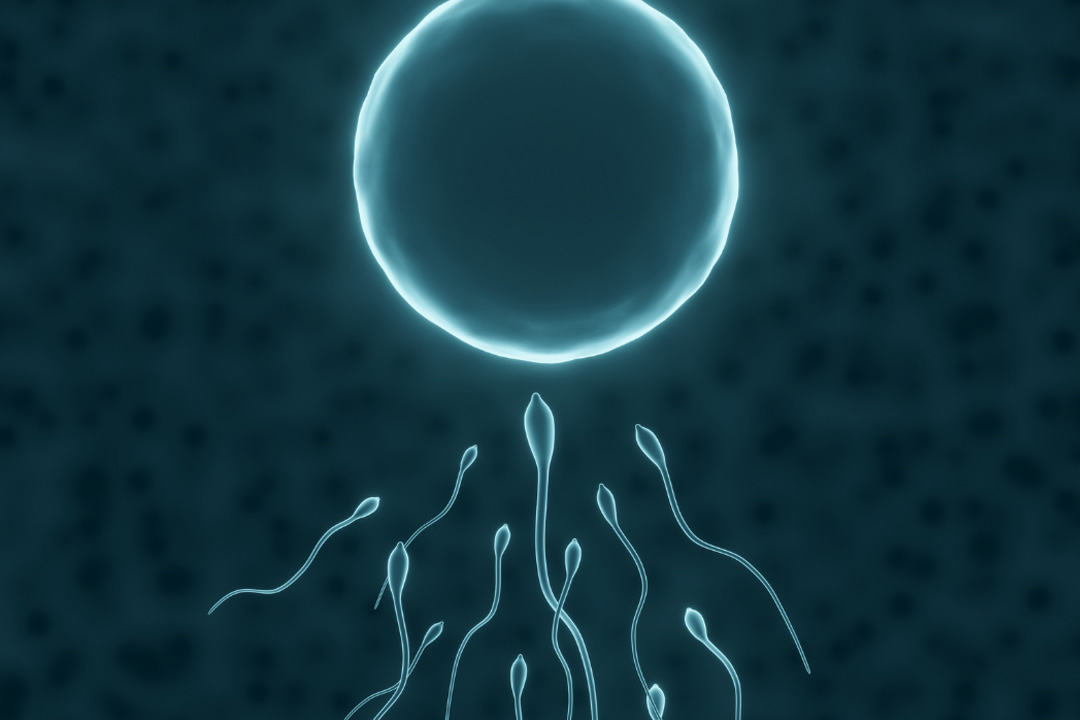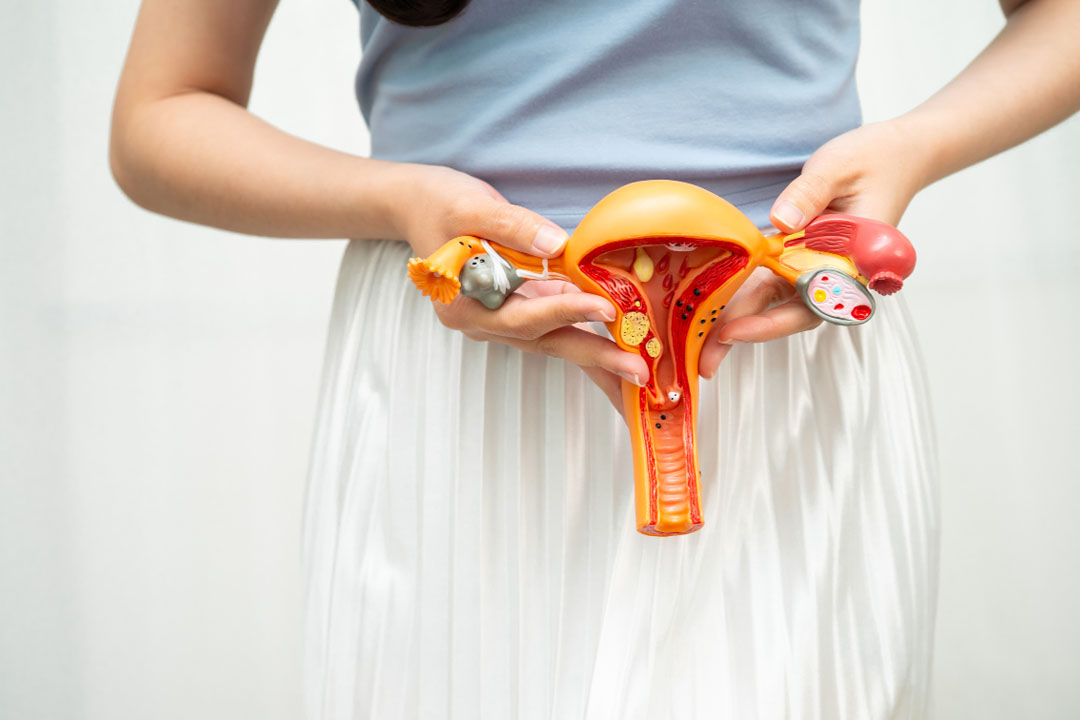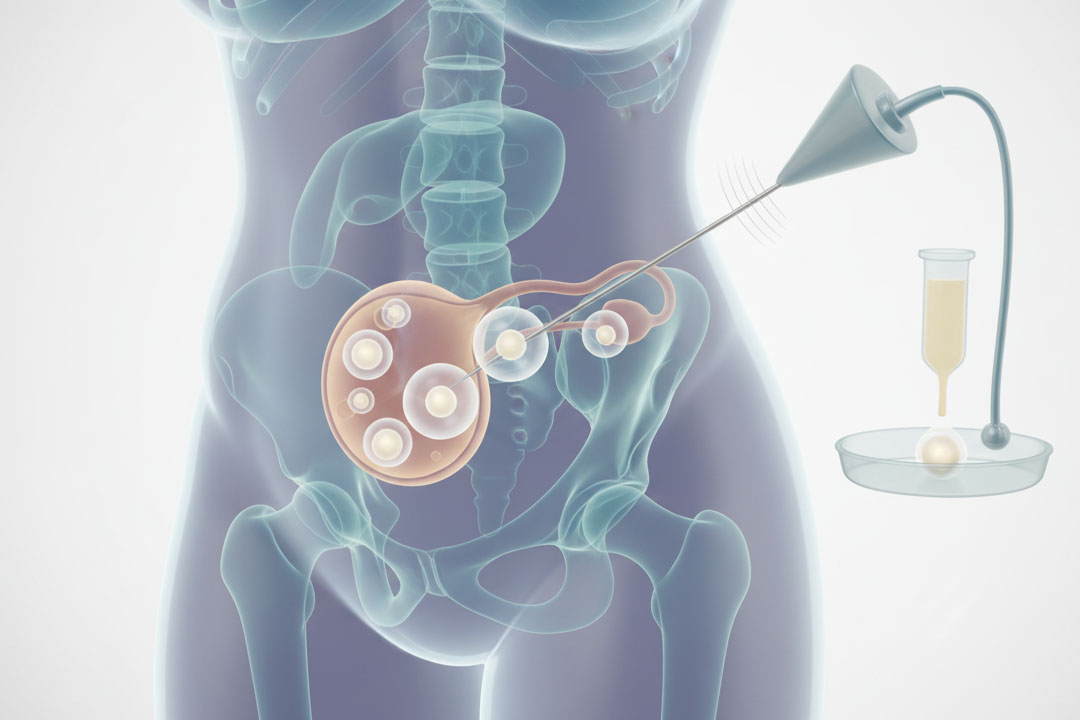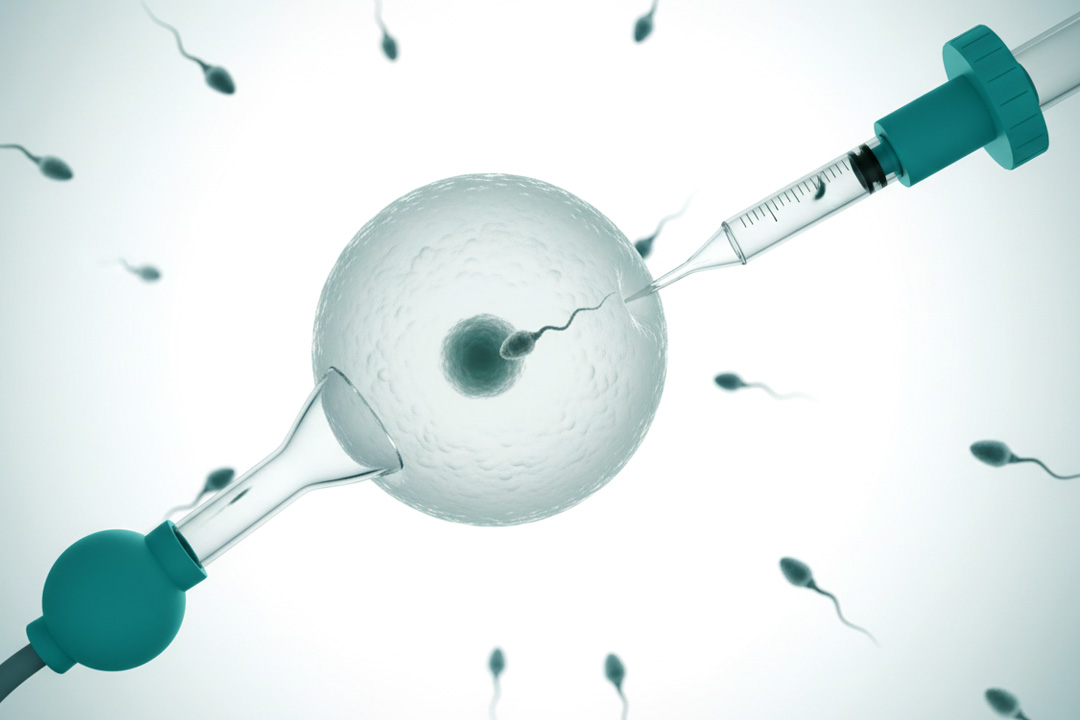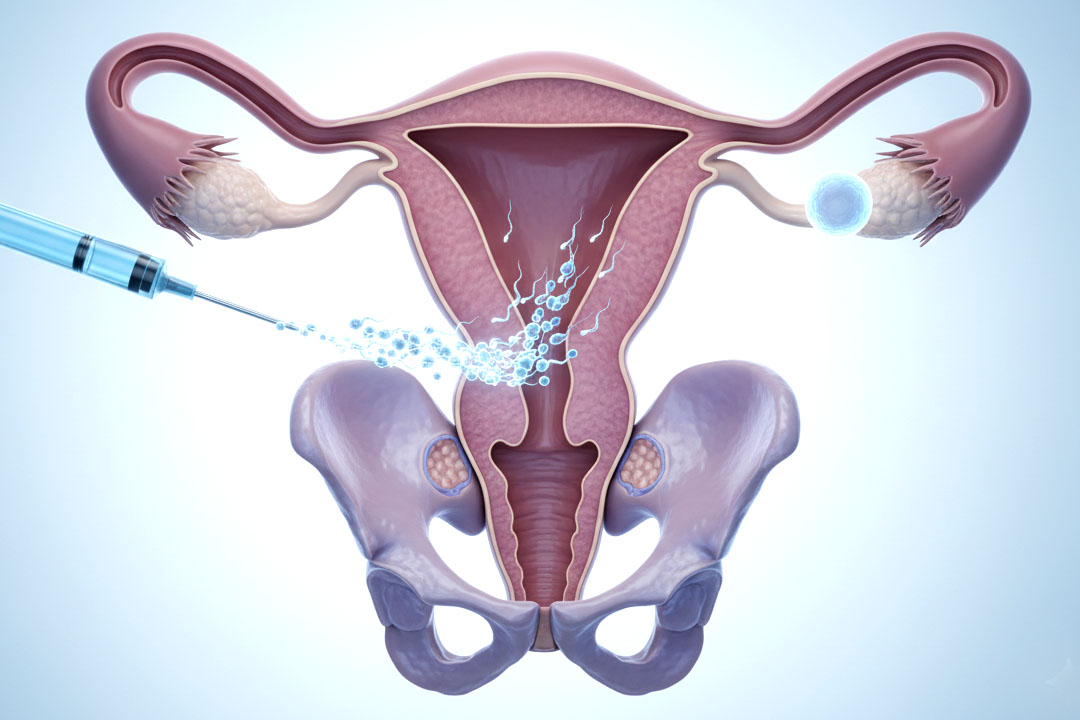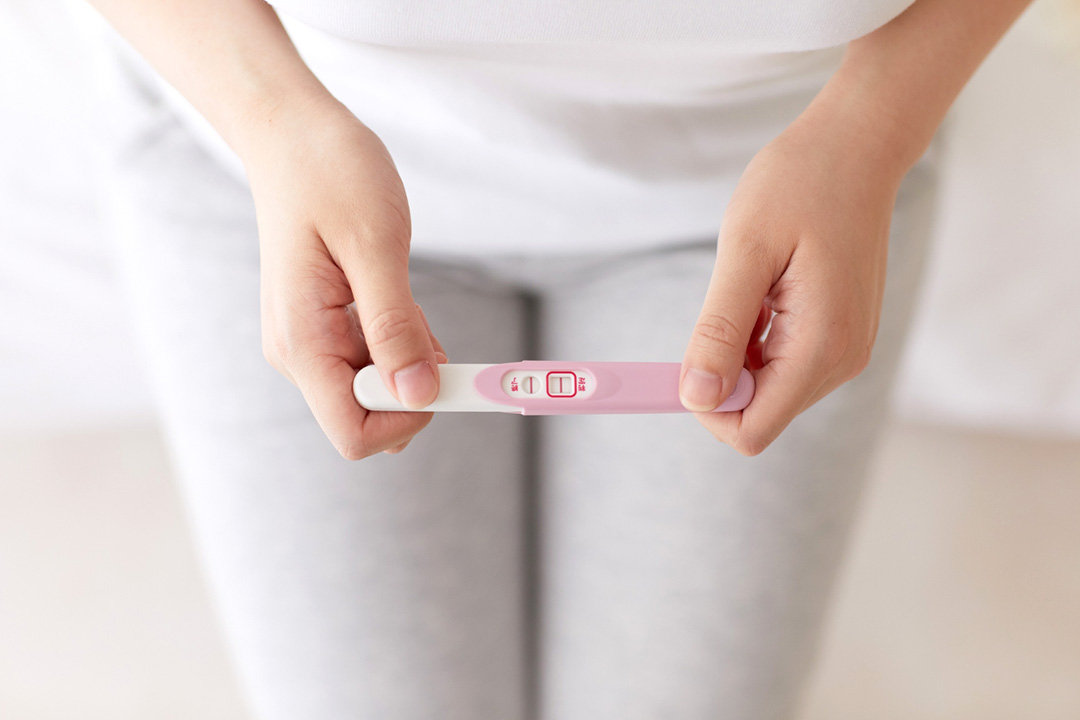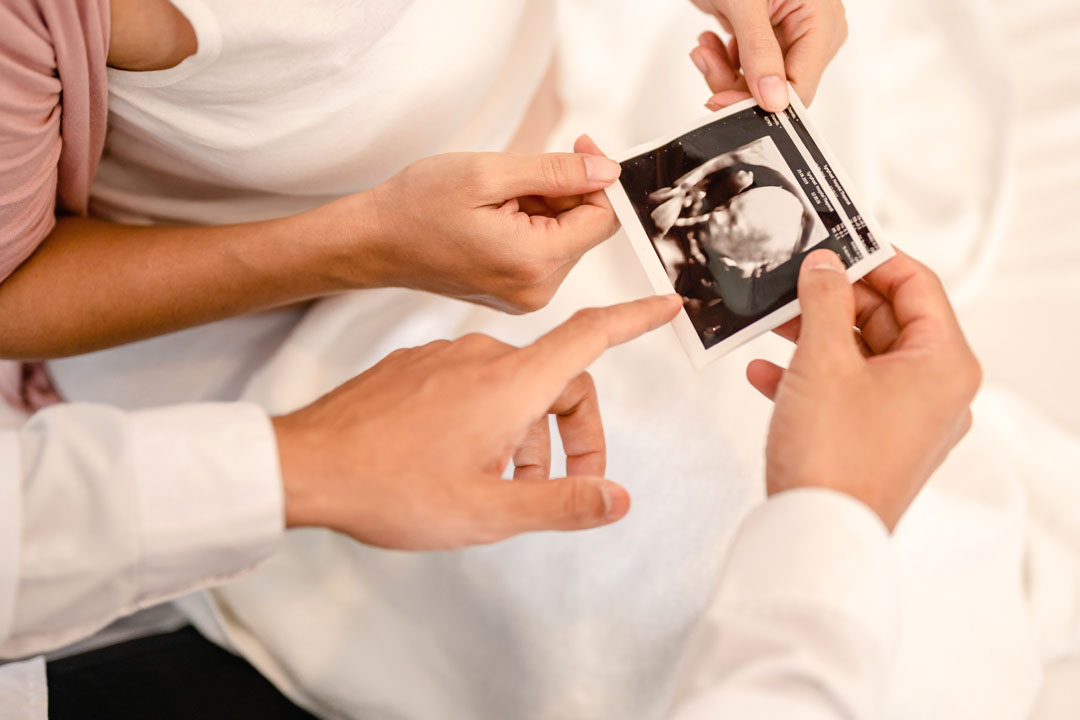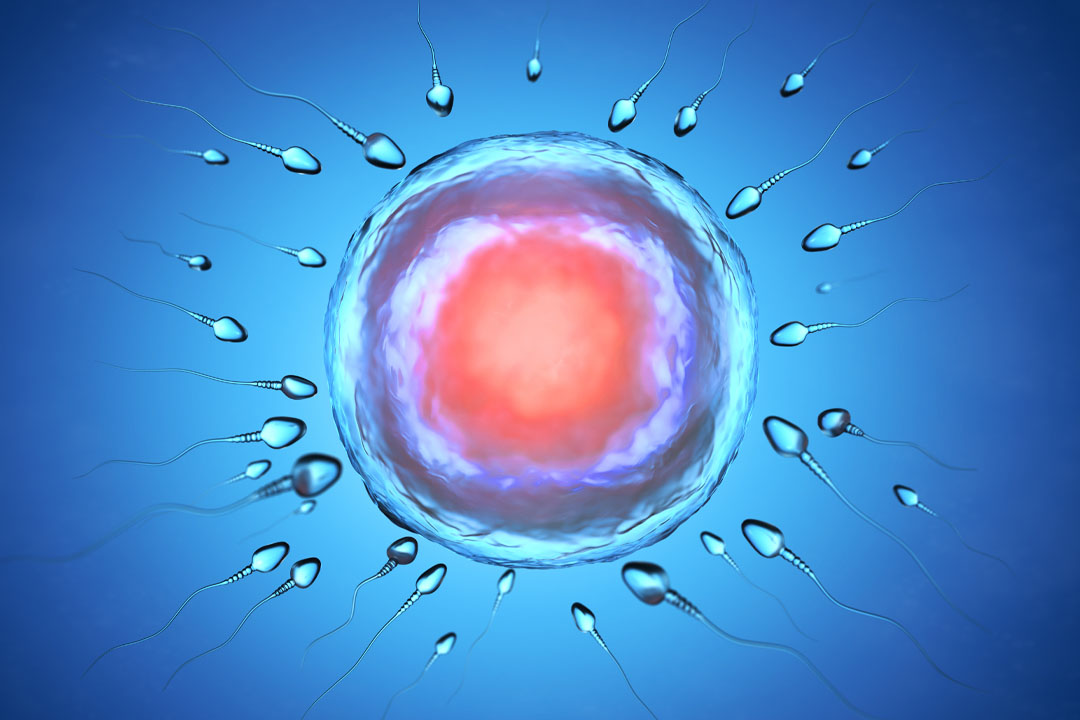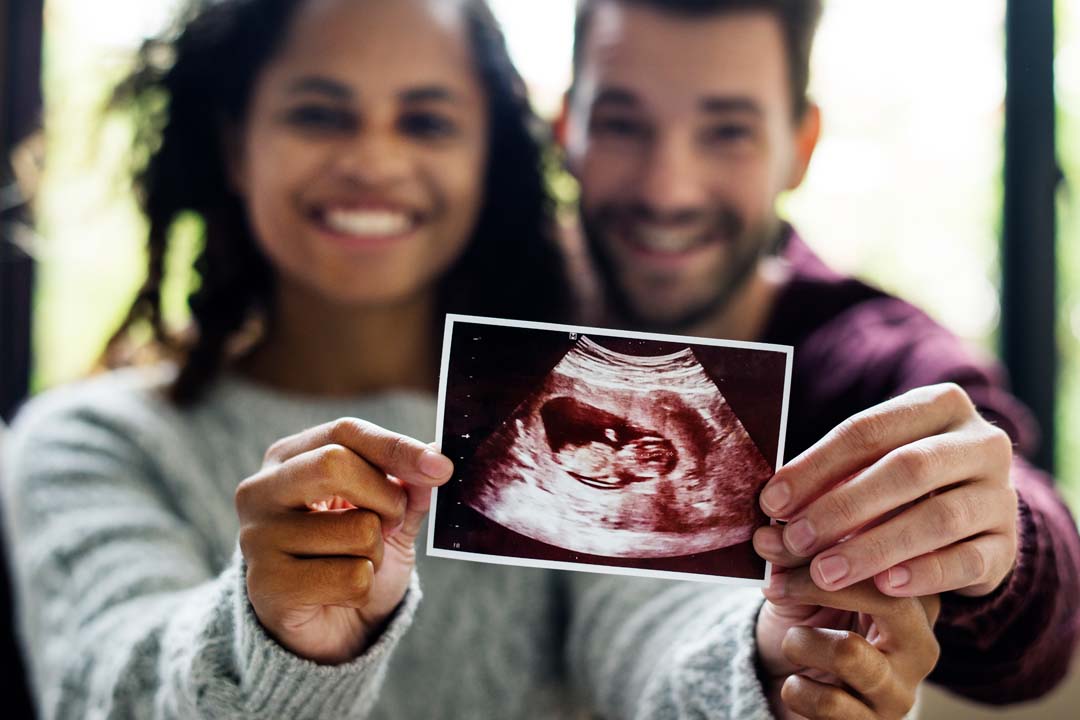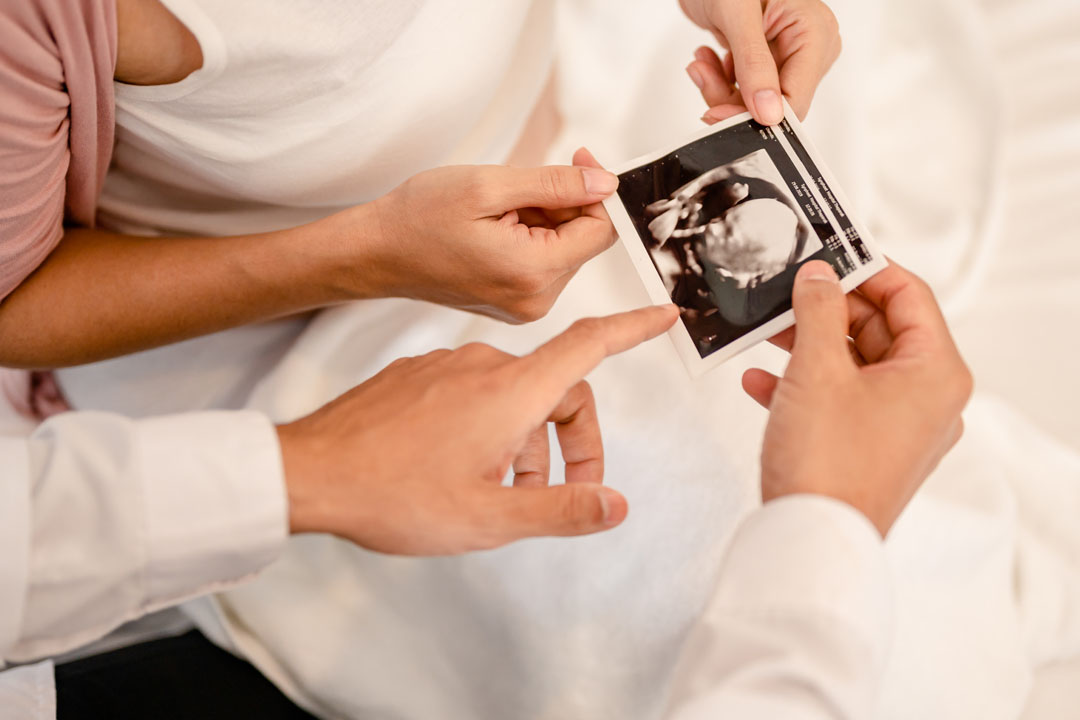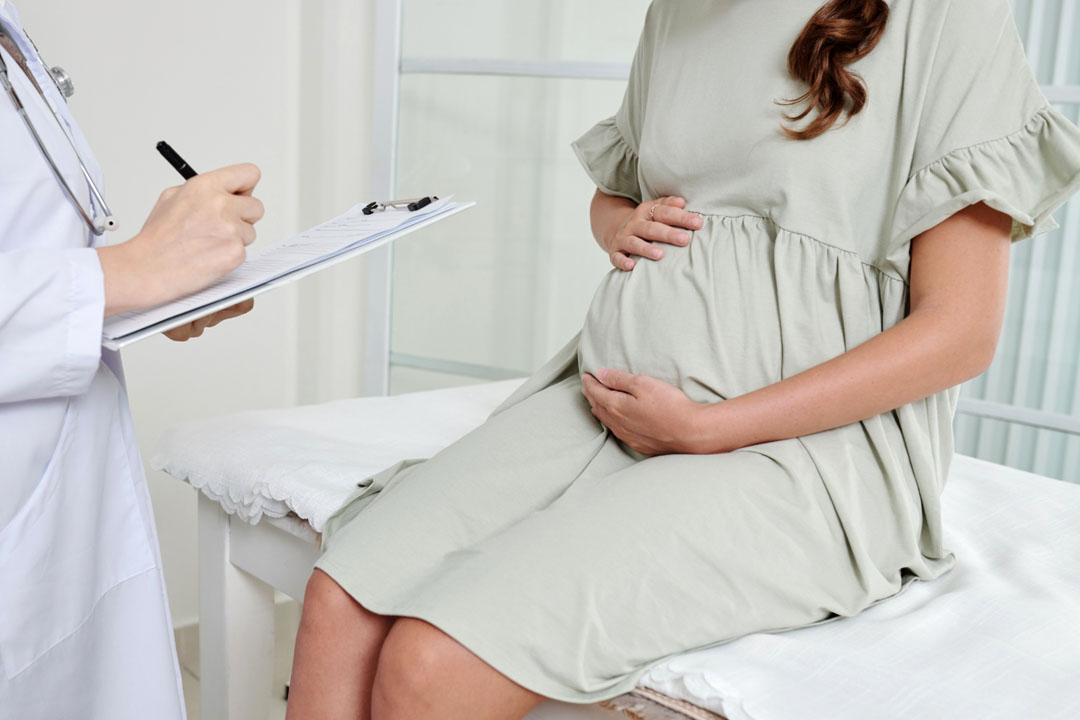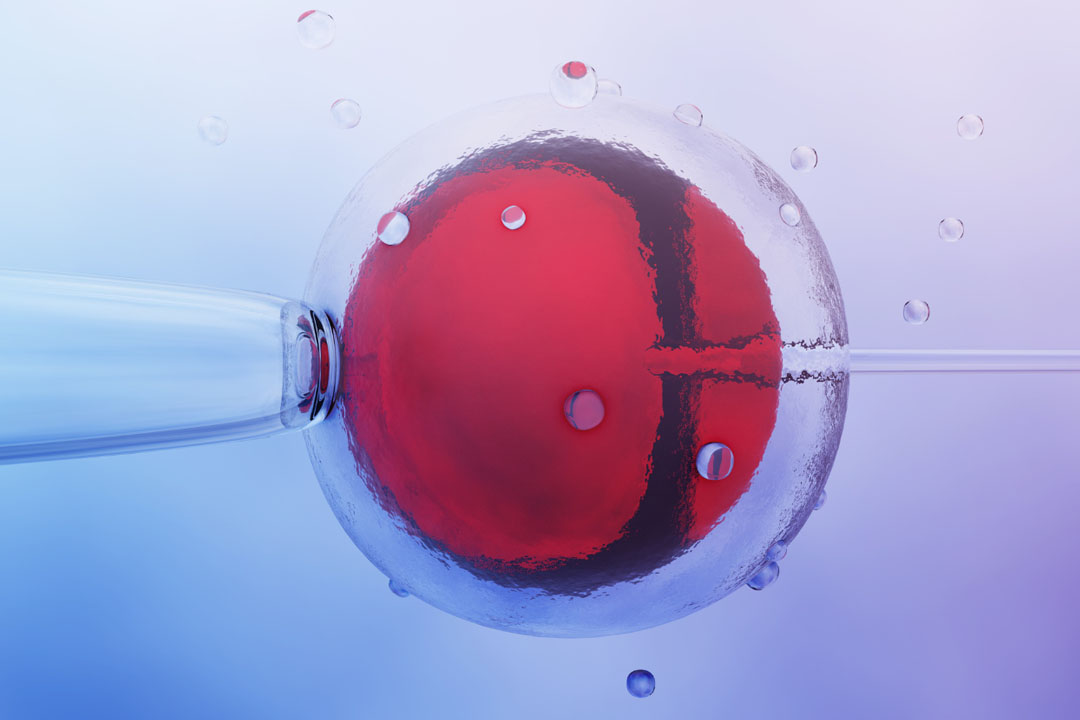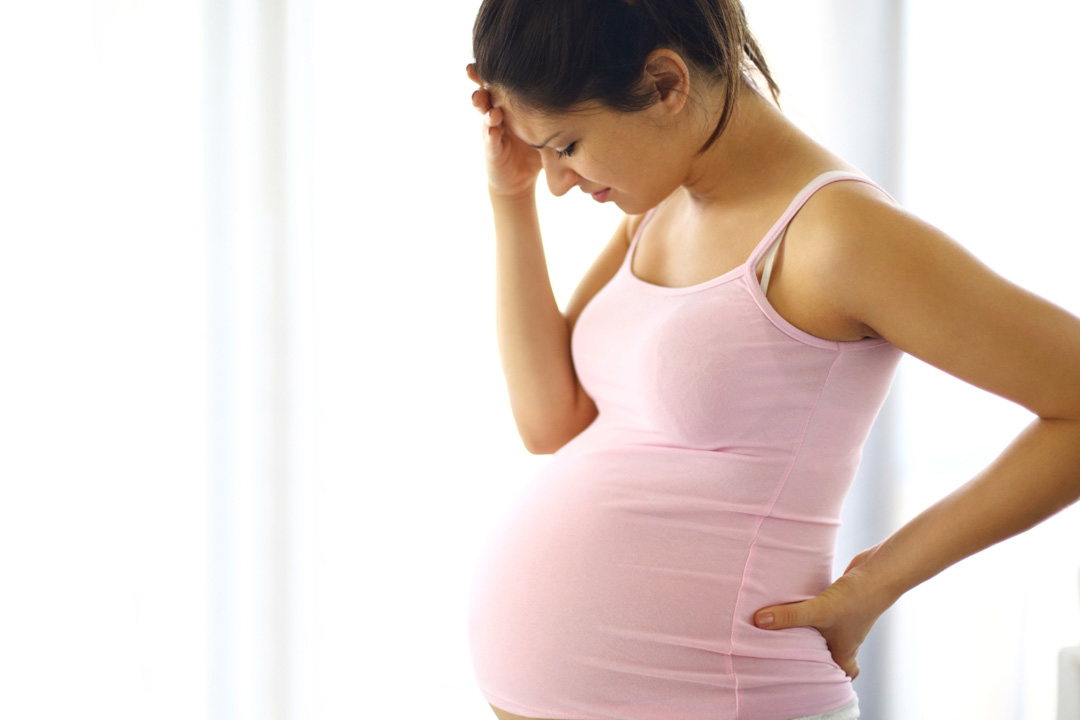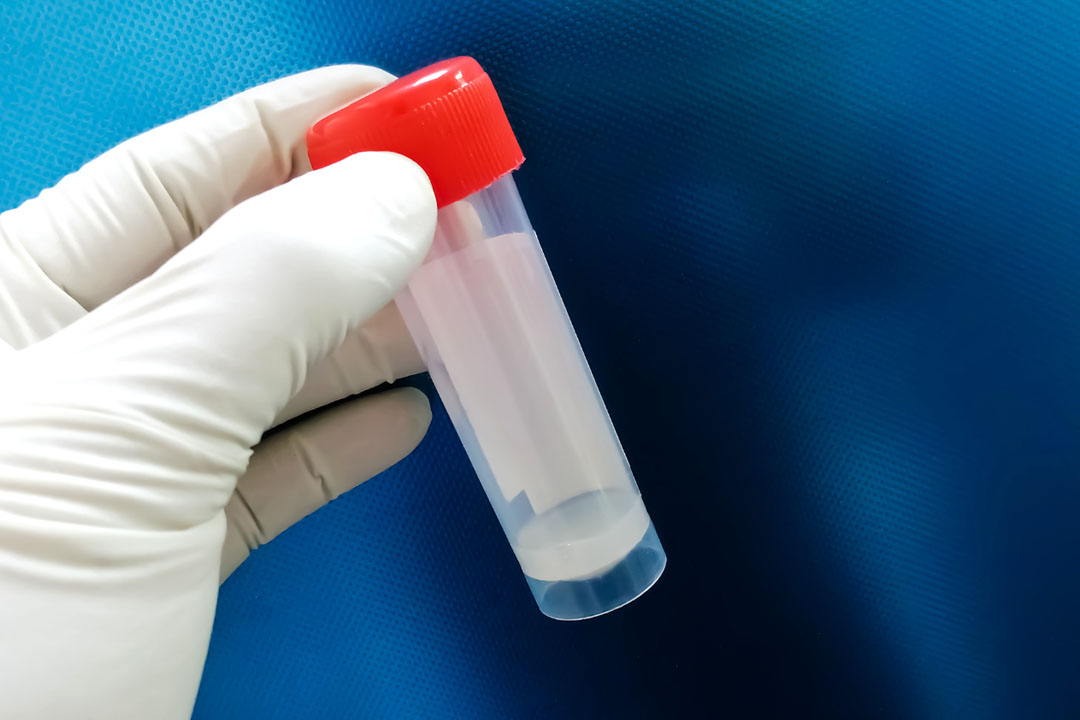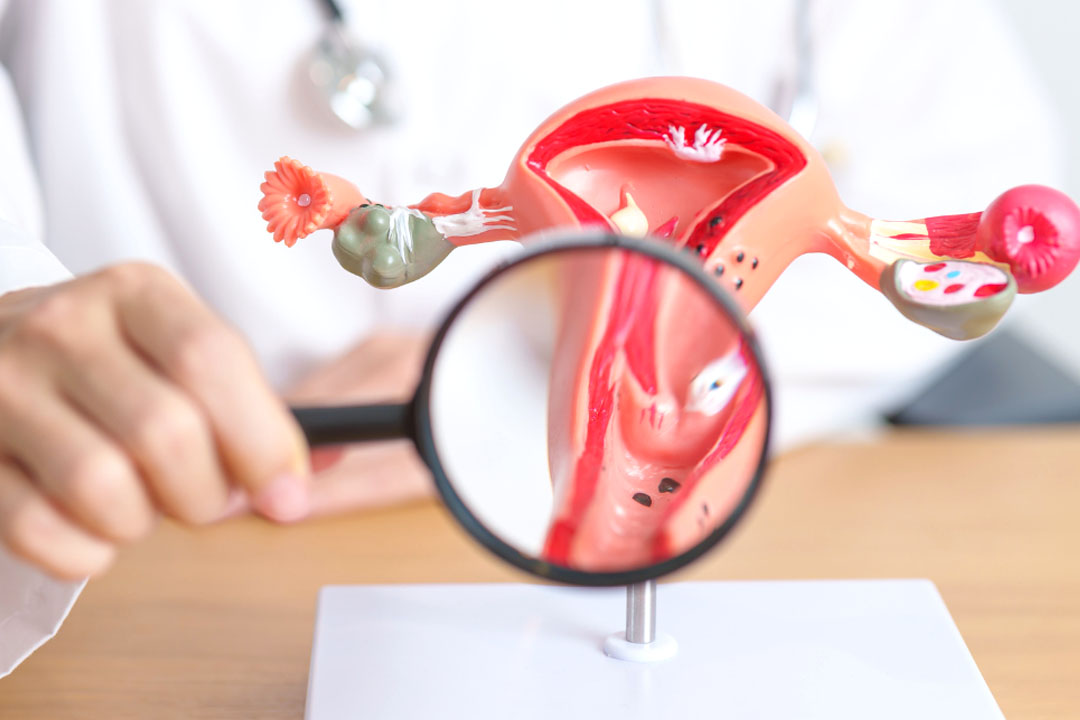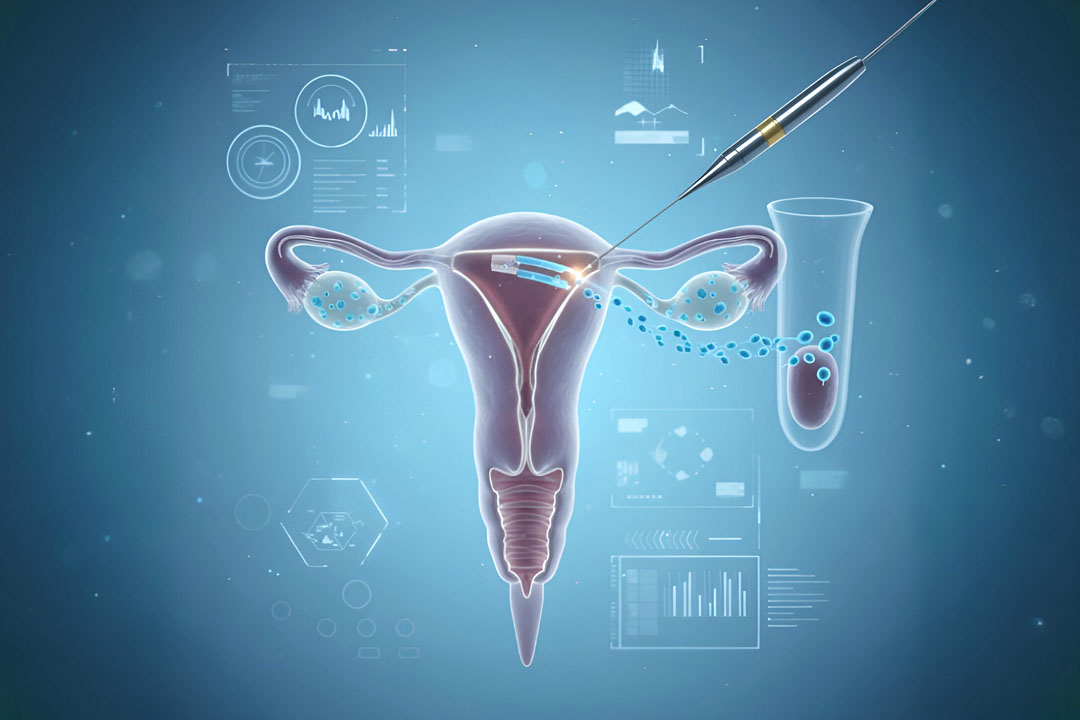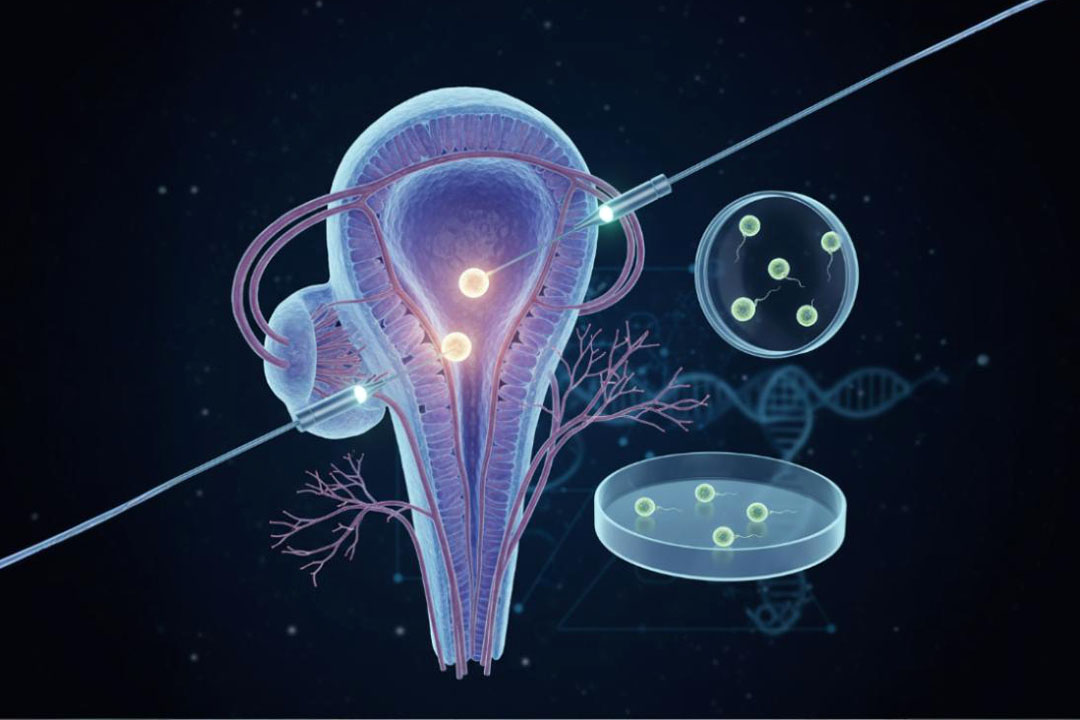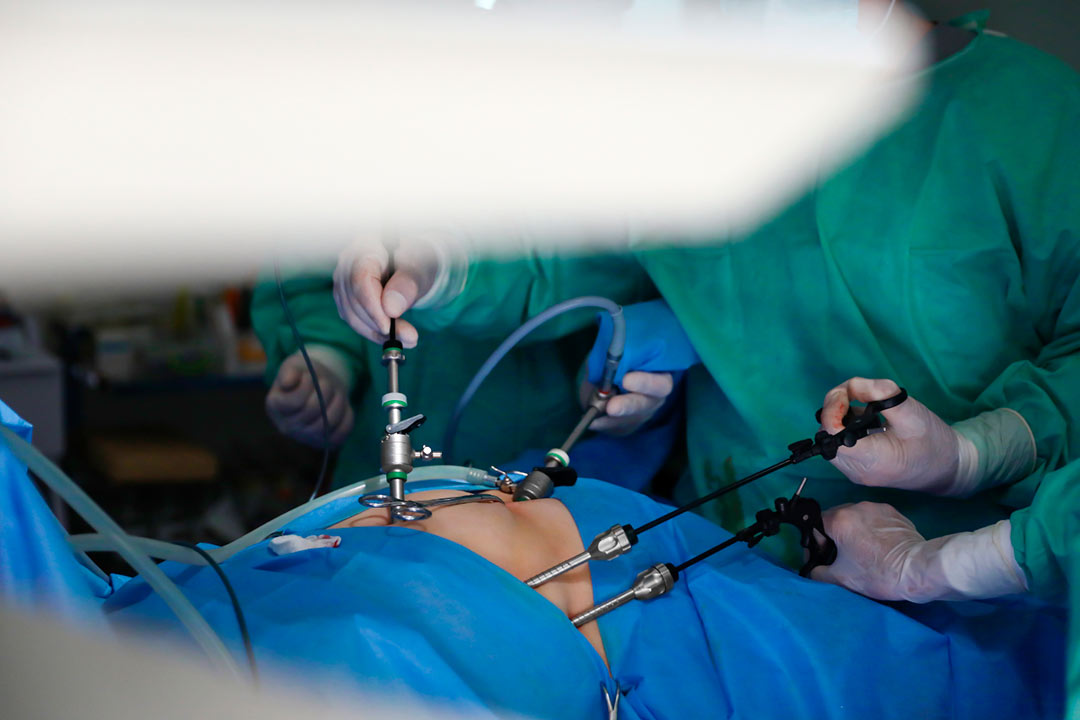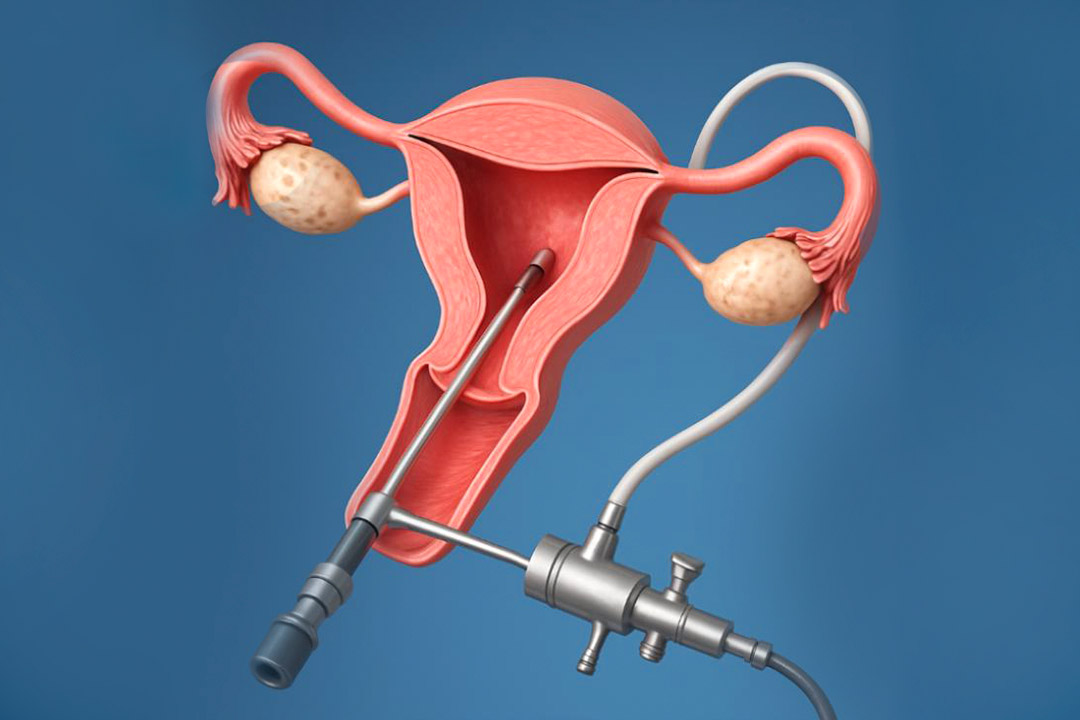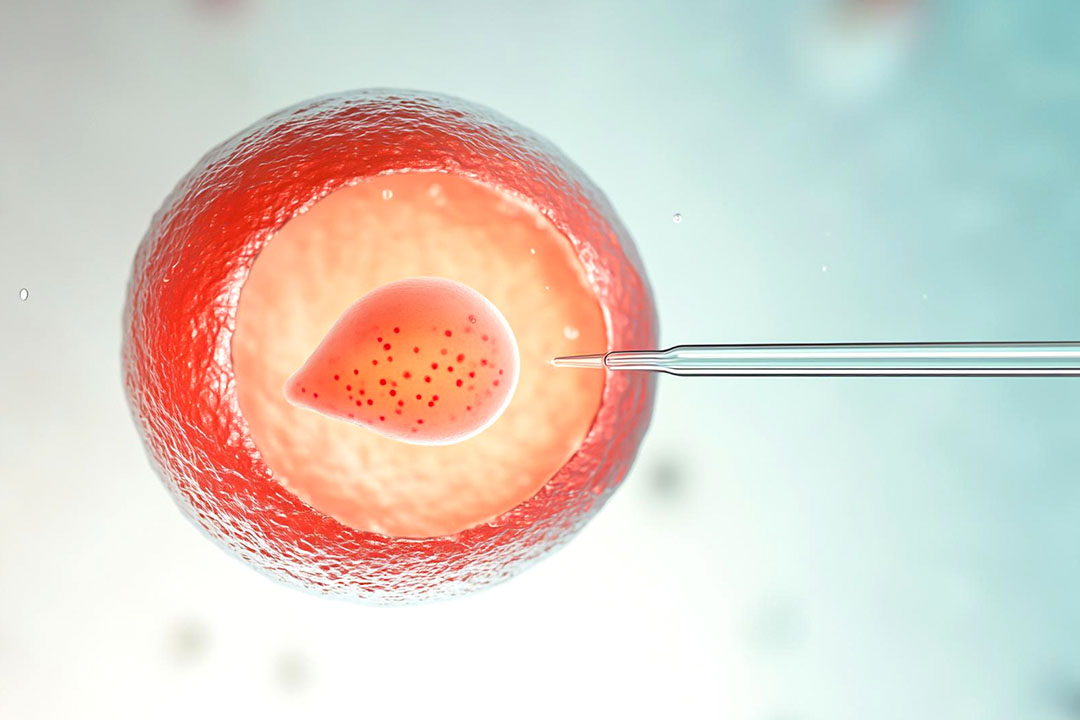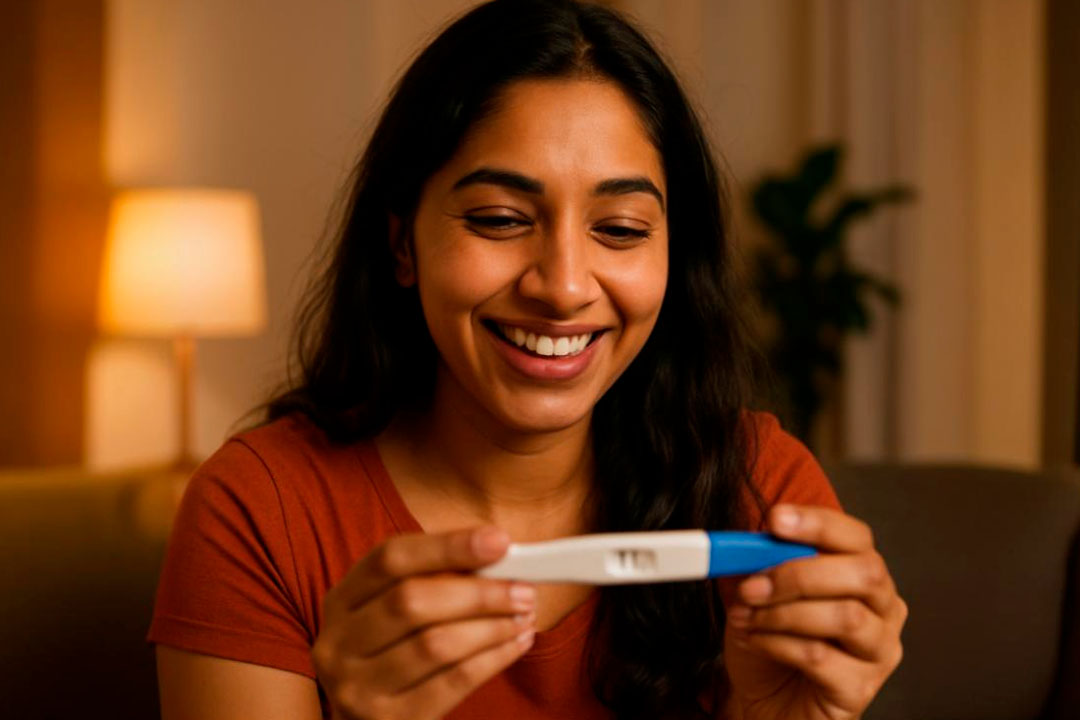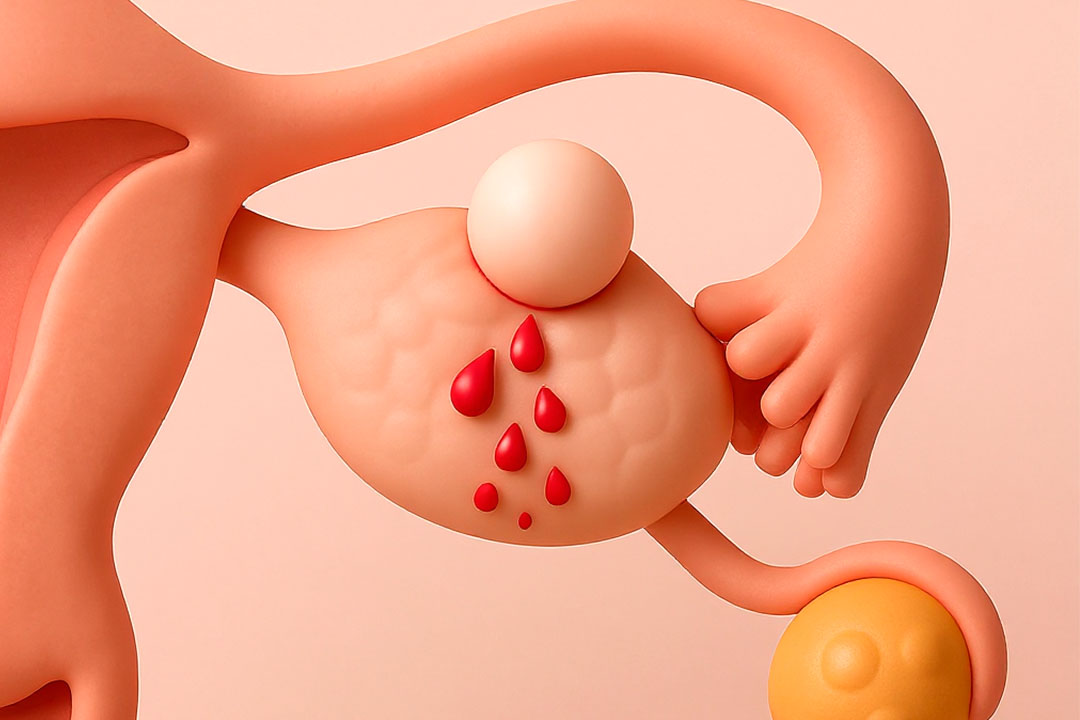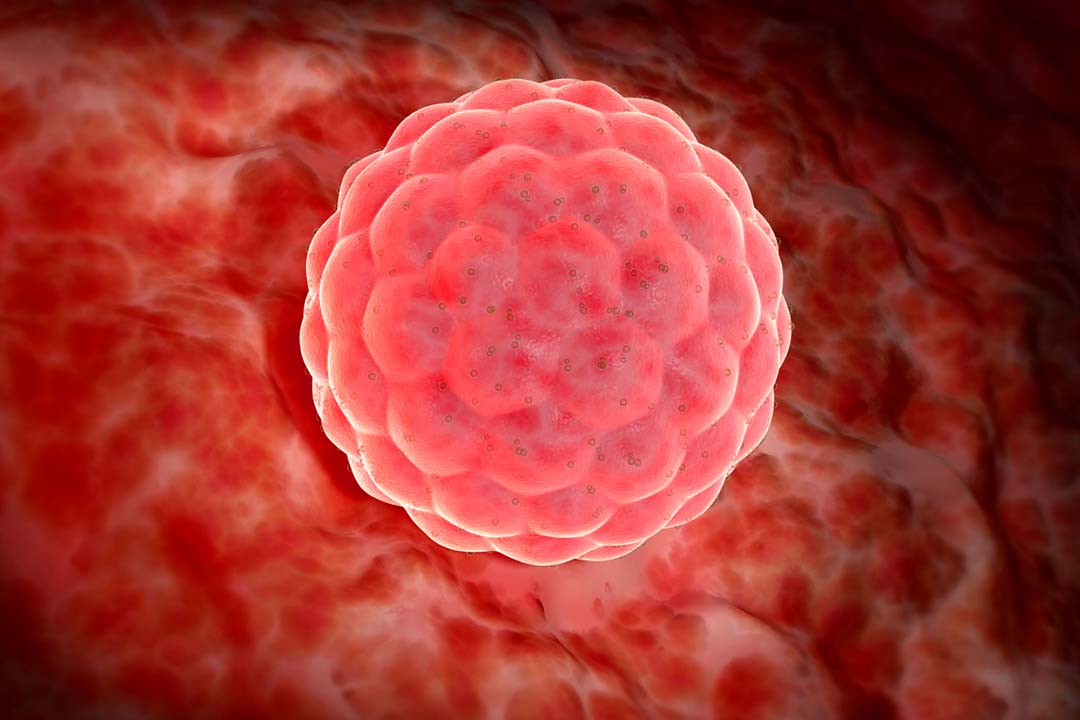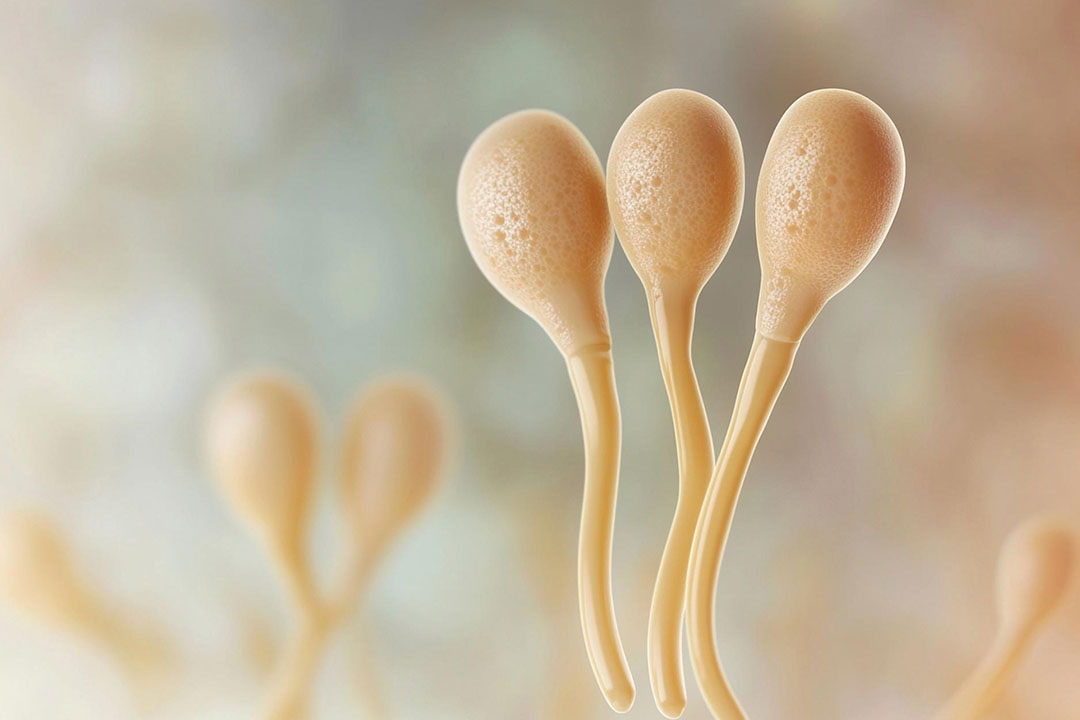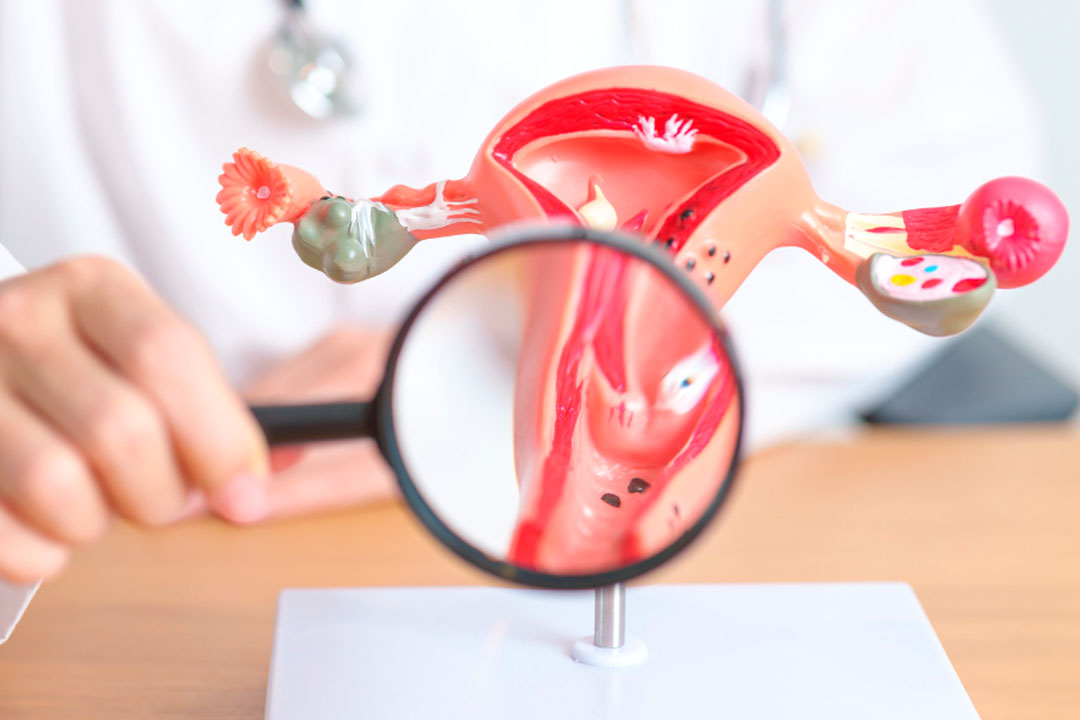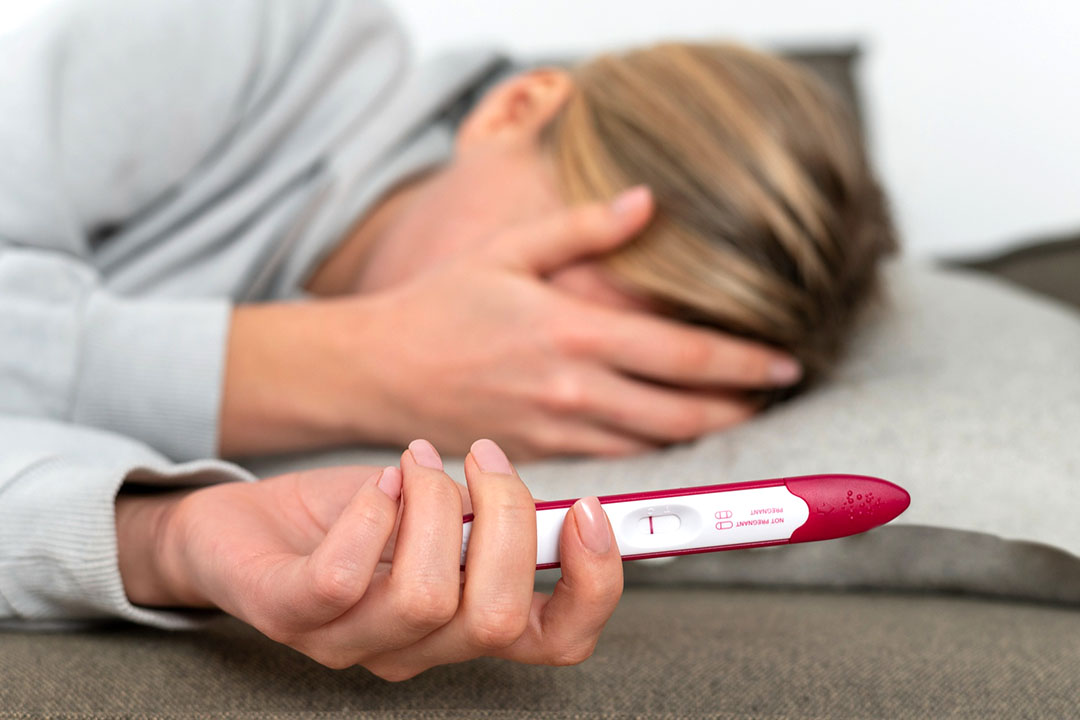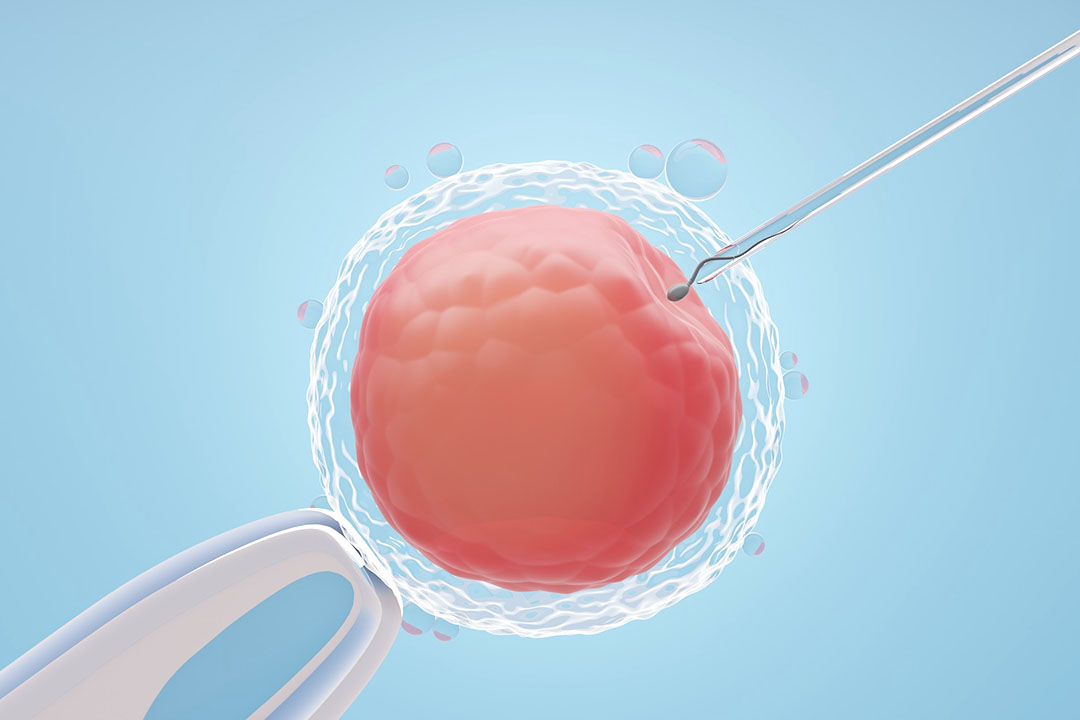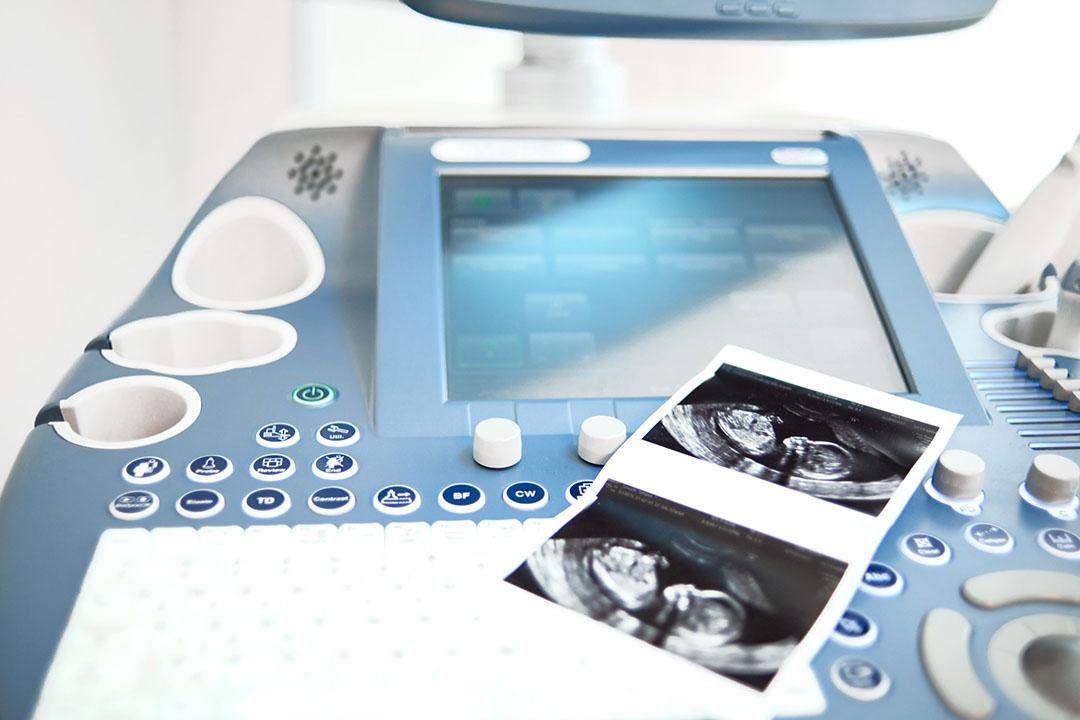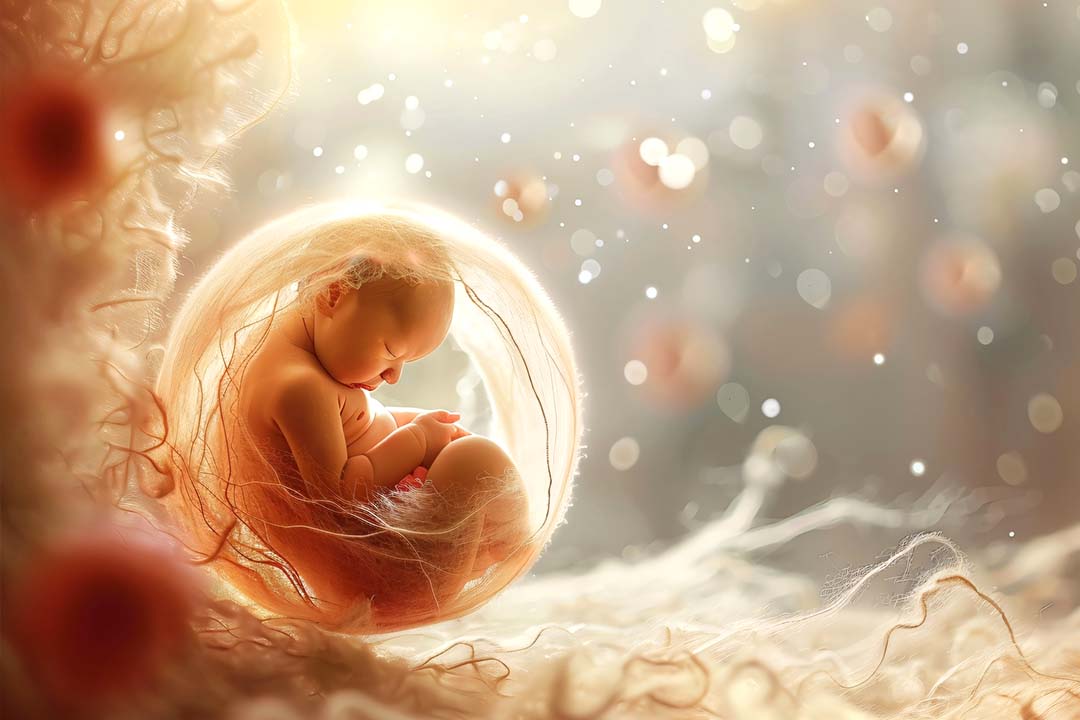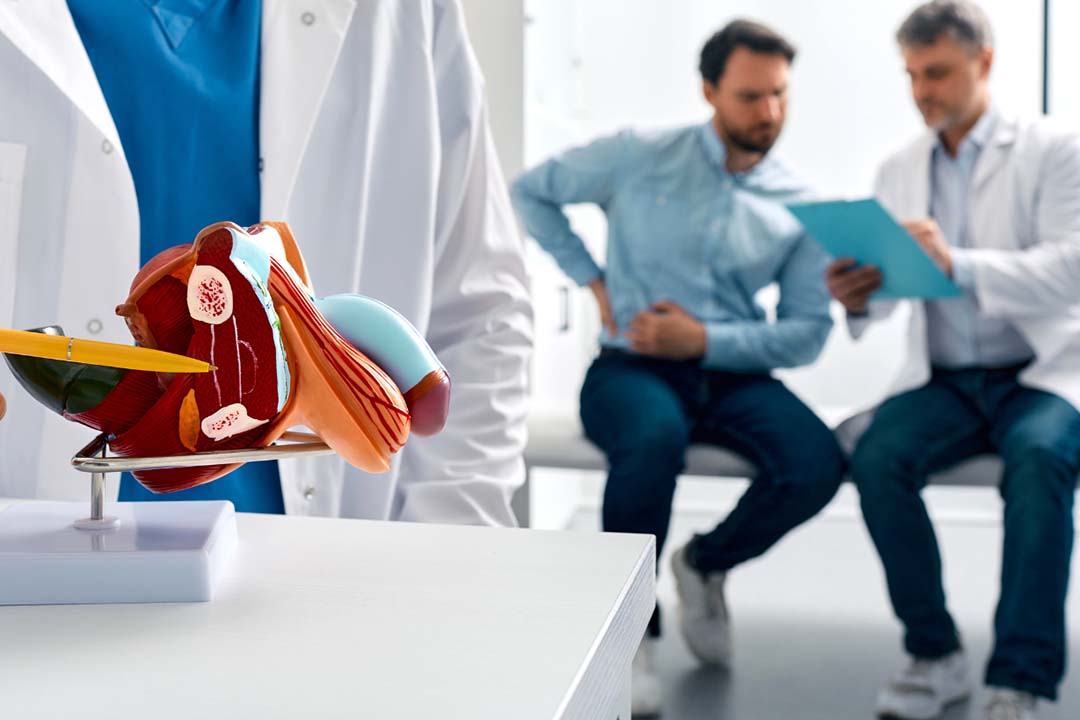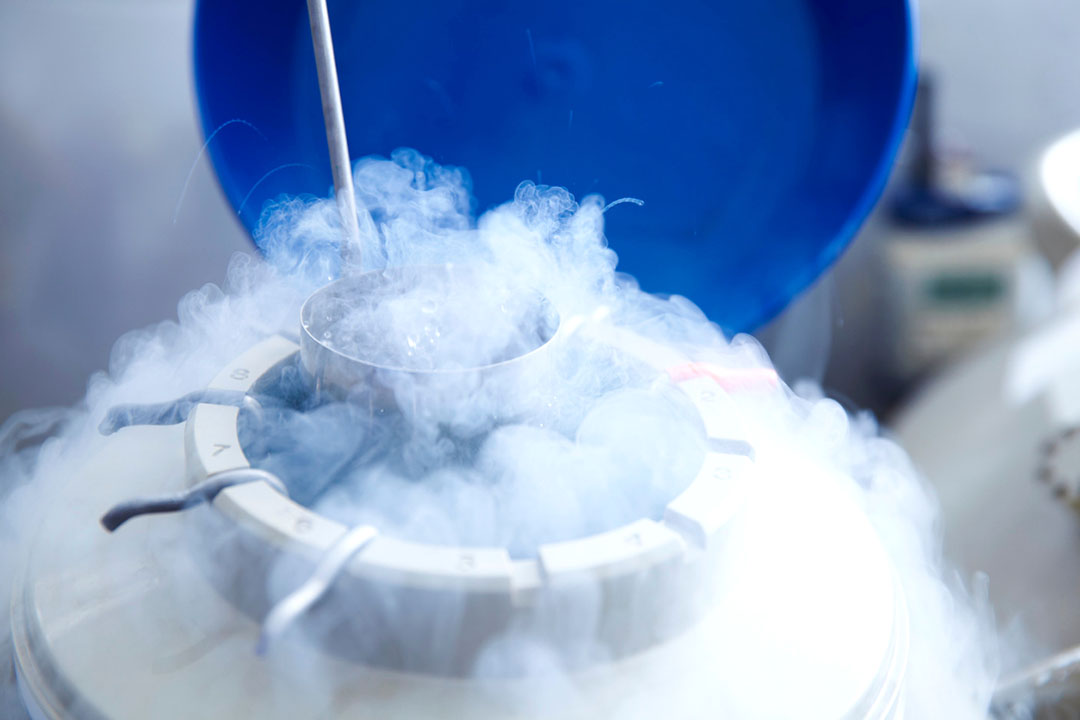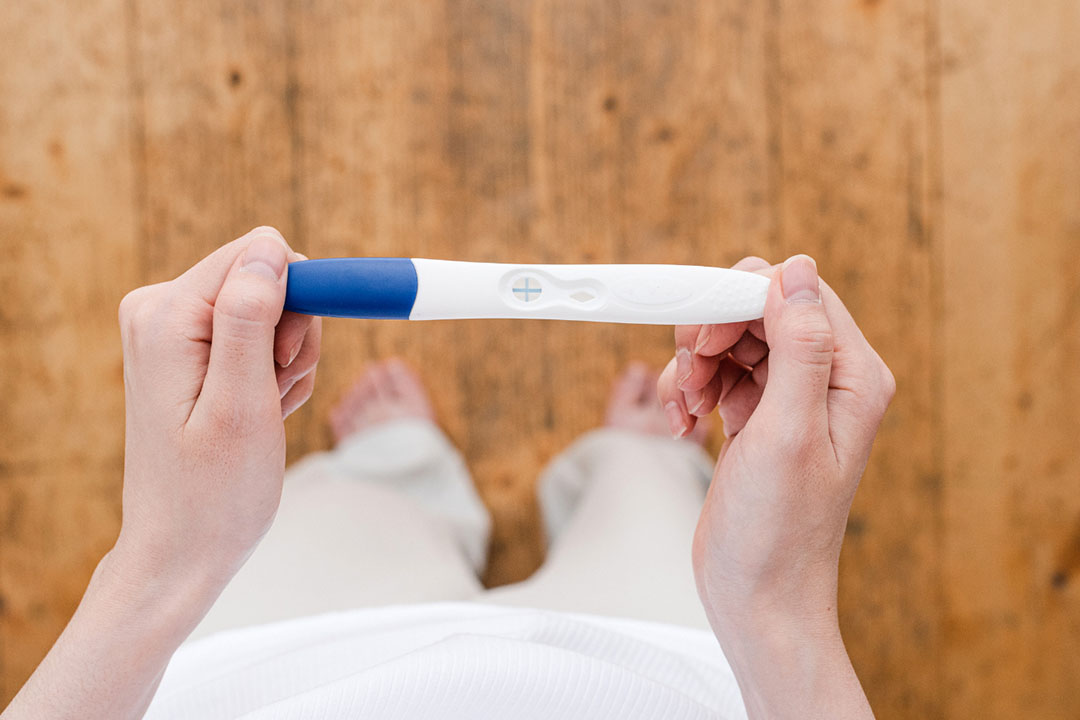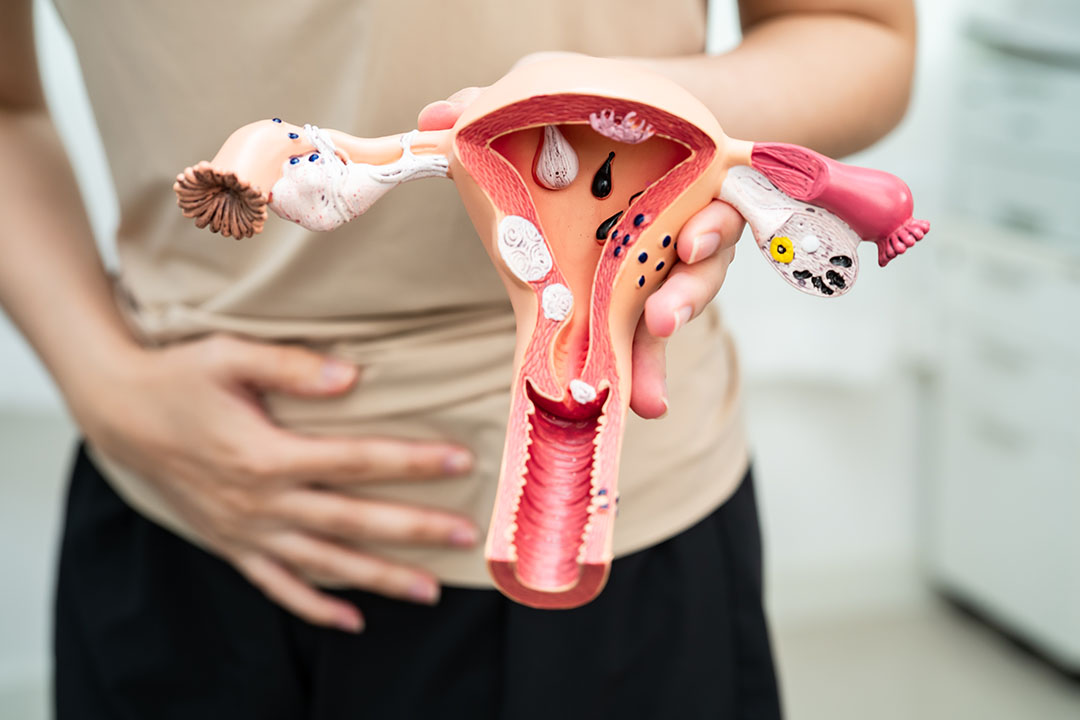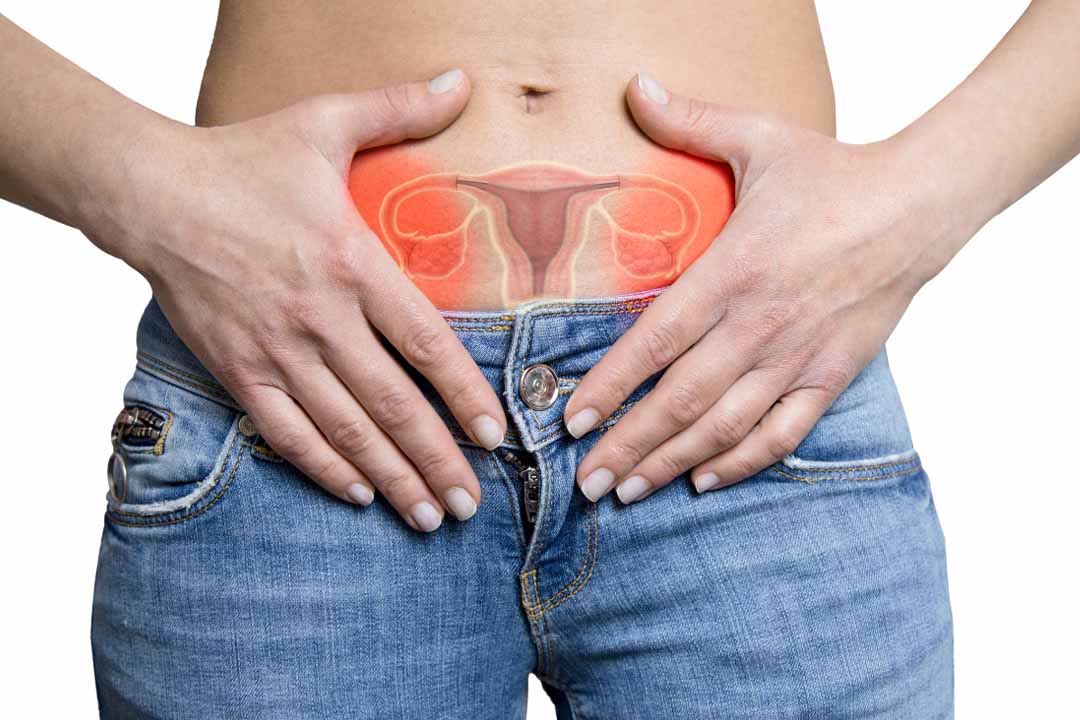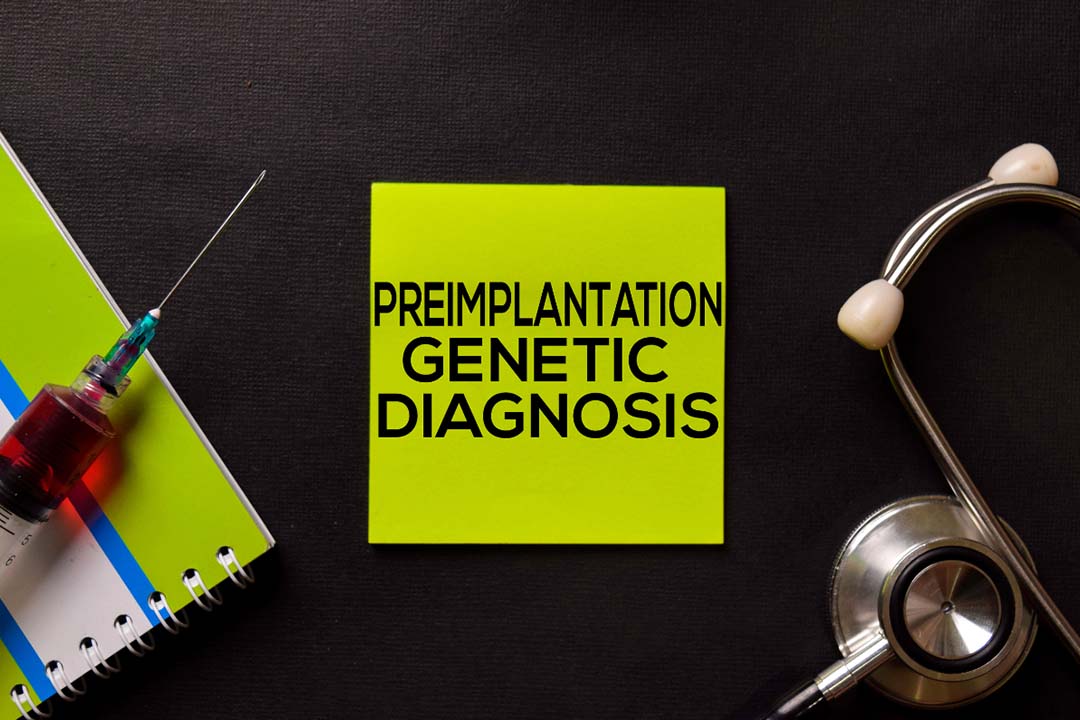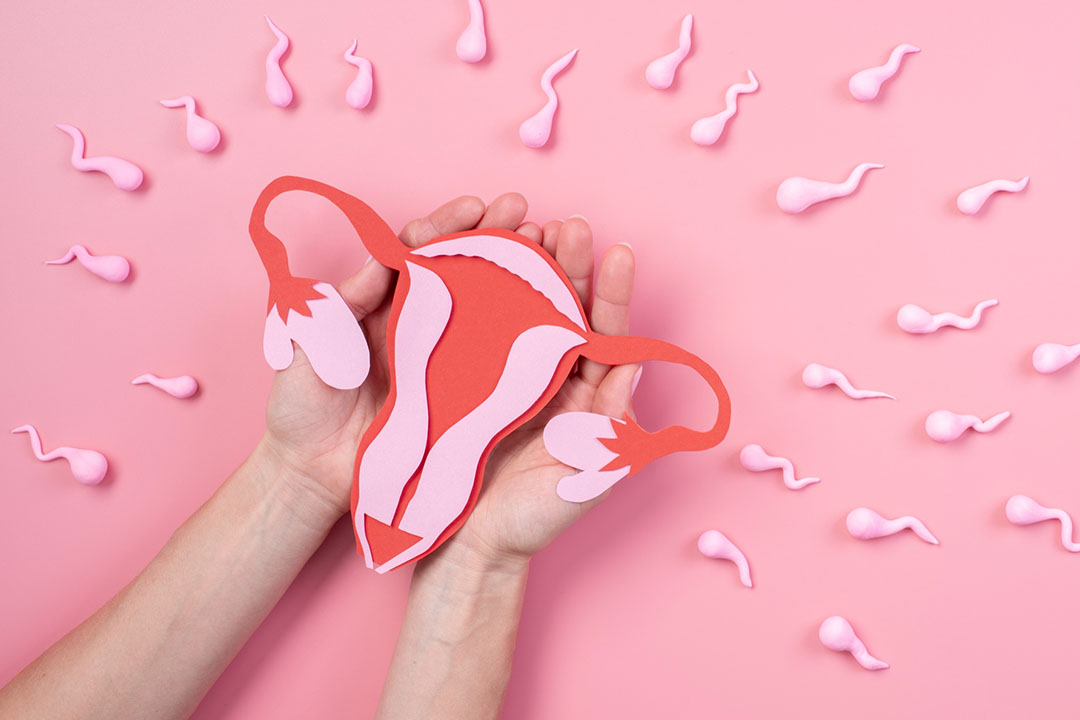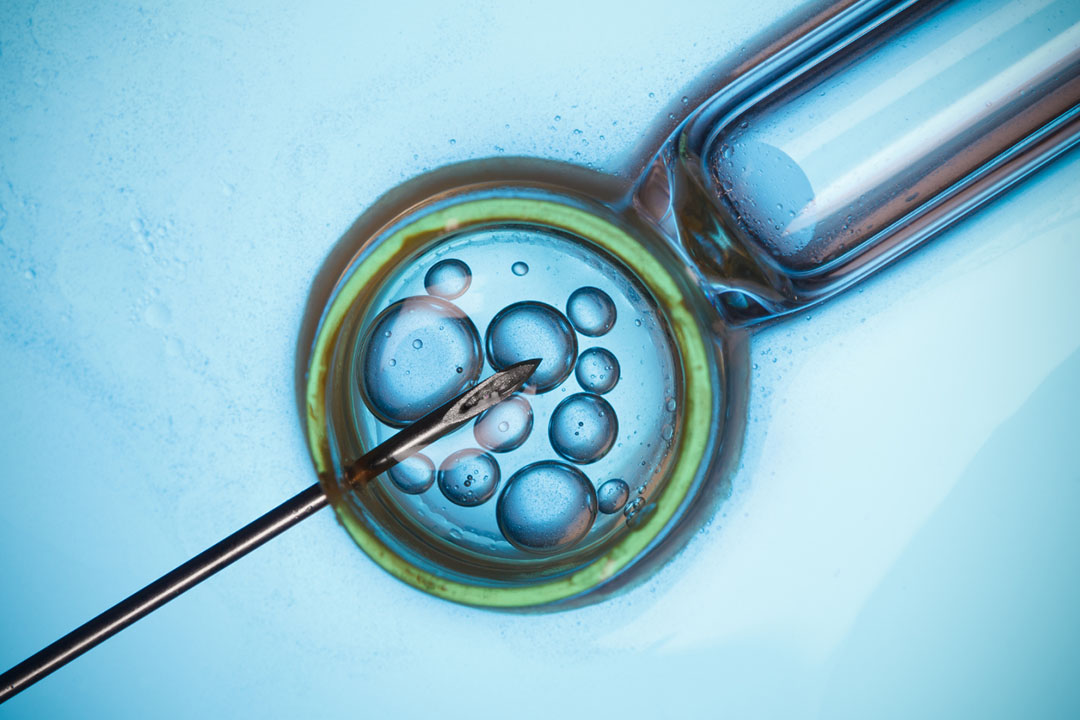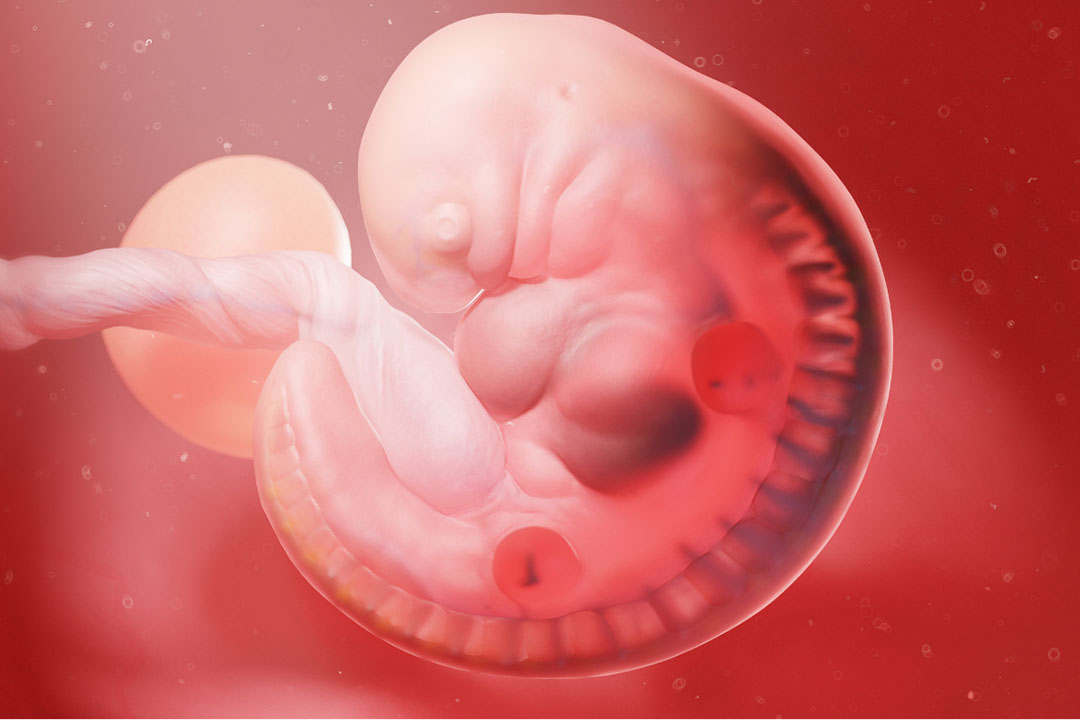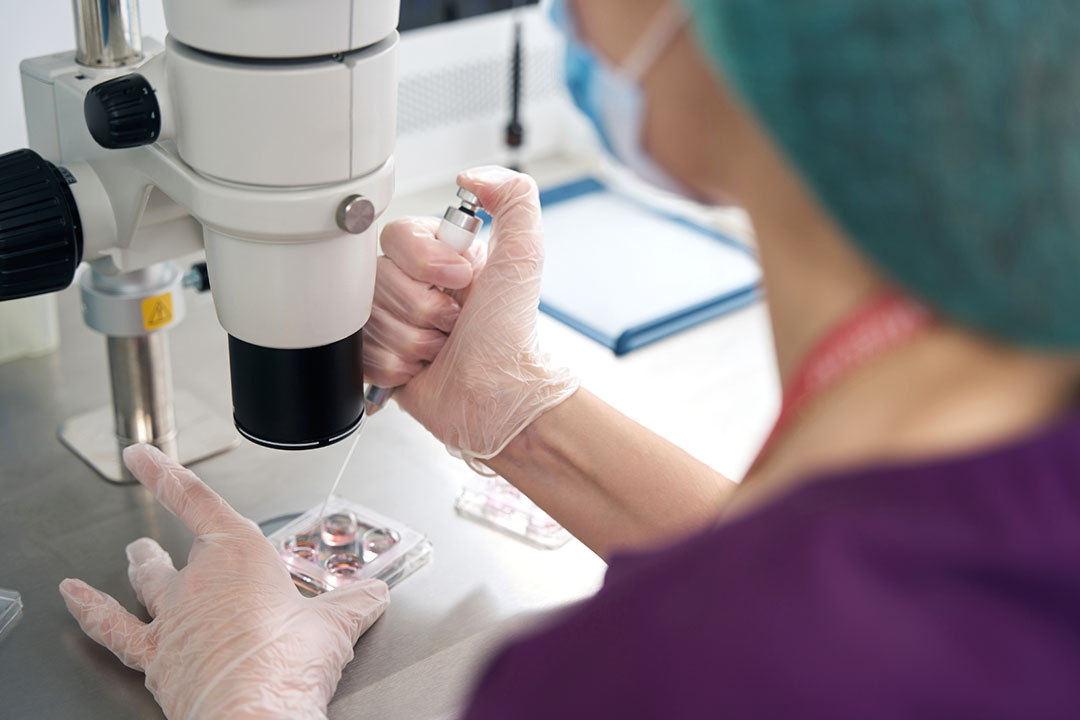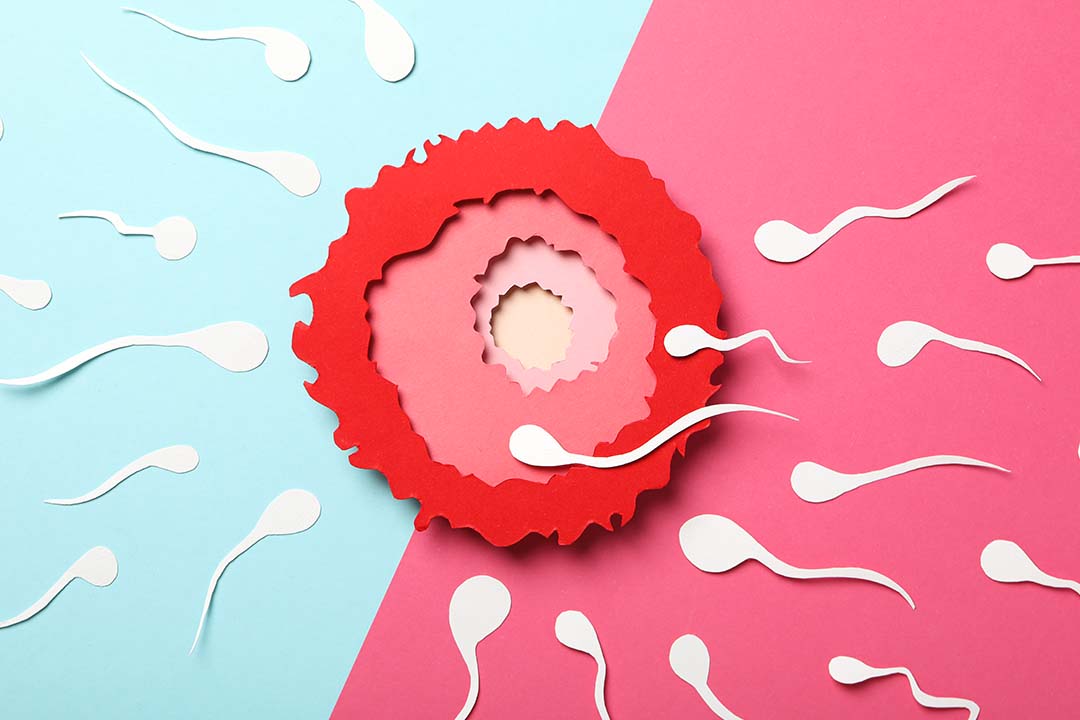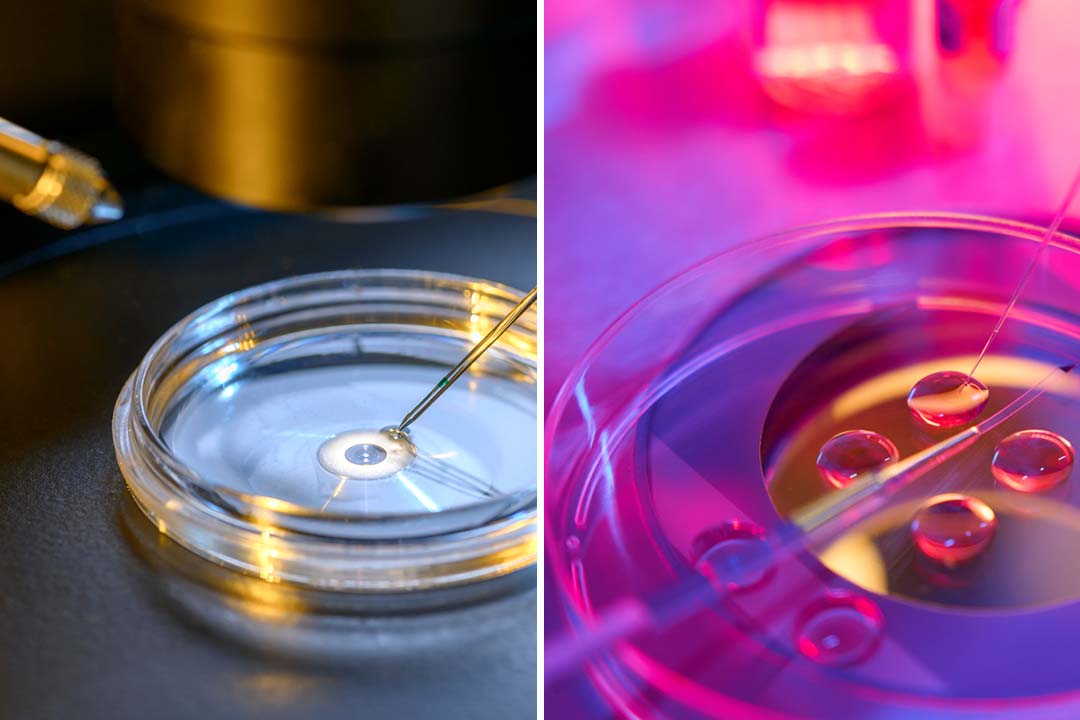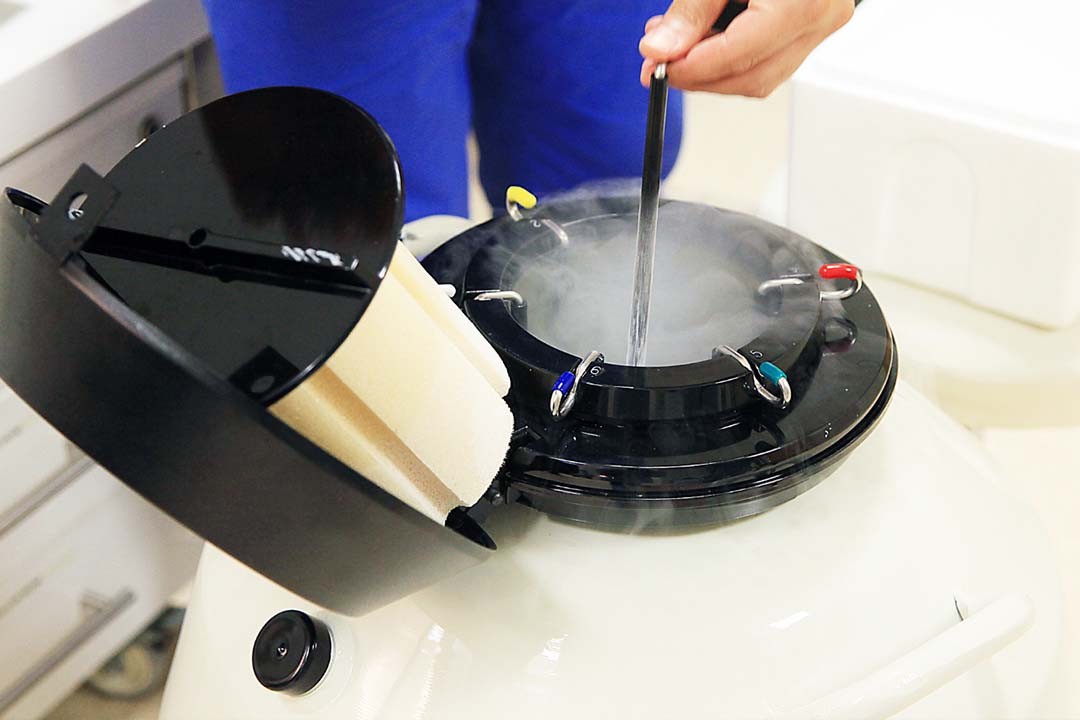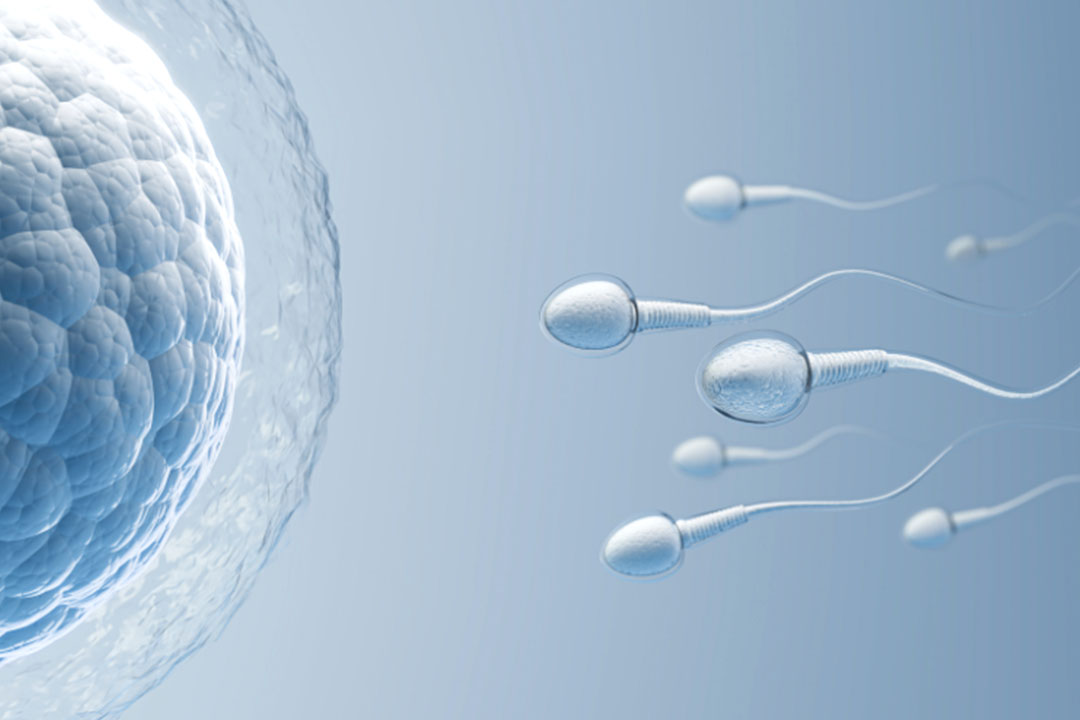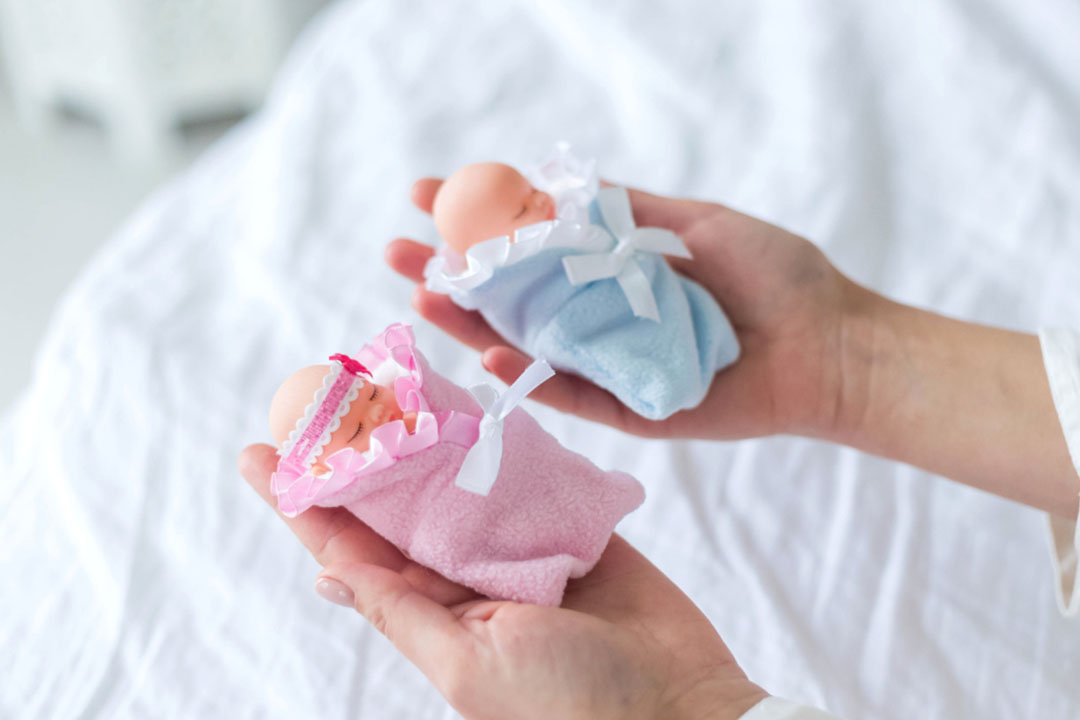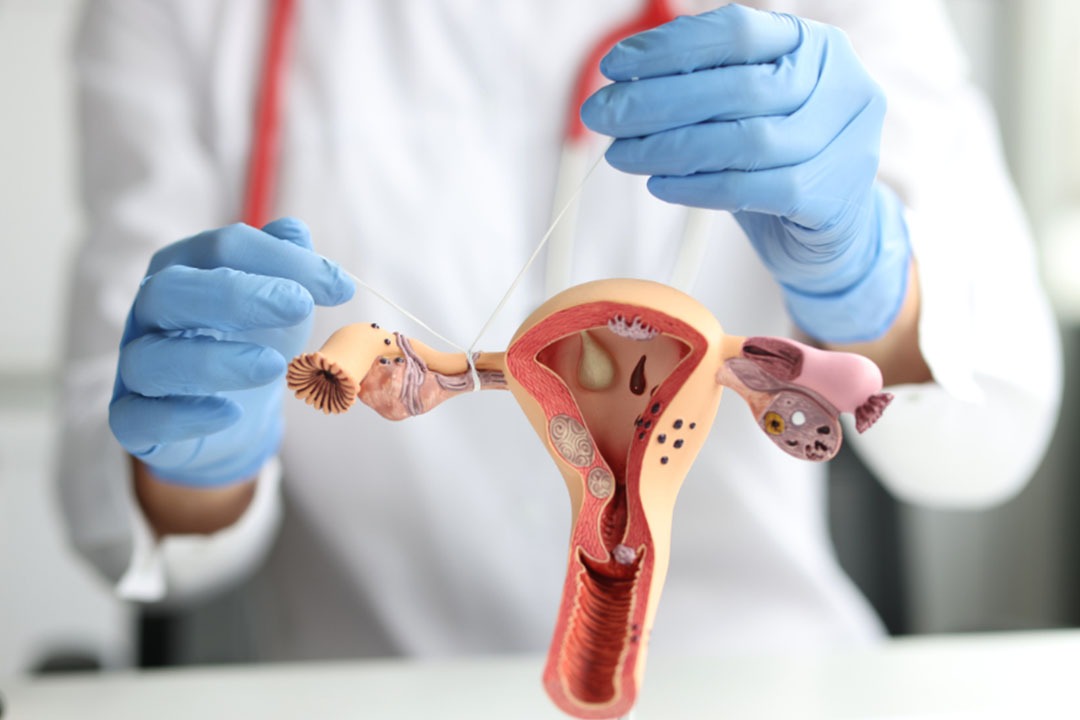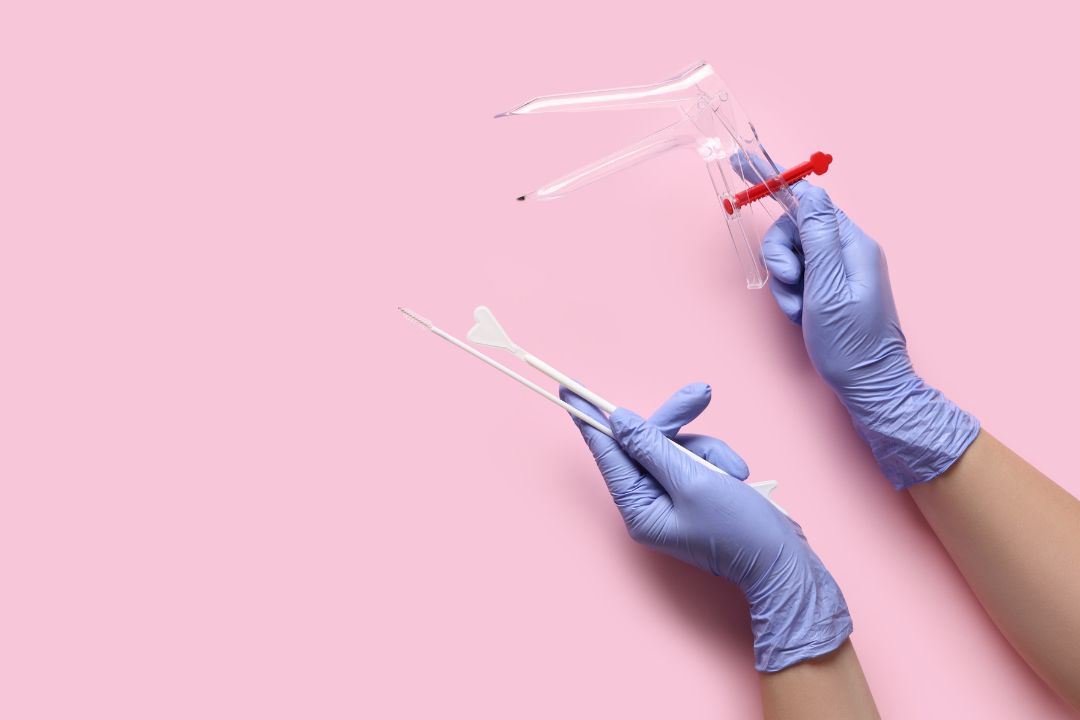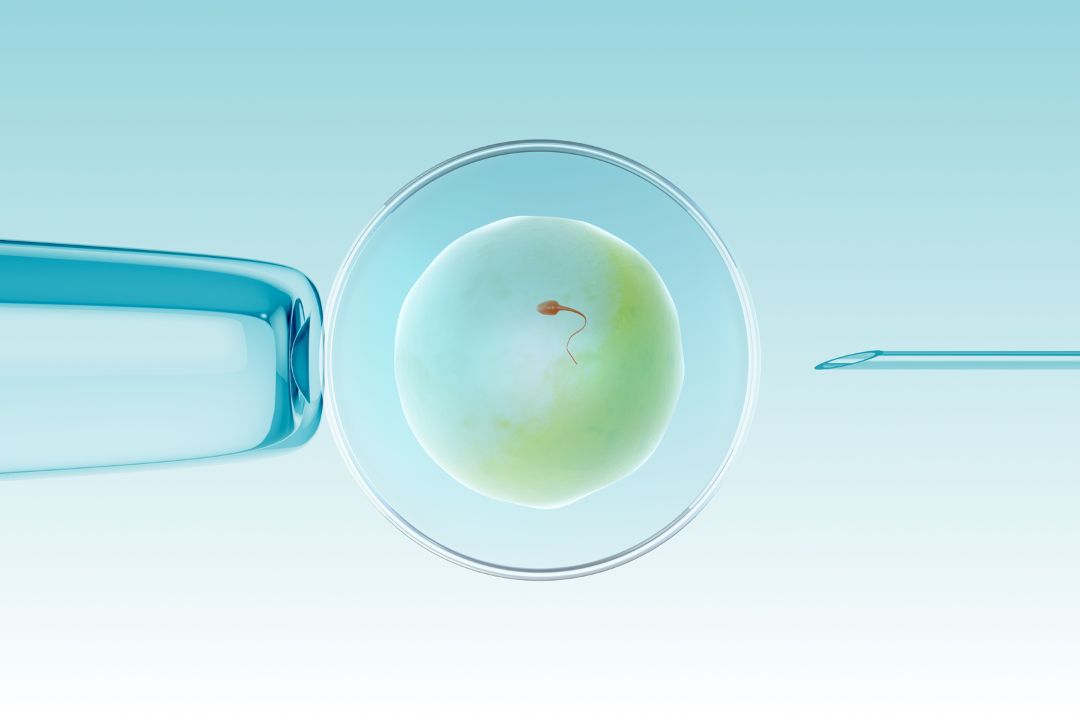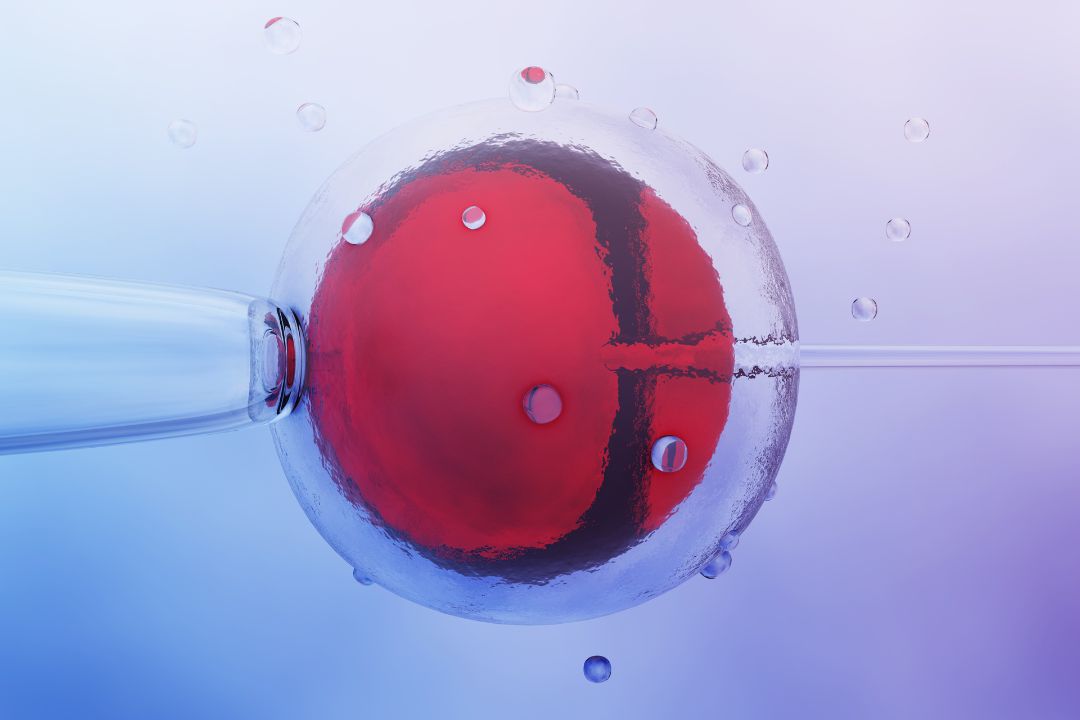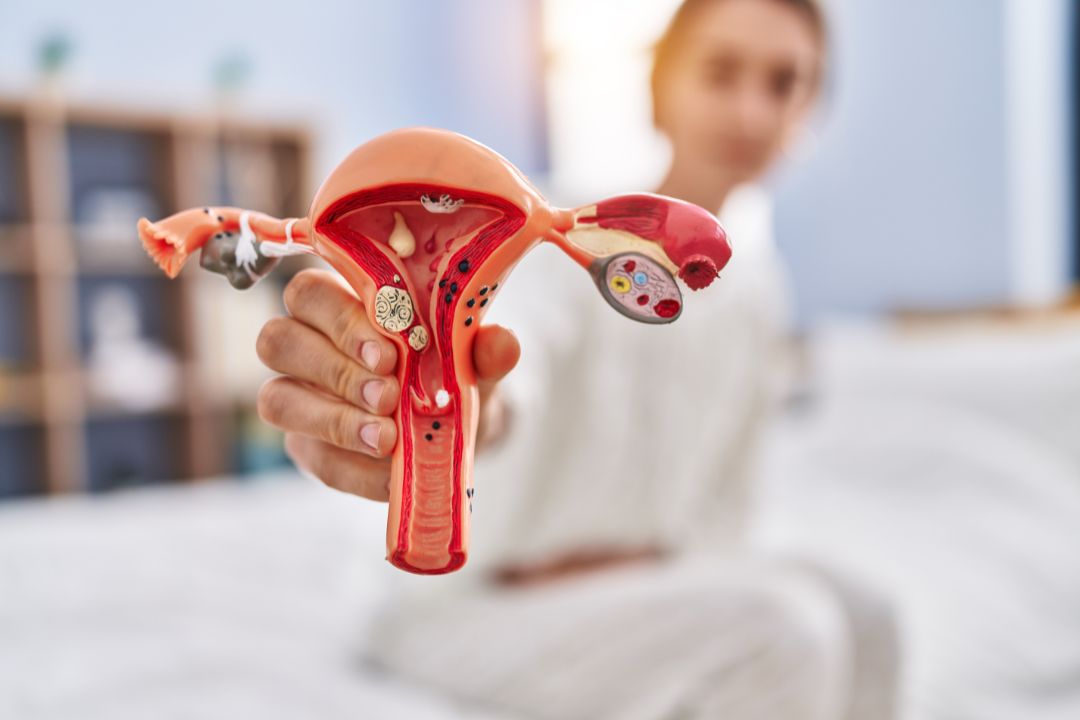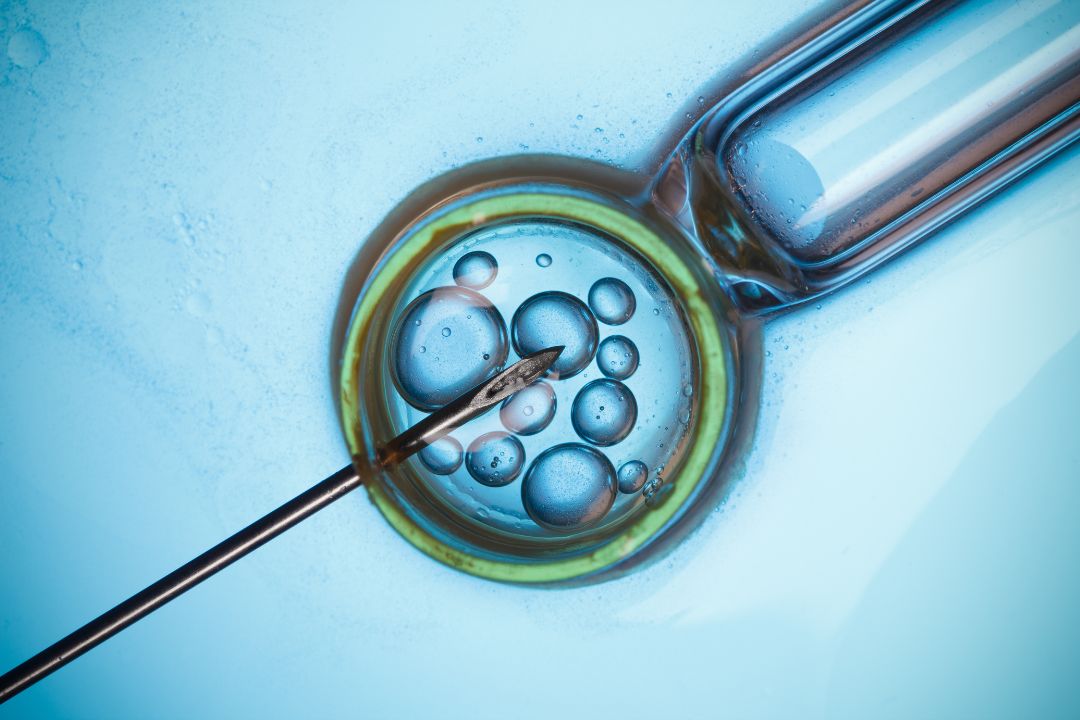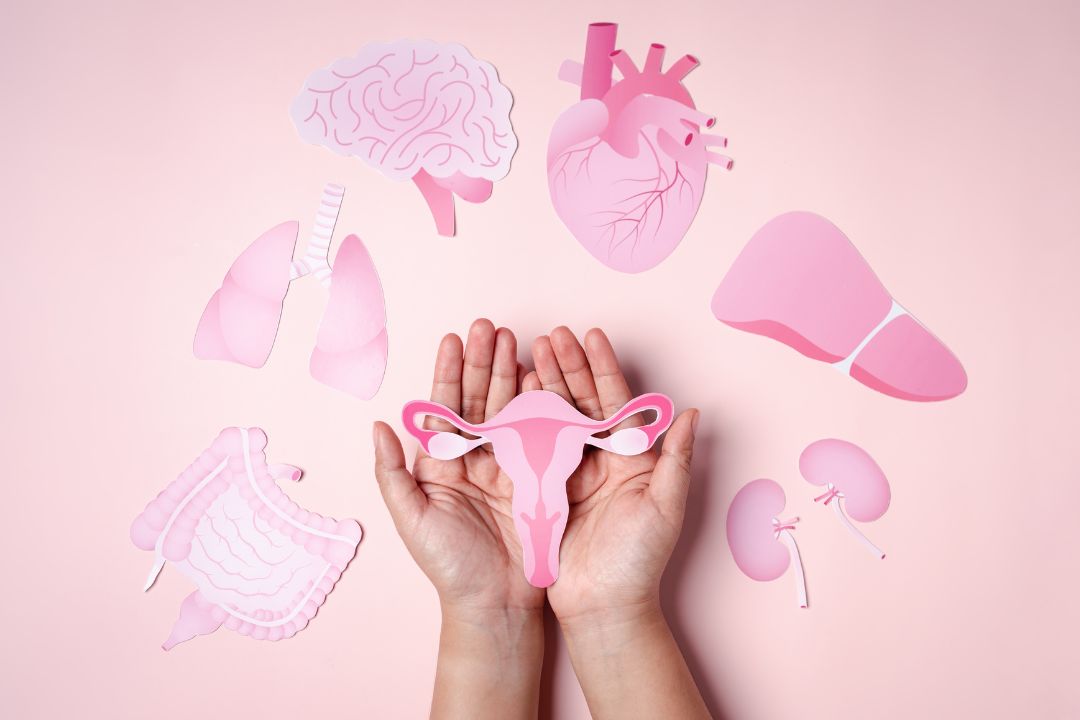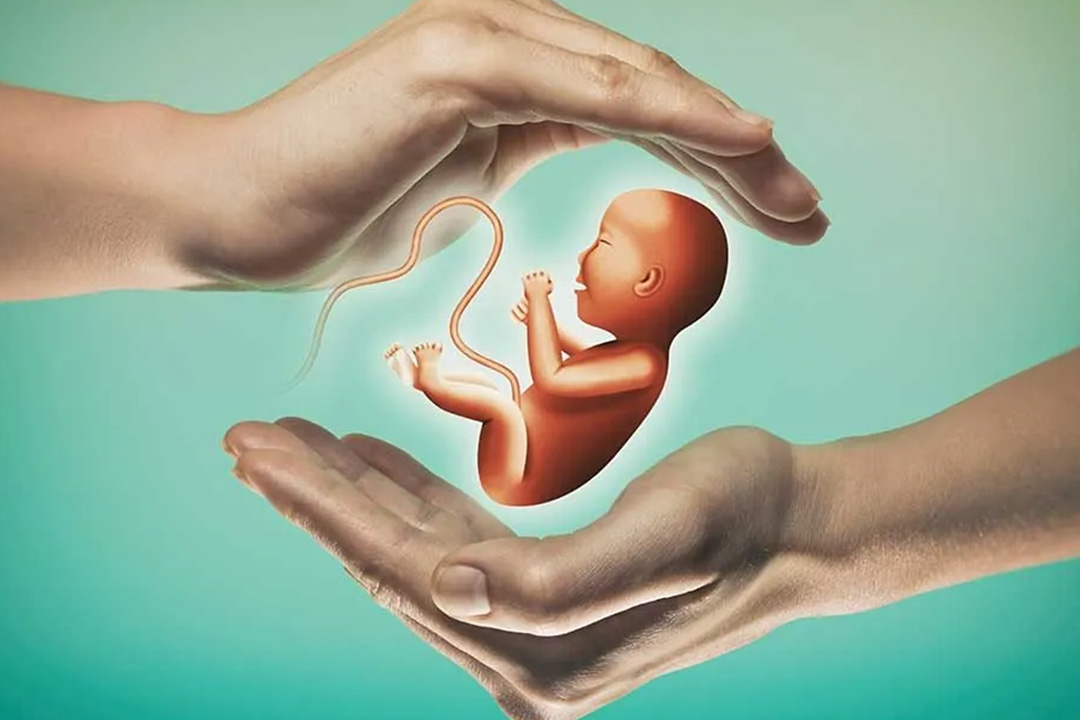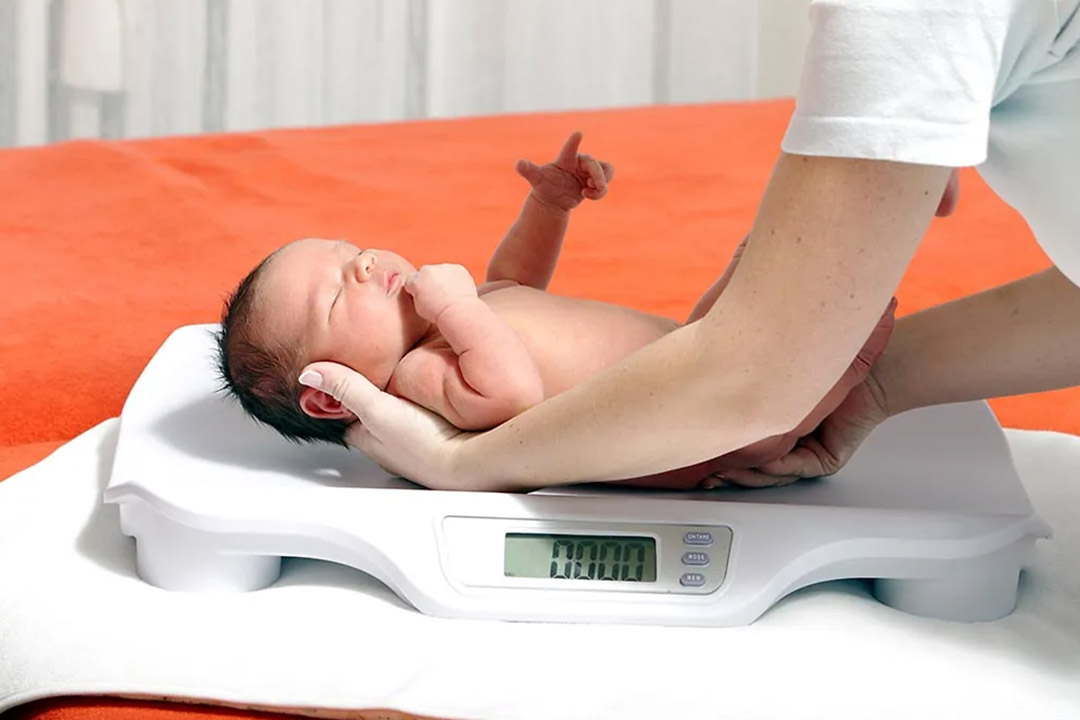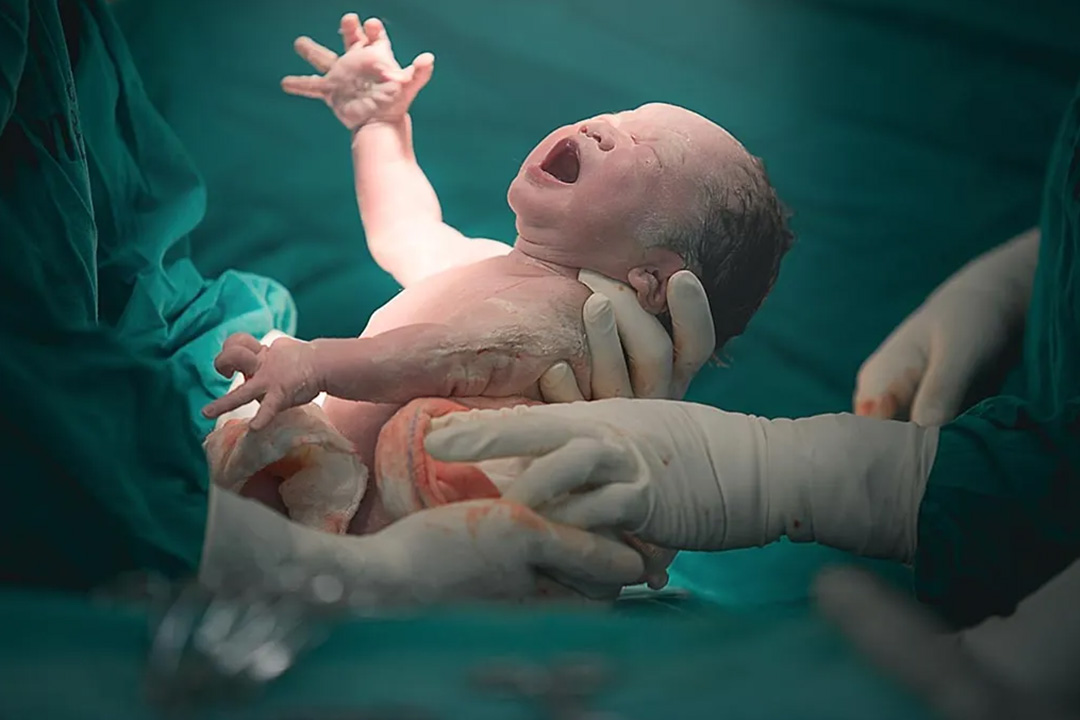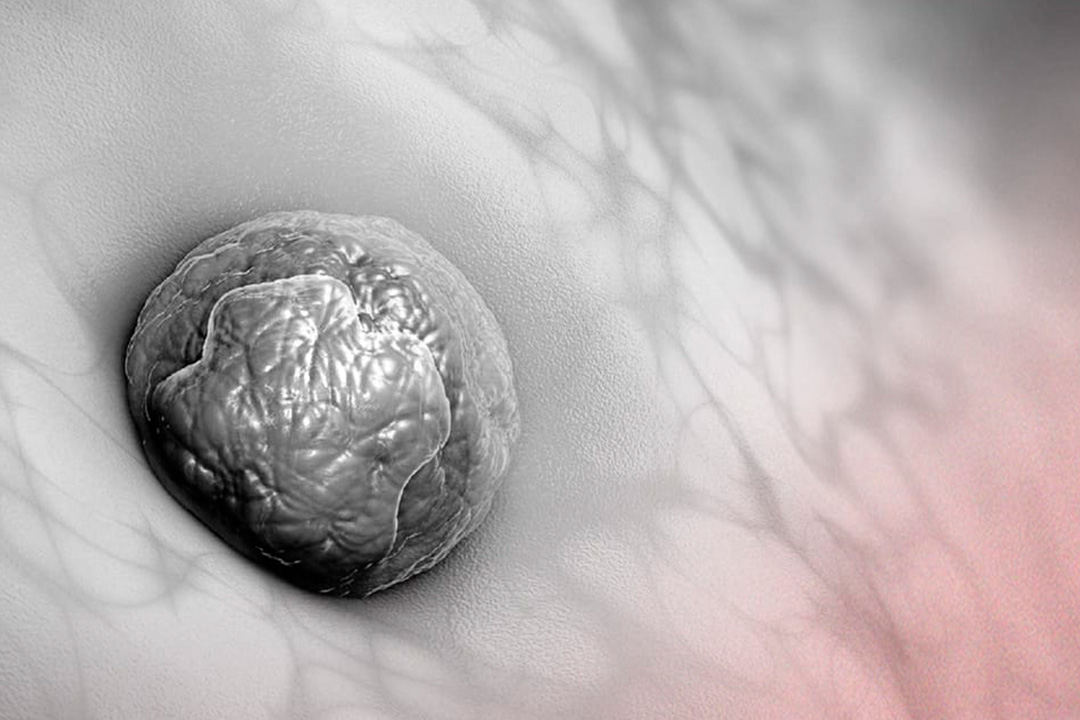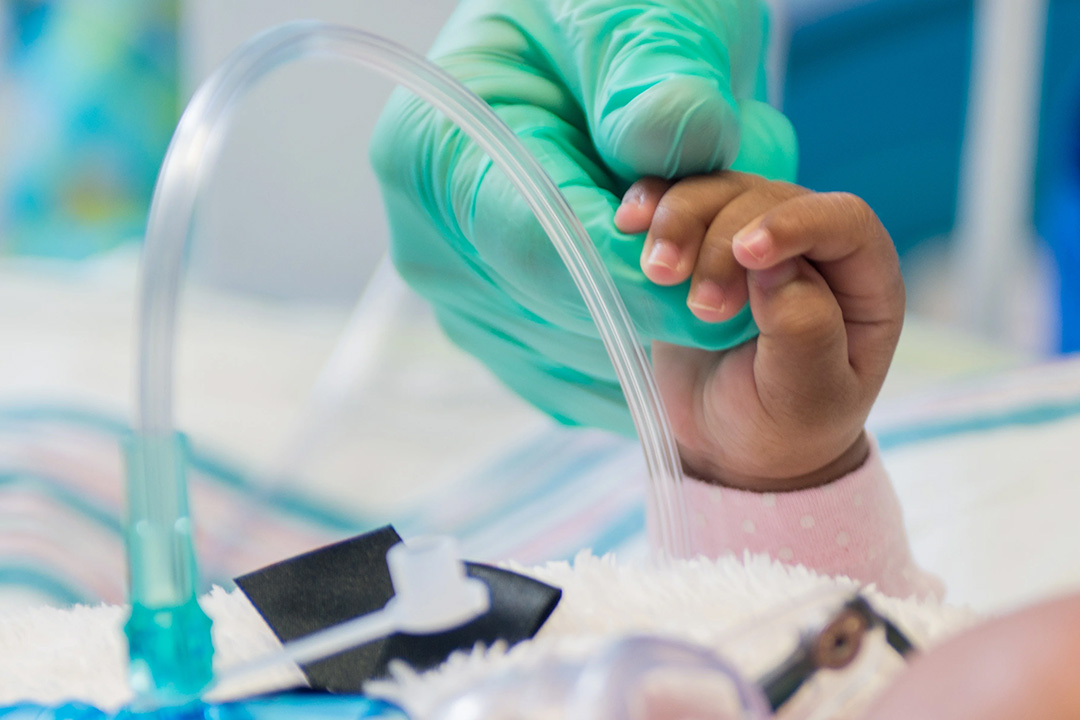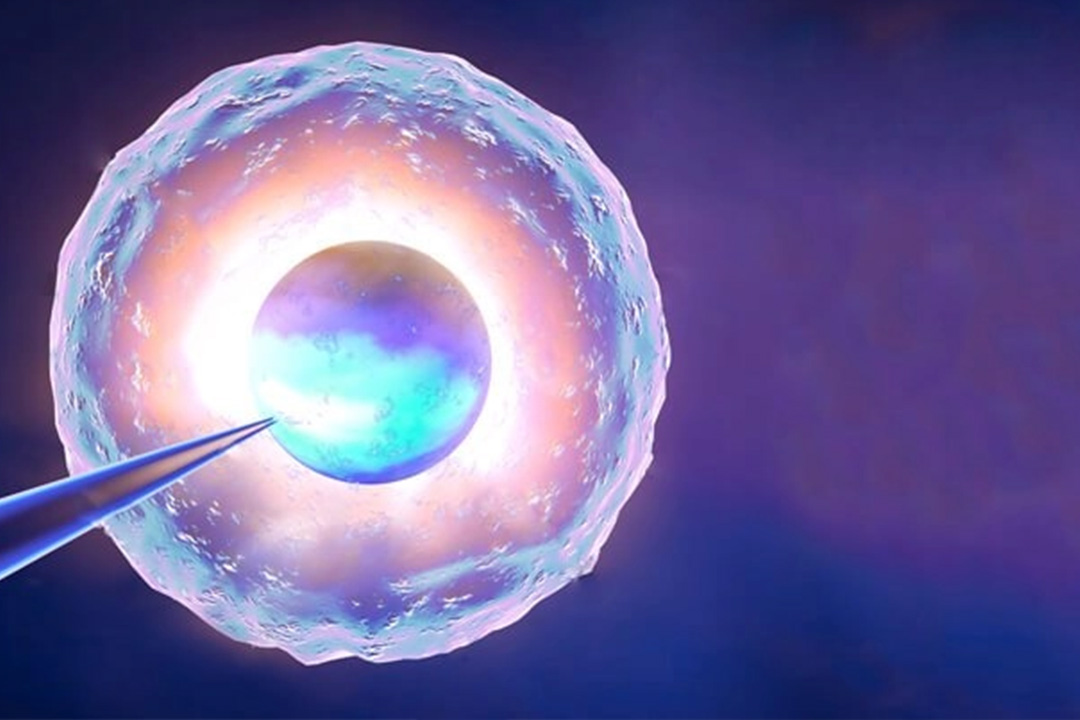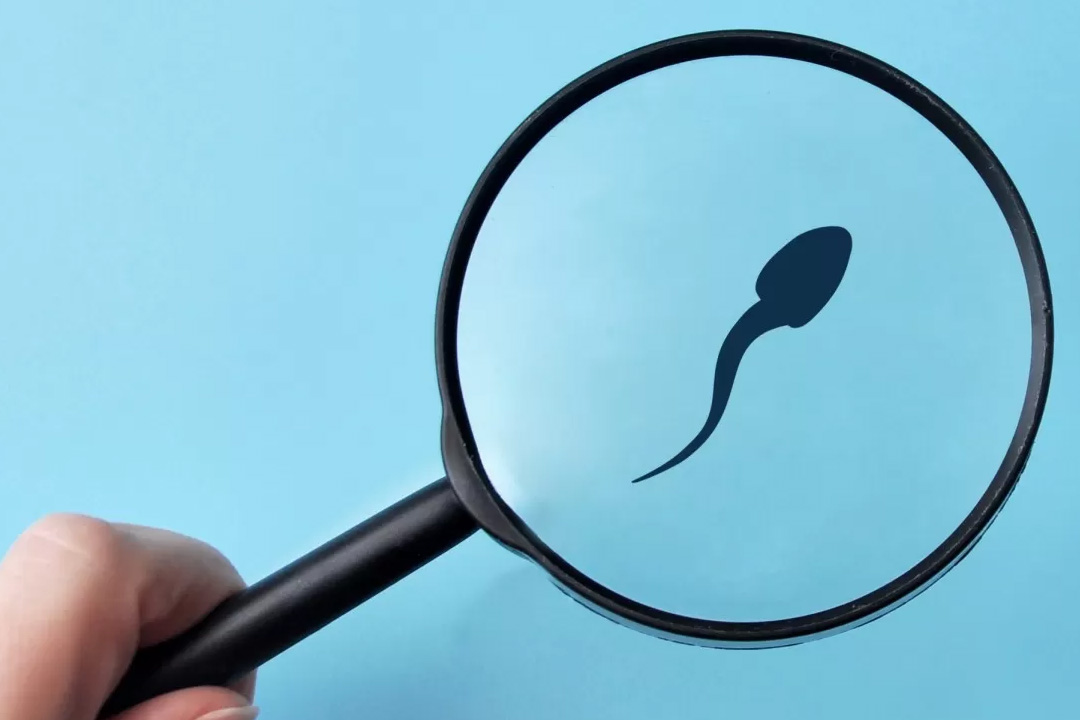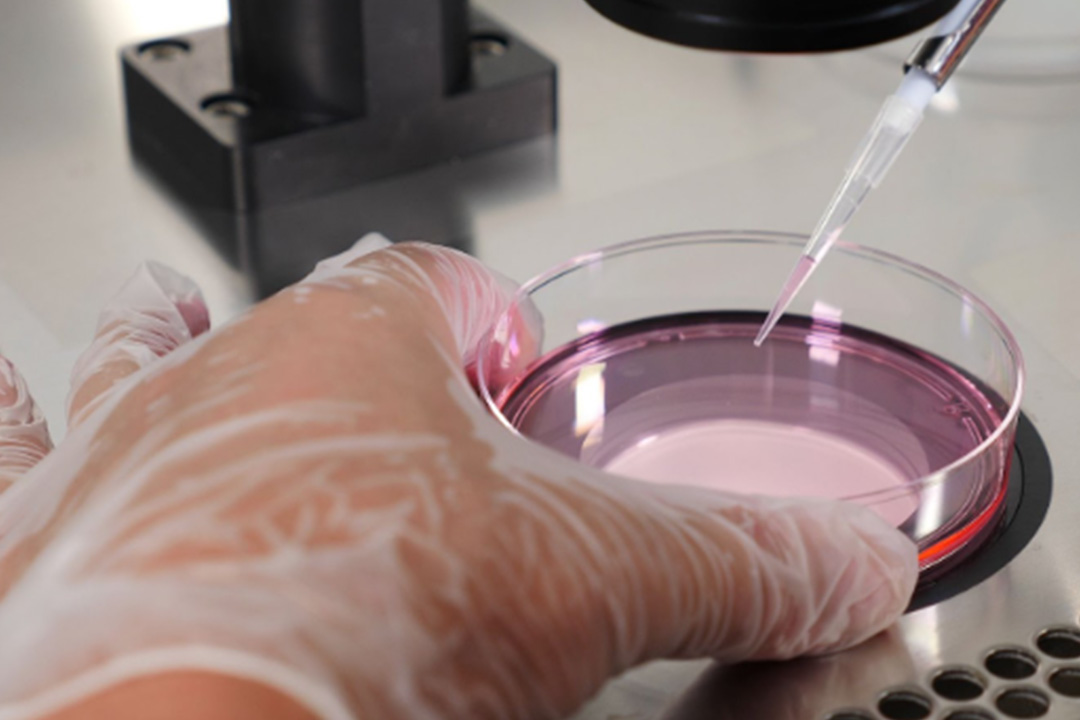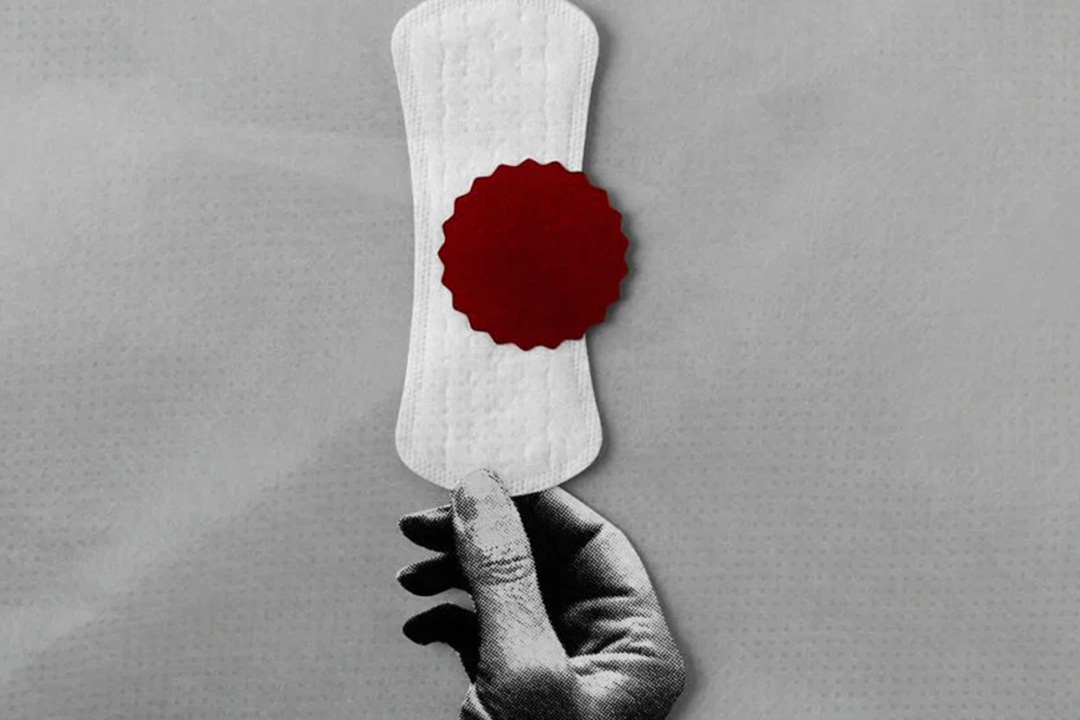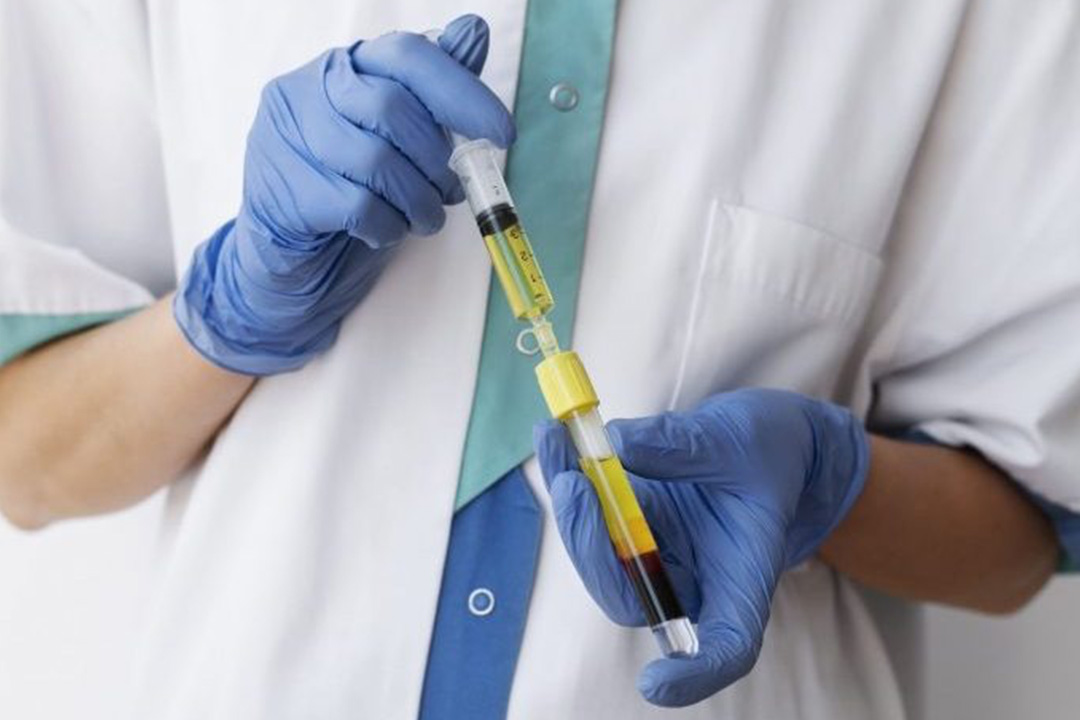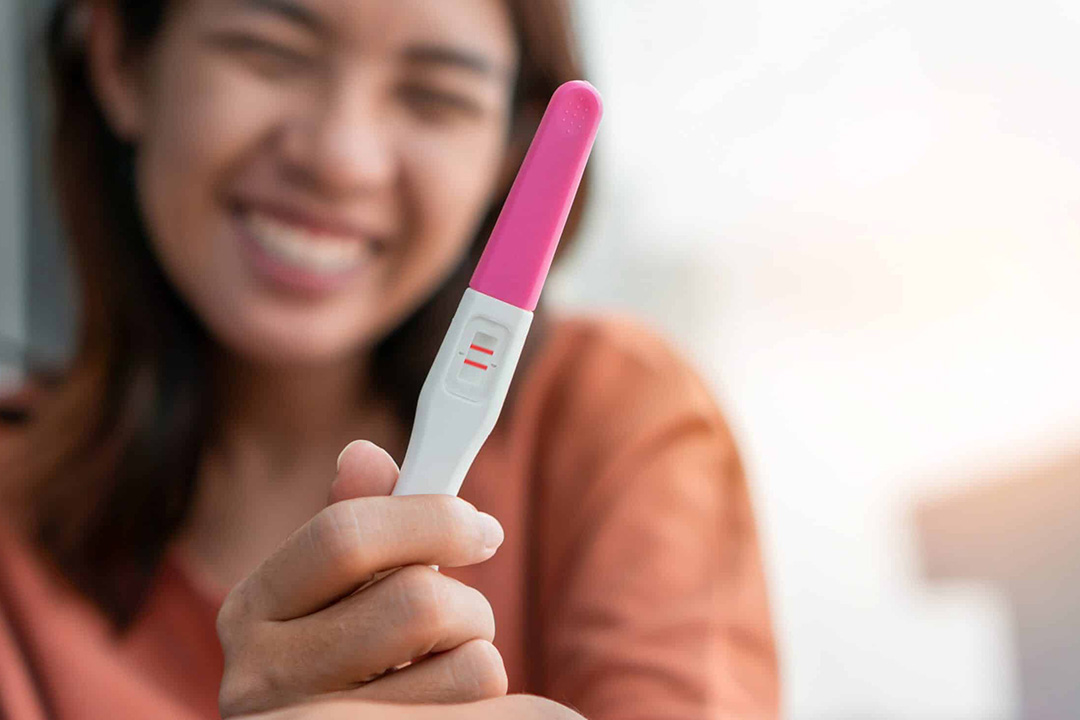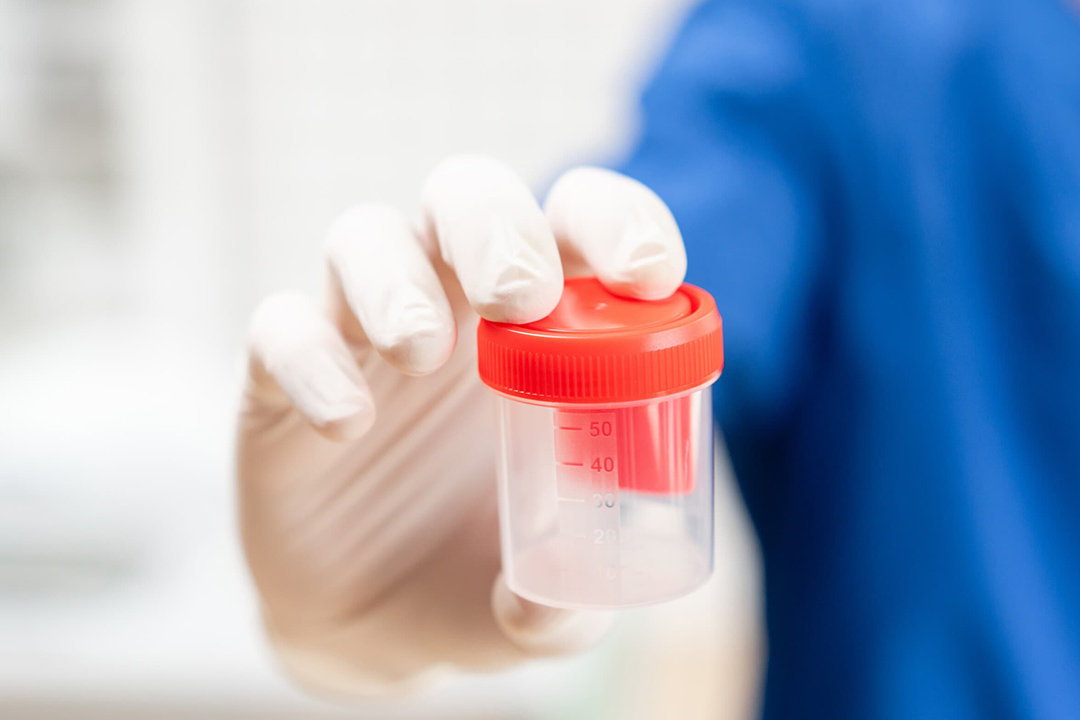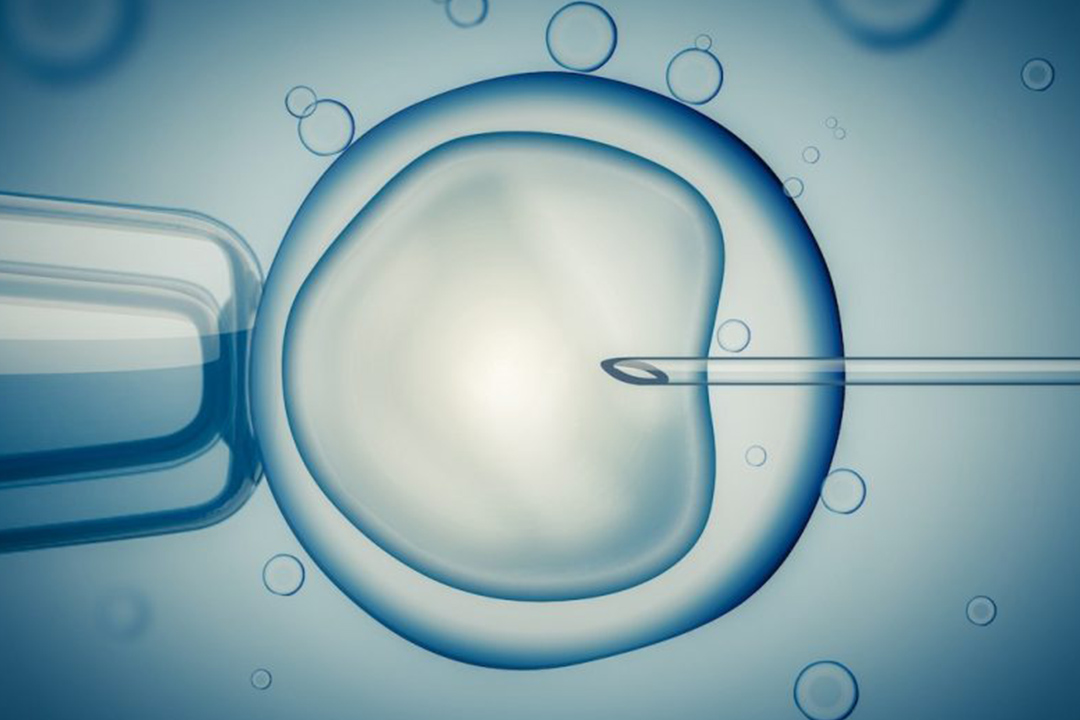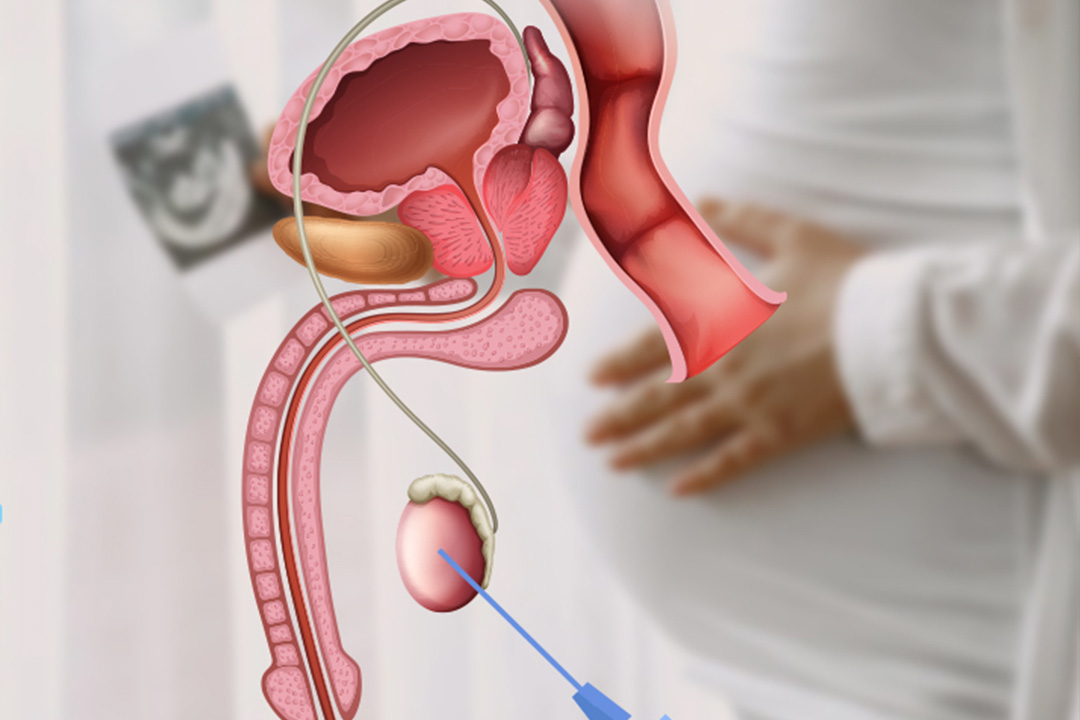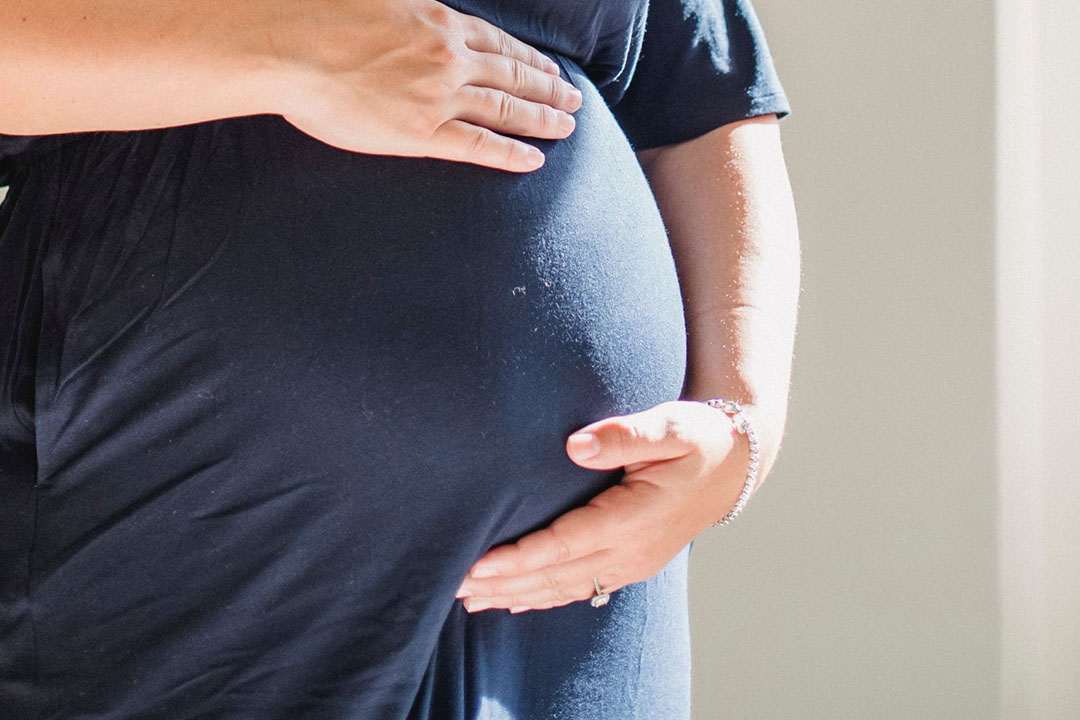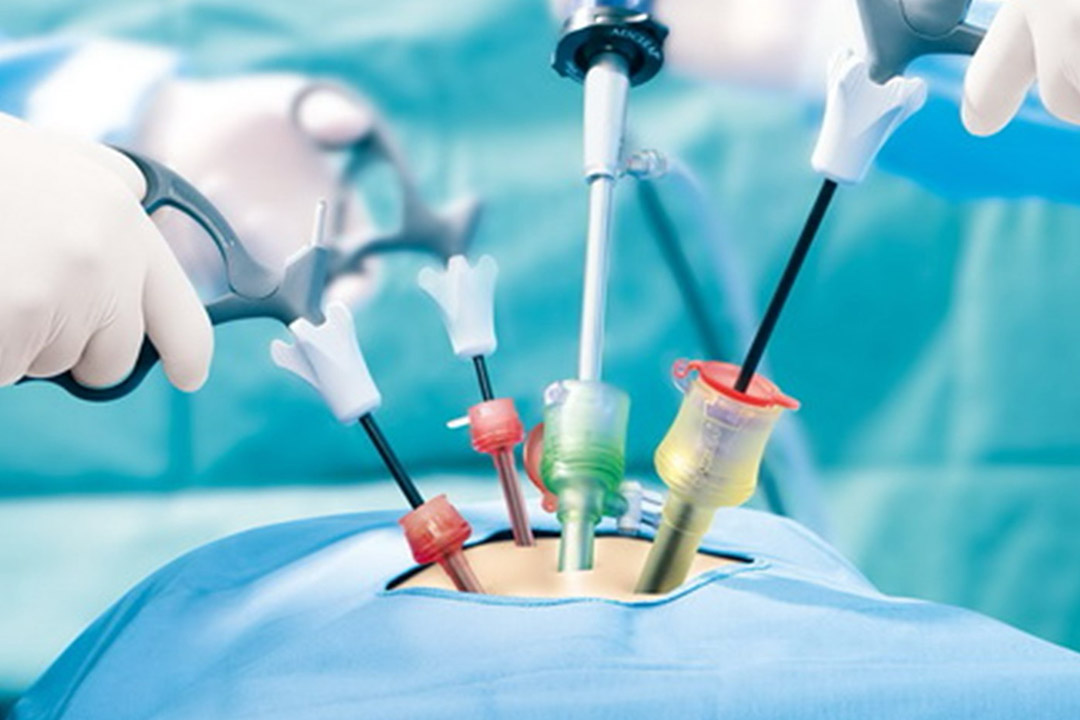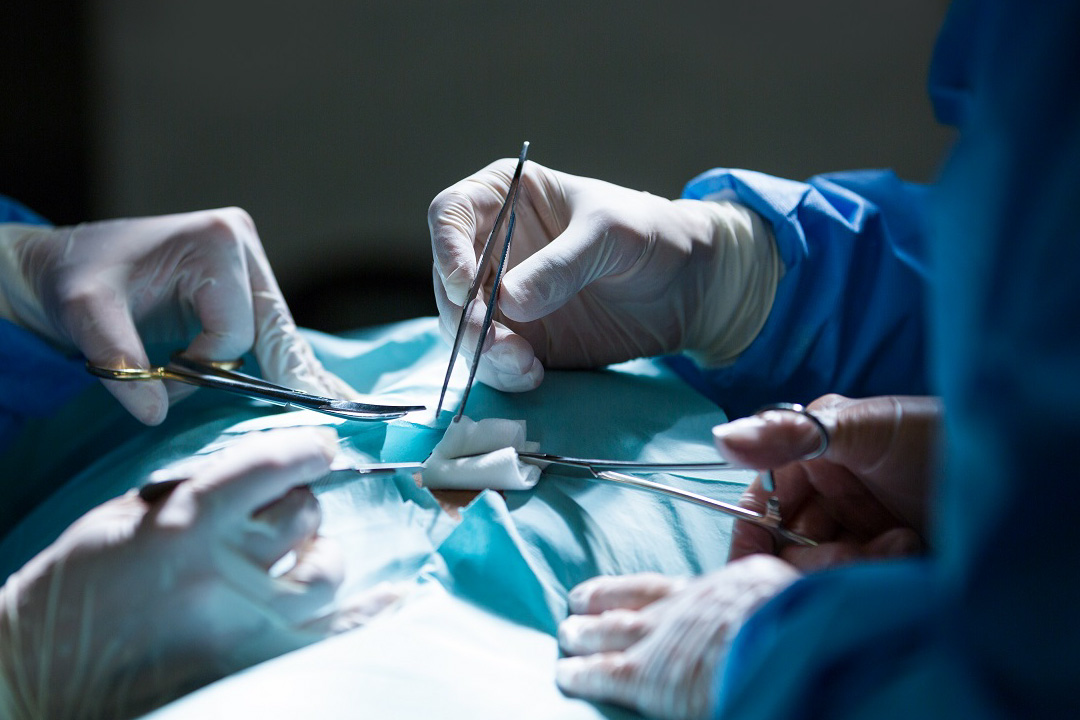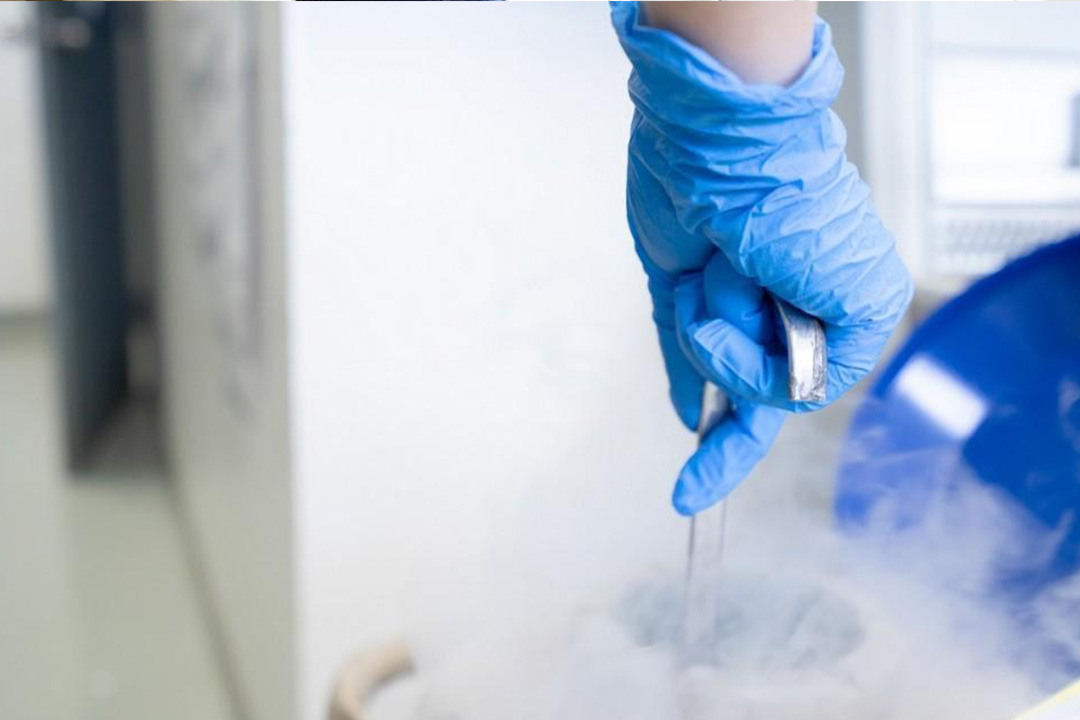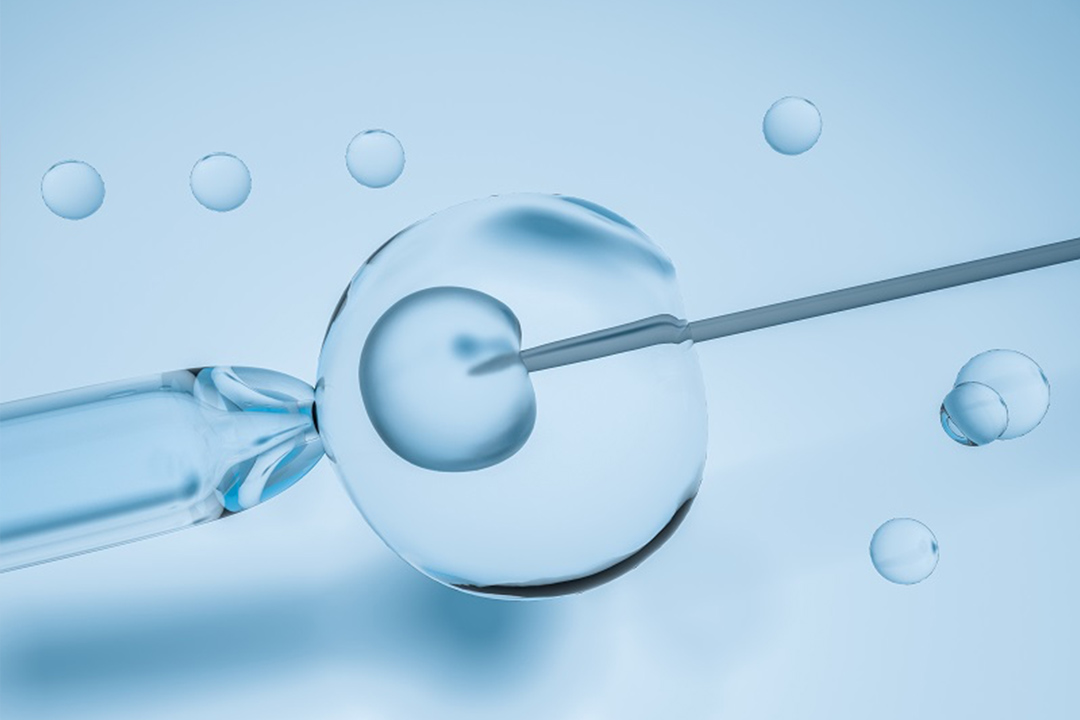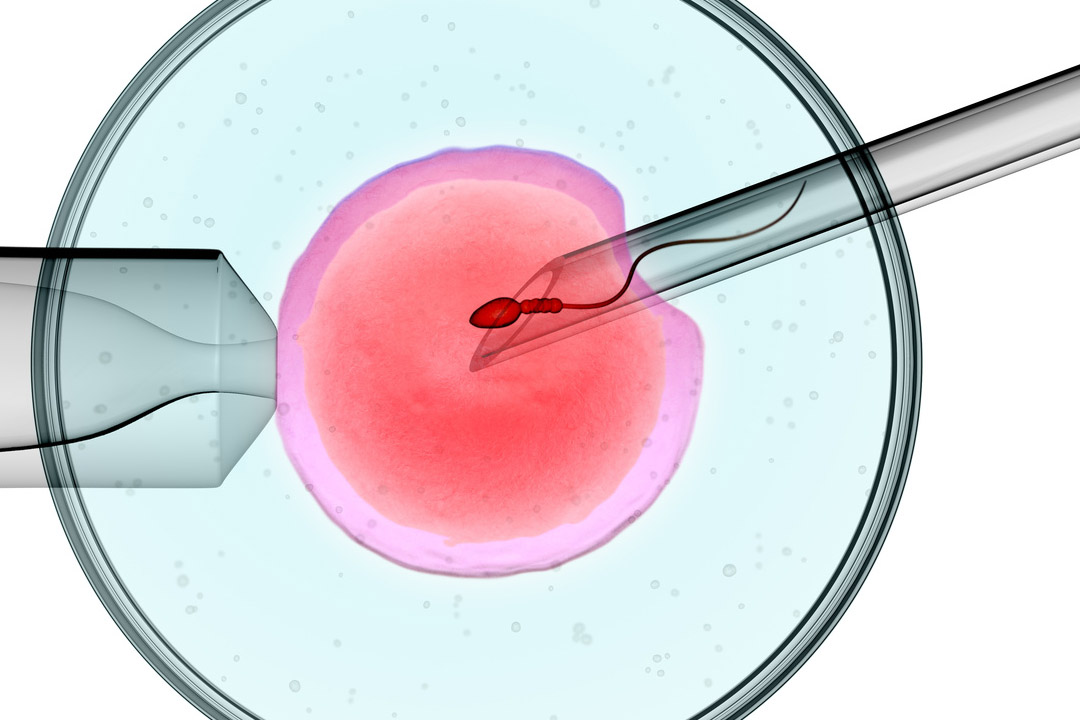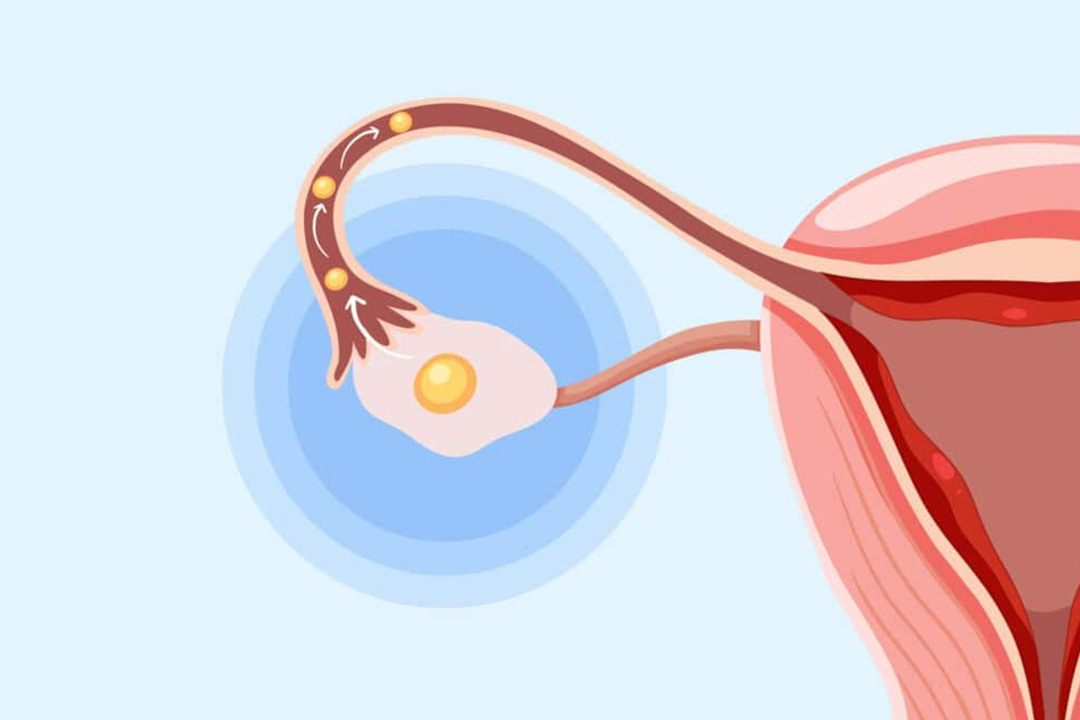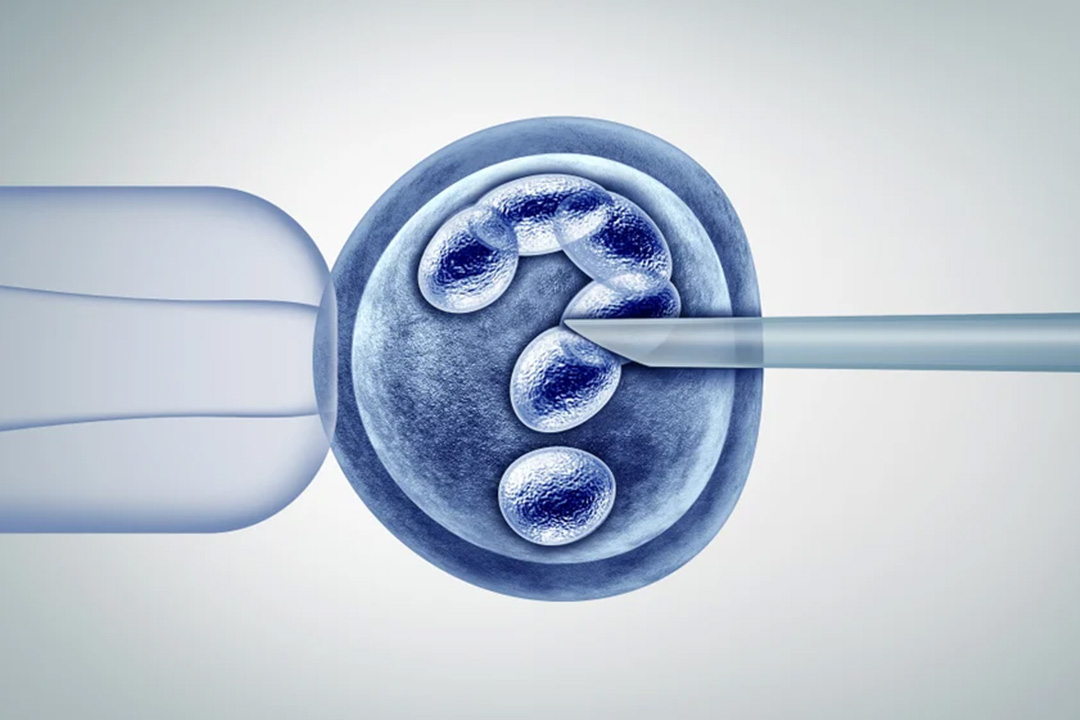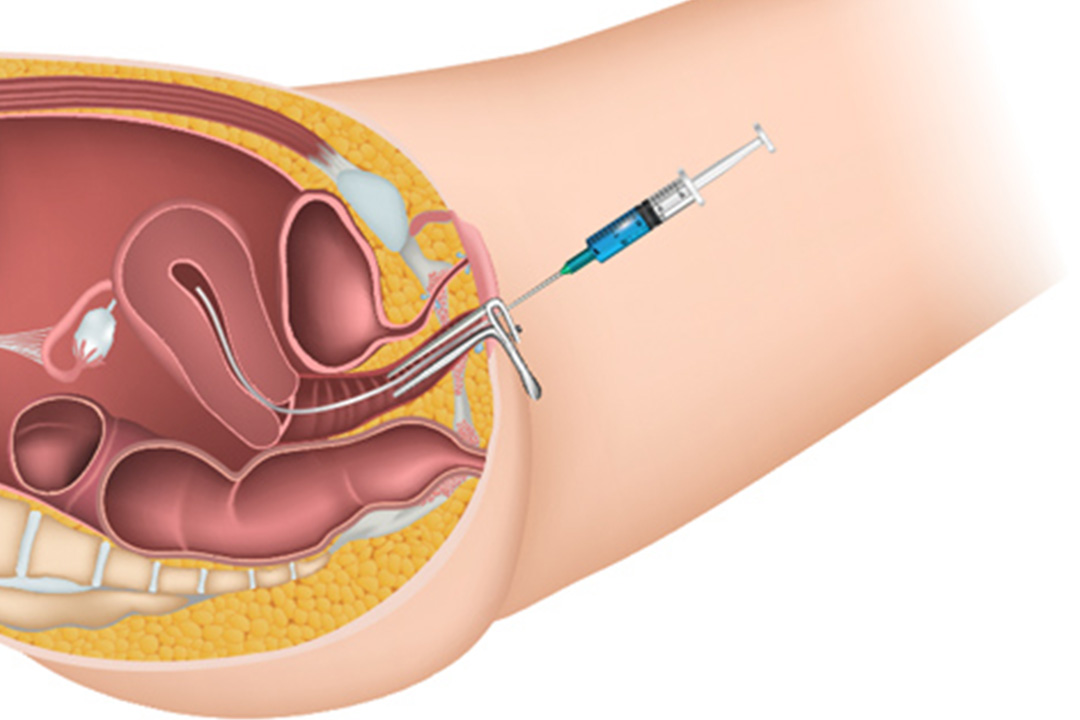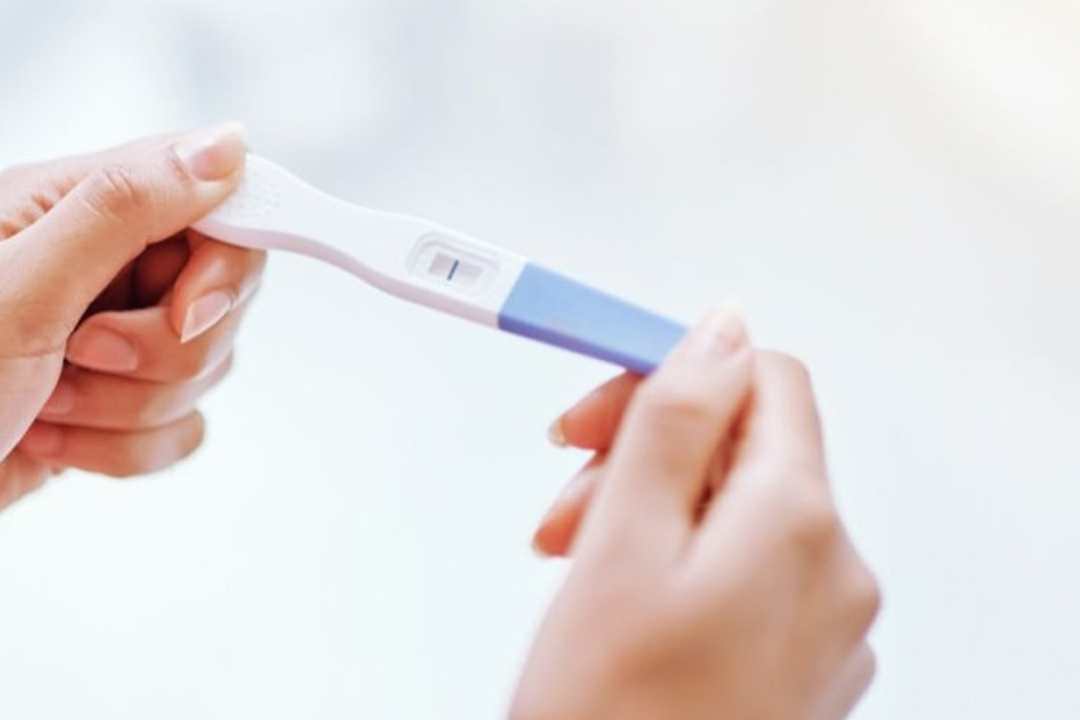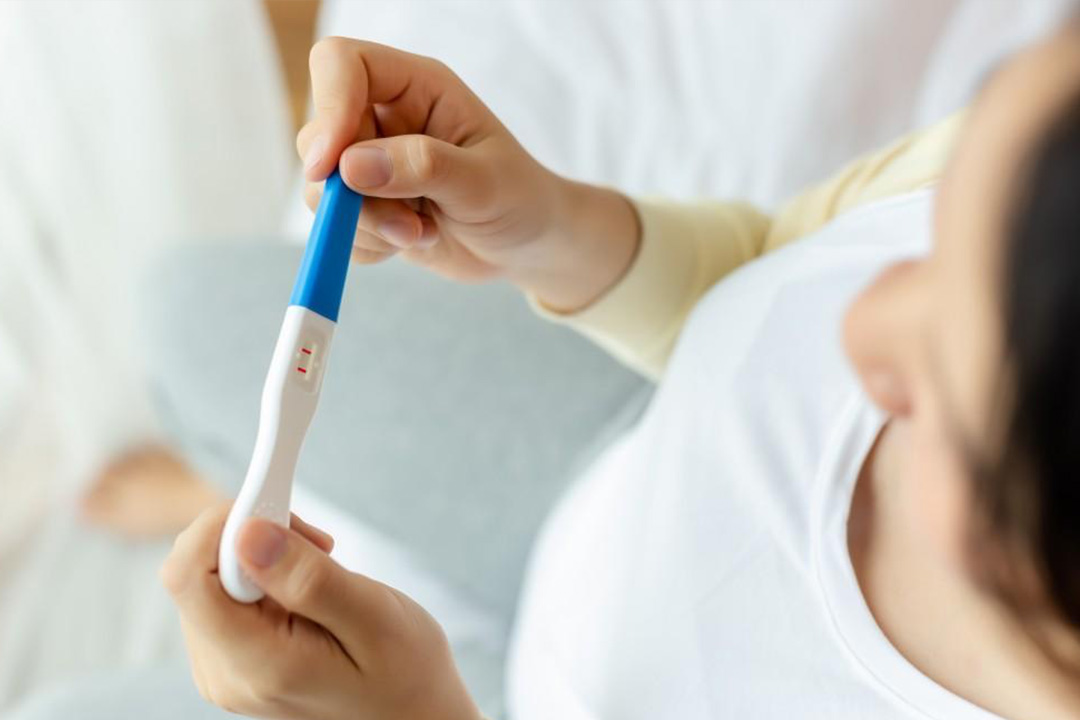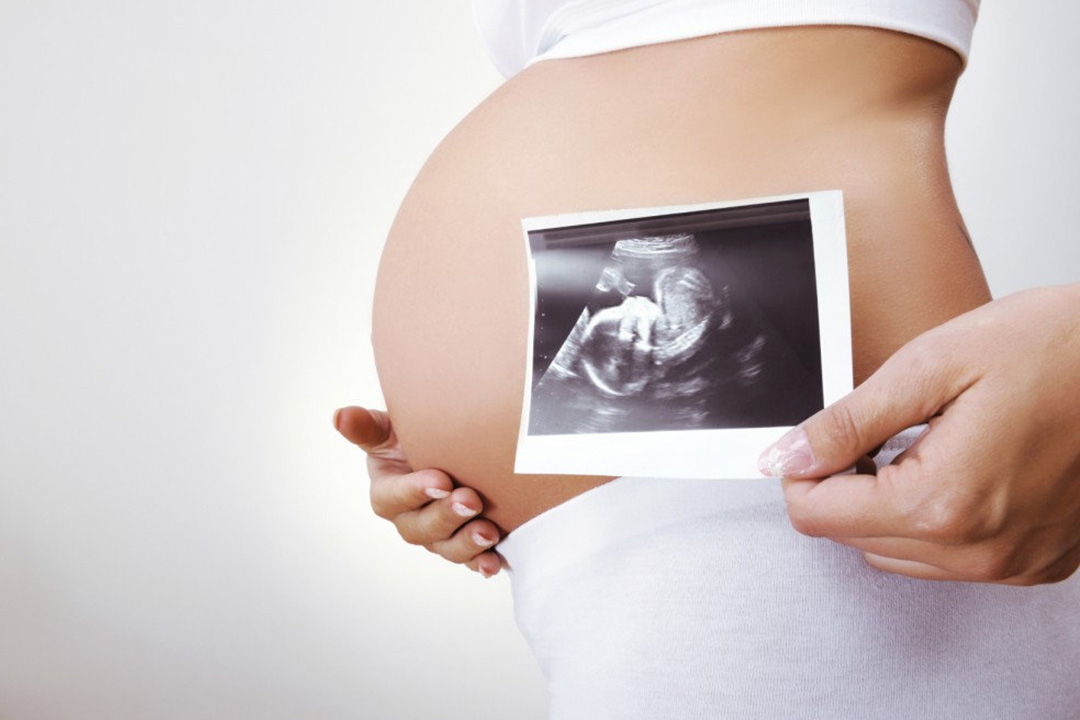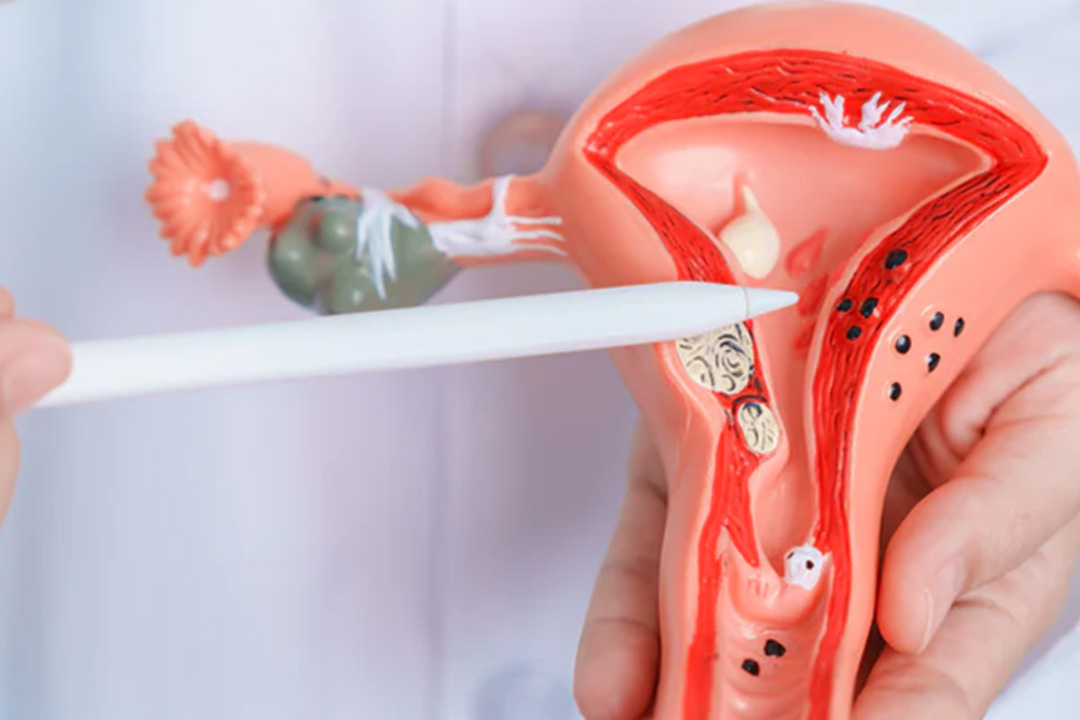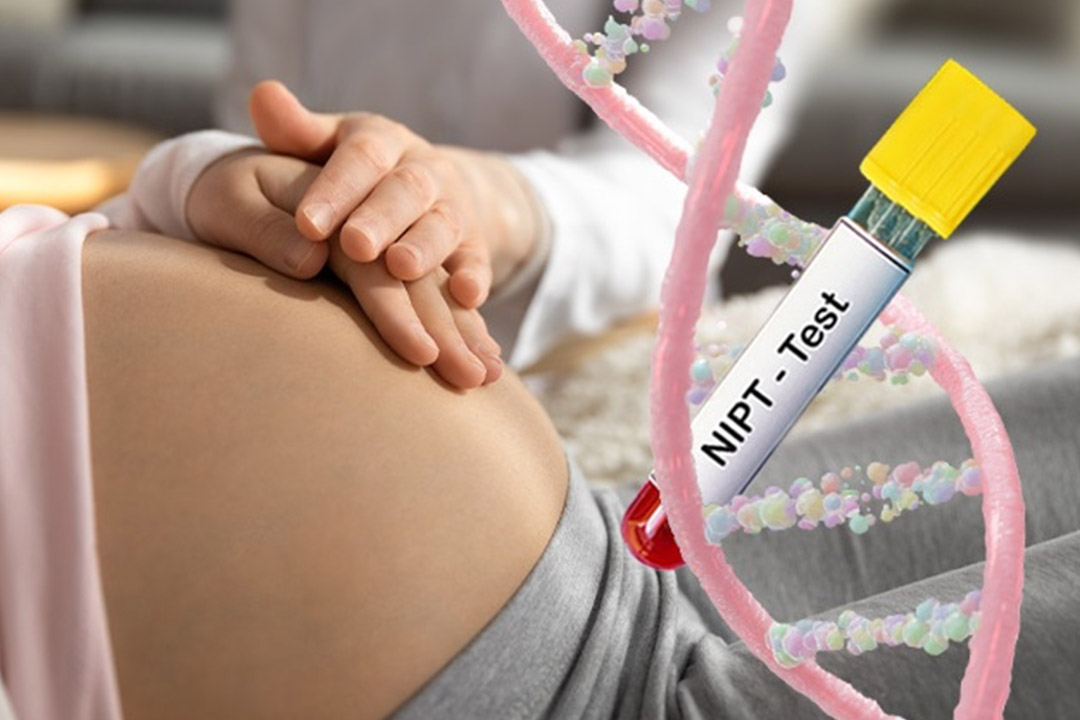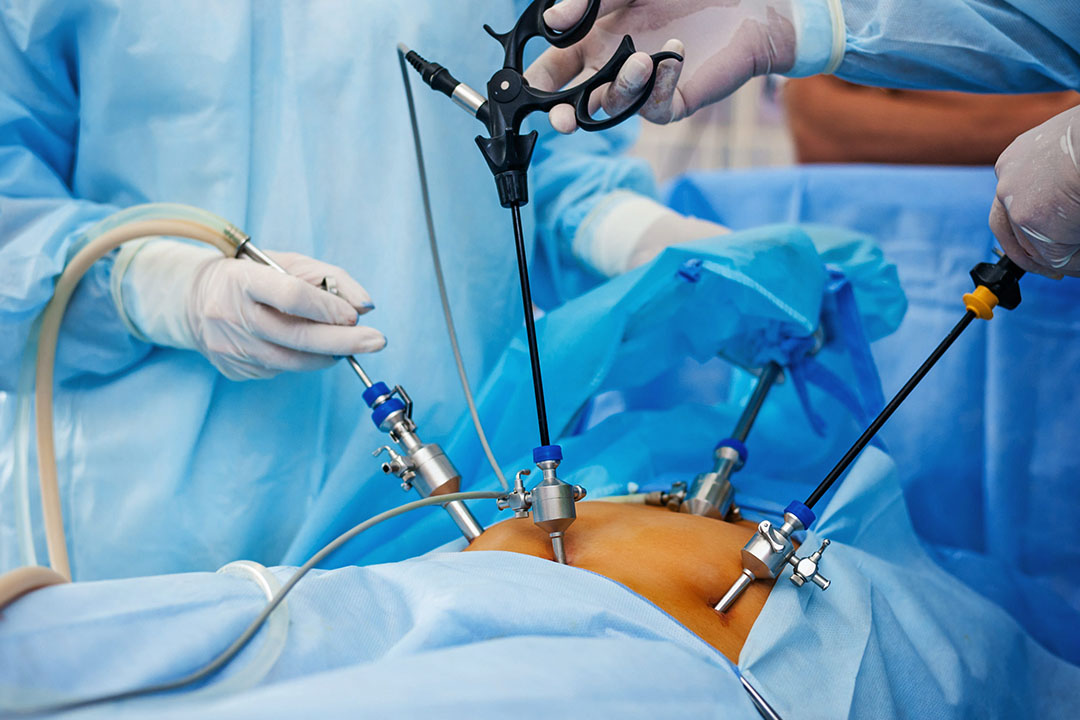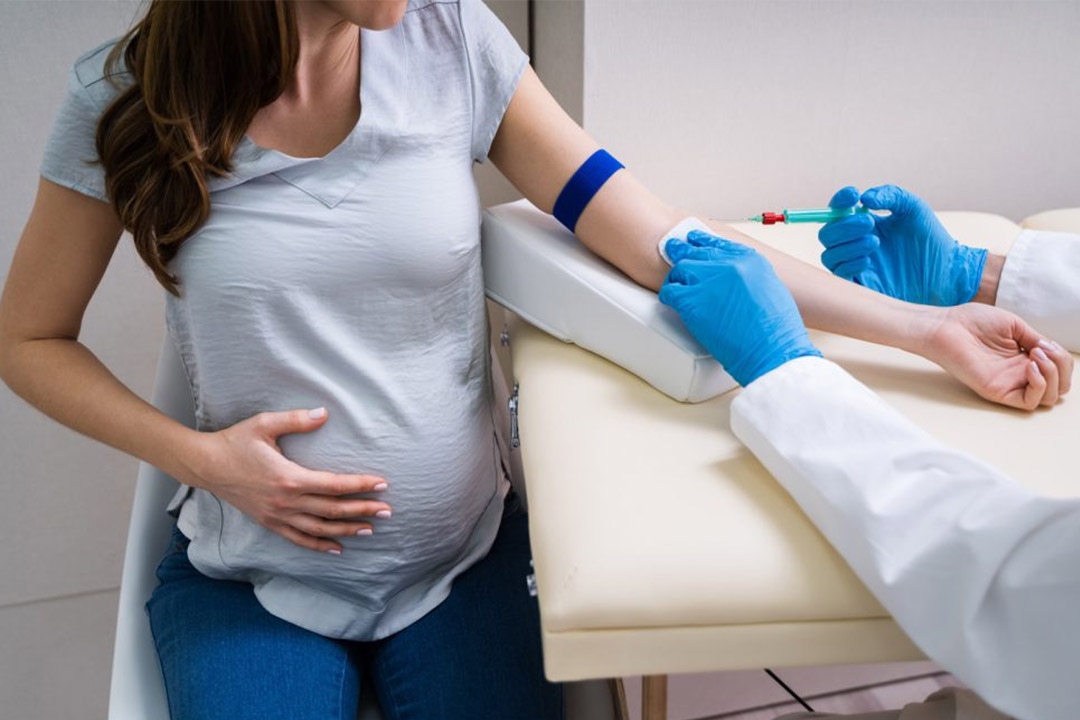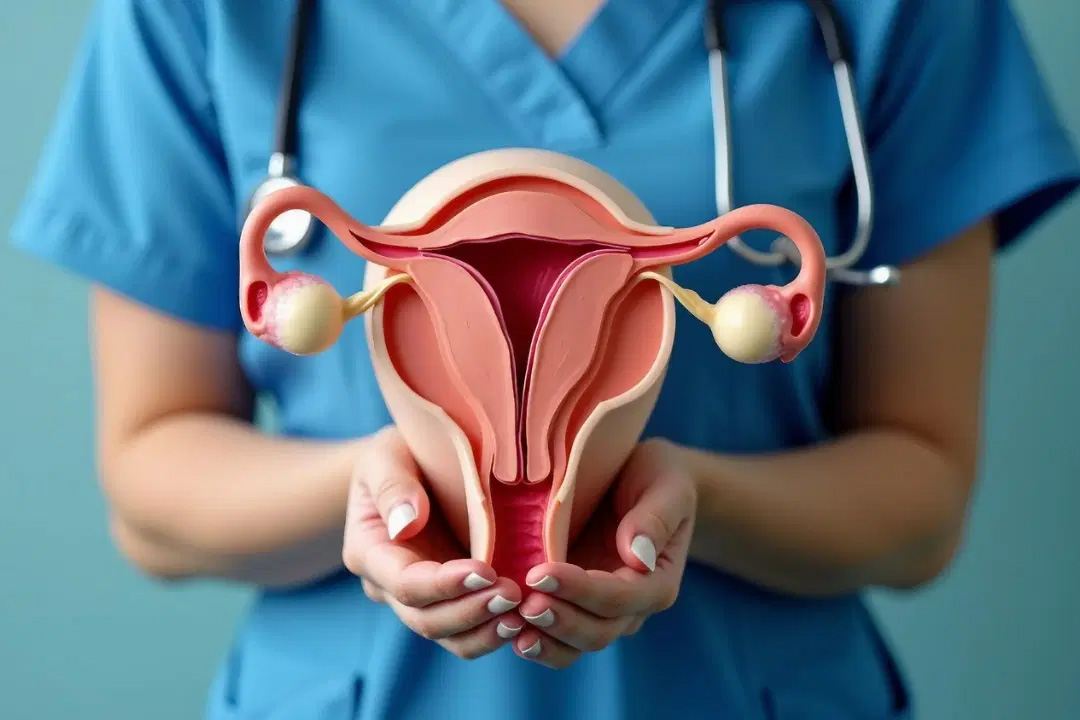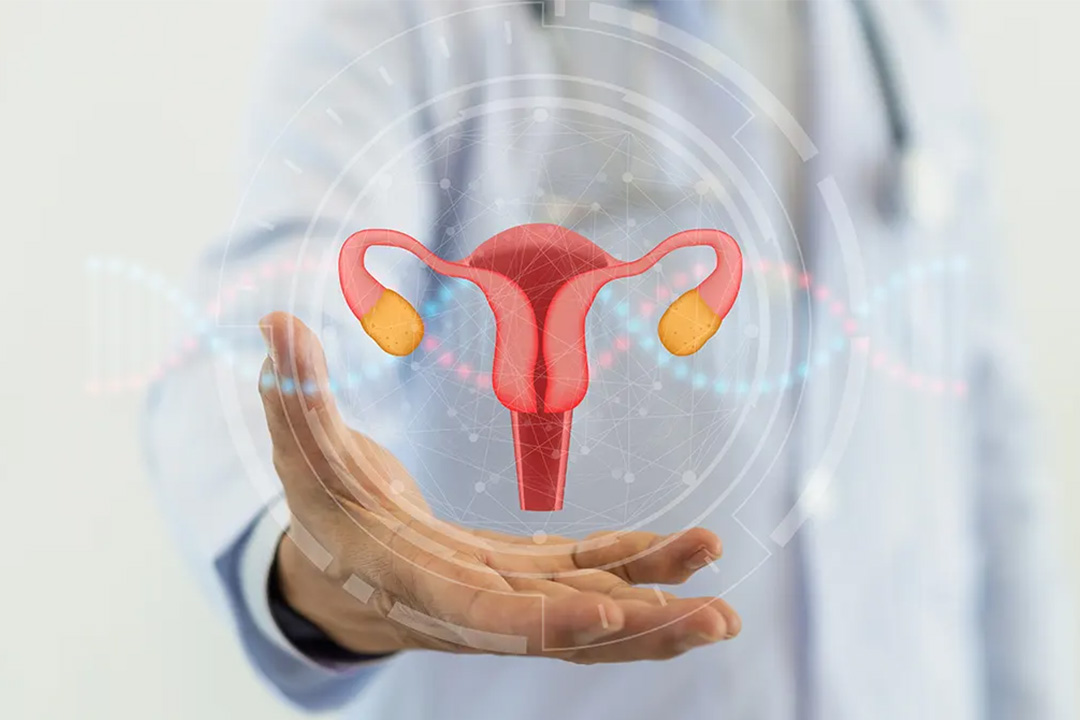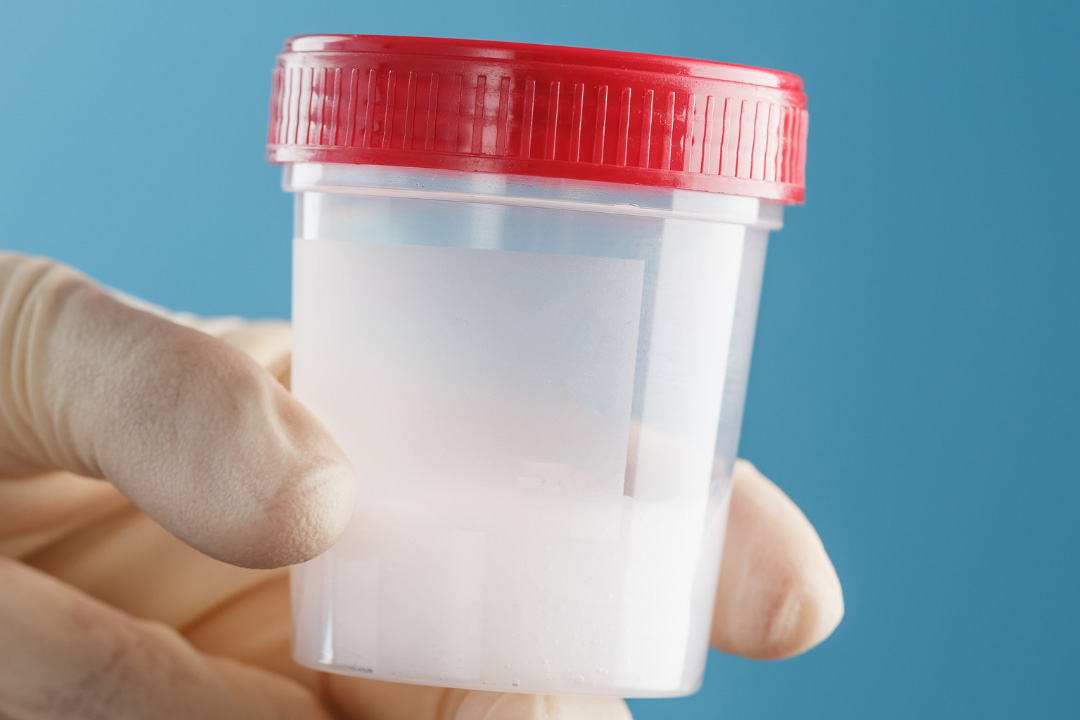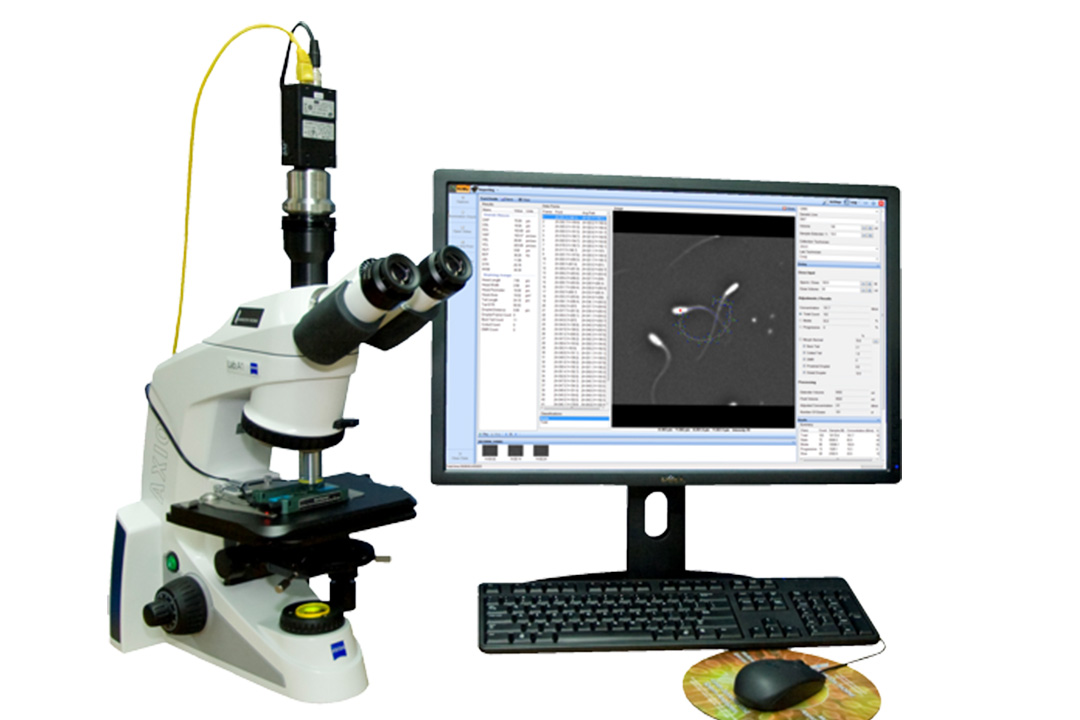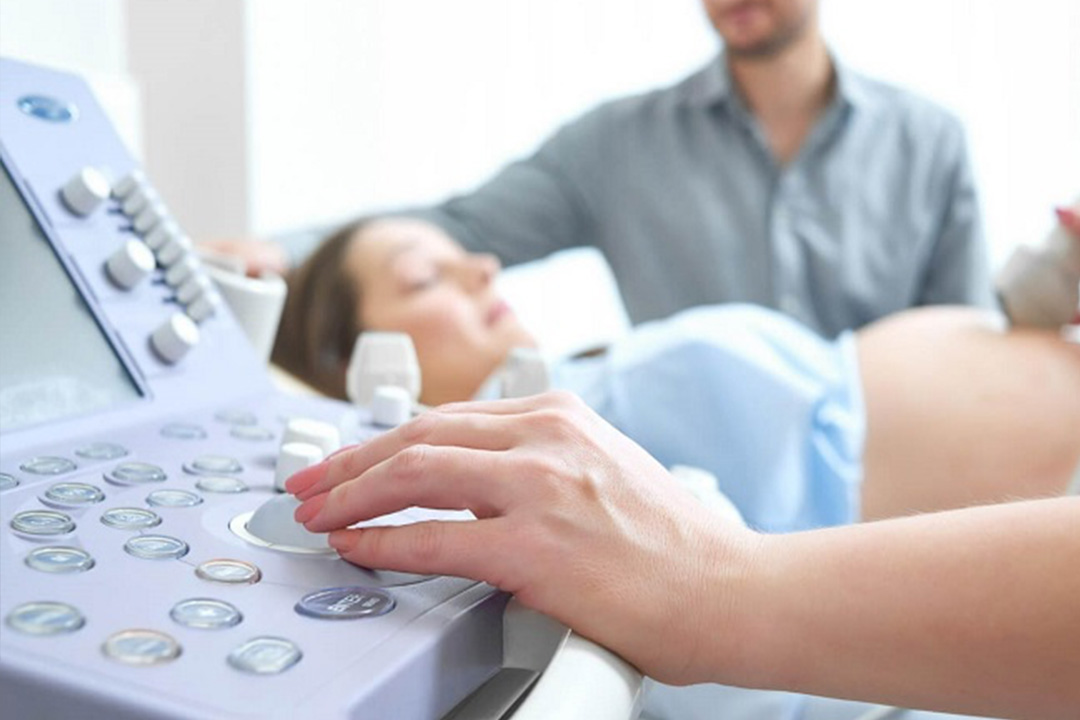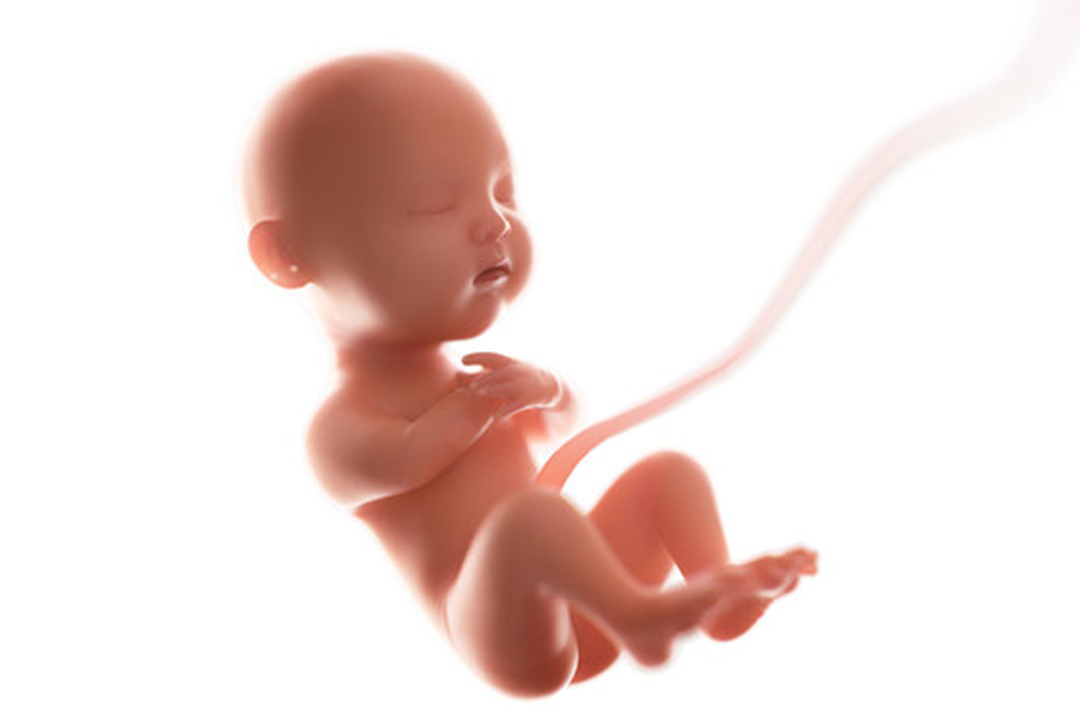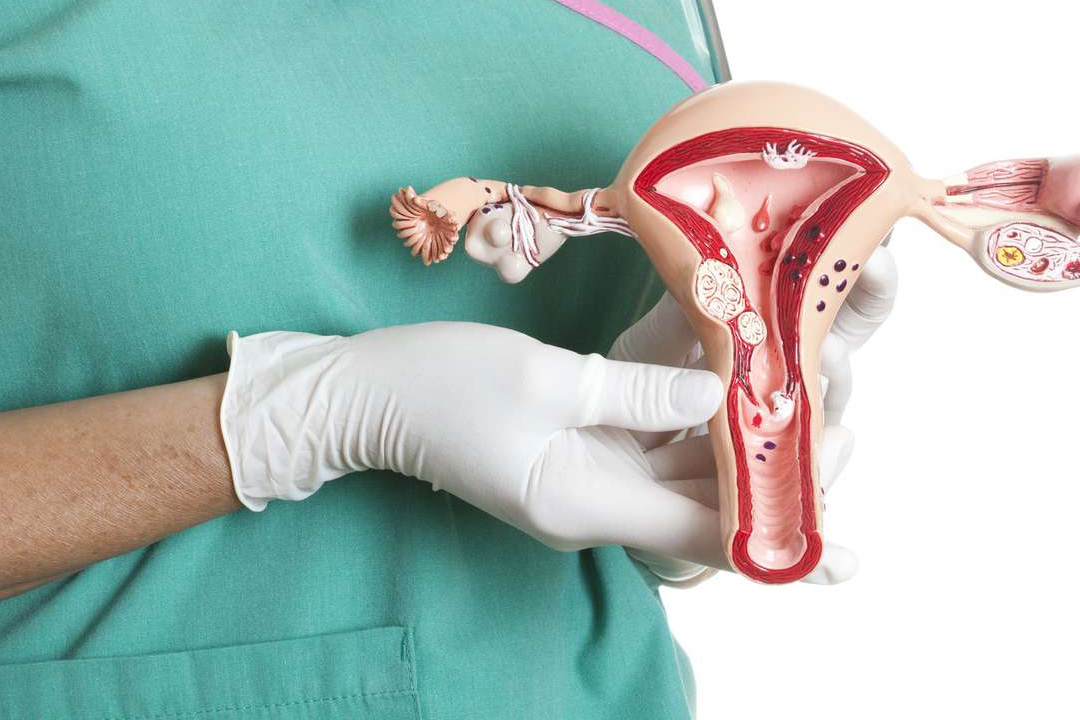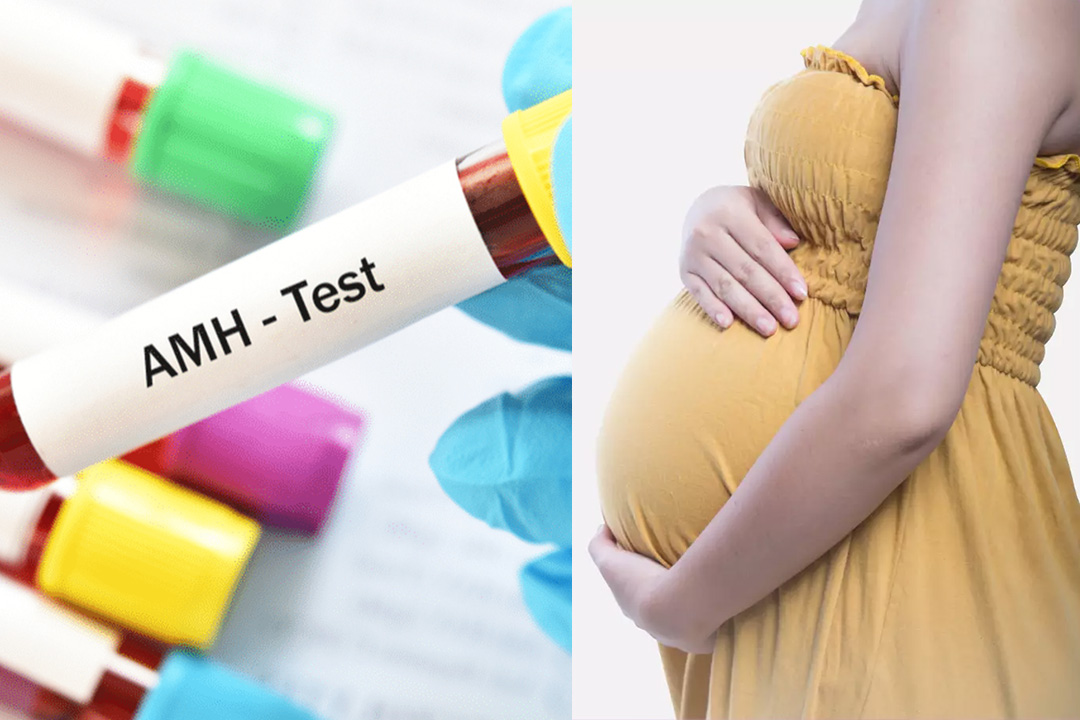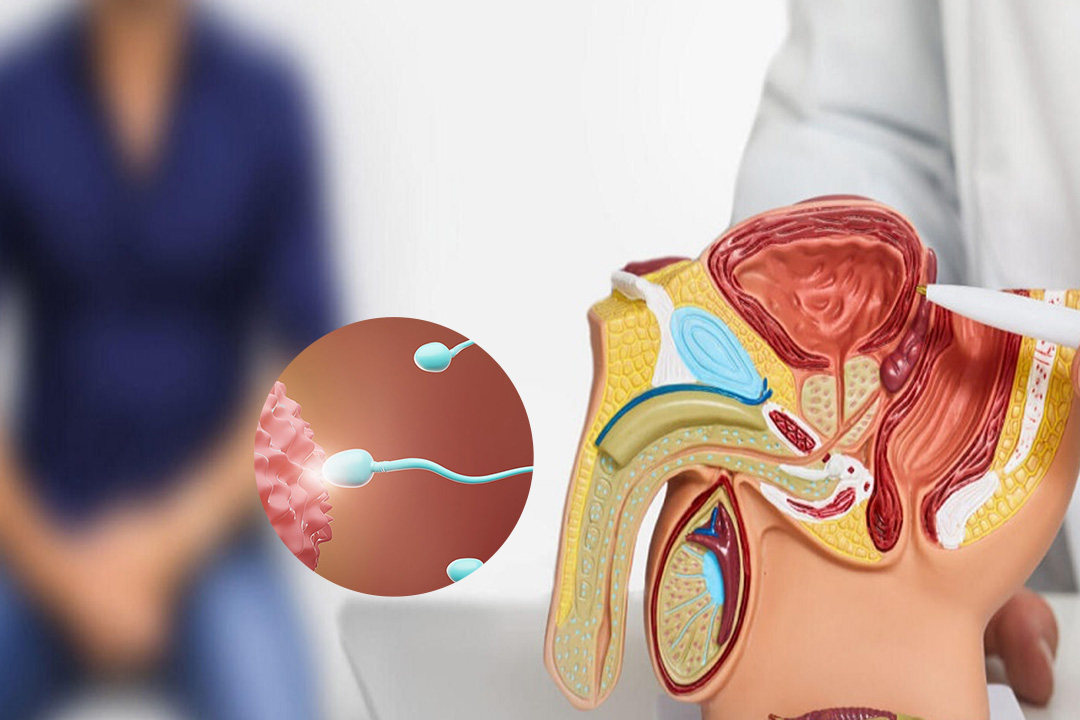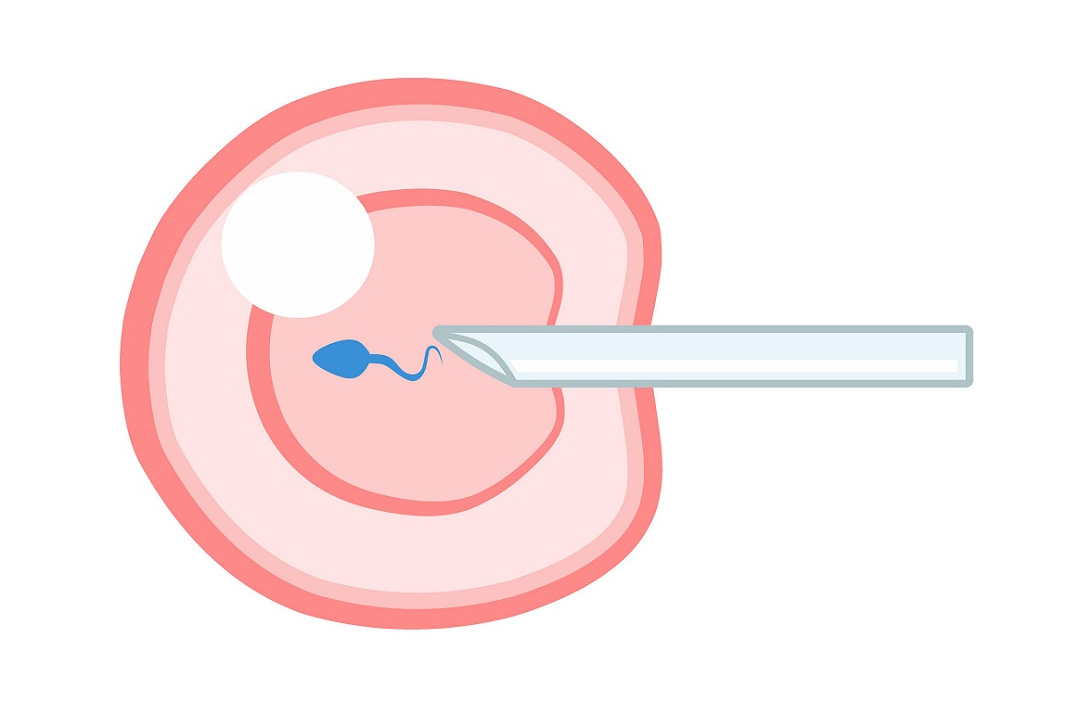What is Aspermia? Causes, Symptoms & Treatment Options
Struggling to start a family is hard enough but watching carefully‑cultured embryos fail to take hold after more than one transfer is another level of frustration.
Doctors call this situation recurrent implantation failure (RIF). It refers to repeated embryo transfers that look promising in the lab yet never lead to a clinical pregnancy.
We understand far more about why embryos don’t implant, how to fine-tune the uterus for “stickiness,” and which next steps (from lifestyle tweaks to advanced lab tests) can lift your odds.
We’ll break down the causes, clues, tests, and treatments for RIF, offer realistic success expectations, and even explore whether turning to a surrogate can help.
What is Recurrent Implantation Failure?
RIF means at least two well‑timed, good‑quality embryo transfers that do not result in an ultrasound‑confirmed pregnancy. Put simply, embryos reach the uterus but never embed in the lining long enough for a gestational sac to appear.
Most clinics use two or three failed transfers as the cutoff because modern labs routinely select high‑grade embryos so, if several of those embryos still cannot implant, something deeper is usually going on.
Implantation is a three‑way process between a healthy embryo, a receptive uterine lining, and balanced hormones. If any of these factors are imbalanced, even briefly then the process fails and menstruation begins. Think of it as a puzzle in which each piece must click on the same day.
Why Do Some Embryos Fail to Implant Again and Again?
| Category | Reason | Detail |
|---|
| Embryo factors | Chromosomal errors prevent normal development. | Even blastocysts can carry missing or extra chromosomes (aneuploidy). Those embryos rarely implant or miscarry early. |
| Uterine factors | The physical or cellular environment blocks attachment. | Polyps, fibroids that bulge into the cavity, scar tissue, thin endometrium, or chronic inflammation can all act like speed bumps. |
| Hormonal factors | The lining isn’t ready when the embryo arrives. | Low progesterone, thyroid imbalance, or poorly timed cycles shift the “window of implantation.” |
| Immune factors | Overactive defense cells misread the embryo as a threat. | Raised natural killer (NK) activity or antiphospholipid antibodies interfere with blood supply and early growth. |
| Genetic & clotting factors | Inherited variants disrupt implantation or placental blood | Balanced translocations, Factor V Leiden, or prothrombin mutations are occasional culprits. |
| Lifestyle factors | Daily habits reduce embryo quality or uterine blood flow. | Smoking, heavy drinking, obesity, unmanaged stress, and sleep loss all chip away at success rates. |
What are the Causes of RIF?
They run a mix of imaging, lab work, and embryo tests to rule problems in or out. Typical steps include:
- High‑resolution ultrasound or hysteroscopy: spots, polyps, fibroids, adhesions.
- Endometrial biopsy: checks for chronic inflammation or tuberculosis (in South‑East Asia).
- Mock cycle with an Endometrial Receptivity Analysis (ERA):measures gene expression to identify the exact “receptive” day.
- Parental karyotyping: looks for balanced chromosomal rearrangements.
- Pre‑implantation genetic testing (PGT‑A) on embryos: screens out aneuploid blastocysts.
- Hormone panel: thyroid, prolactin, progesterone, insulin resistance.
- Thrombophilia and autoimmune work‑up: anticardiolipin, lupus anticoagulant, NK‑cell activity.
What Treatments Can Improve Implantation After Repeated Failure?
Different treatment strategies can be used depending upon the cause of RIF, some examples include:
1. How do we boost embryo quality?
Opt for
pre‑implantation genetic testing (PGT‑A) and advanced culture systems. PGT‑A identifies euploid embryos, trimming out those with chromosomal errors. Extended culture to day 5 or day 6 lets embryologists pick the blastocysts with proven stamina.
2. Can we make the uterine lining more receptive?
Yes, by treating structural problems and nurturing blood flow. Hysteroscopic removal of polyps or fibroids, gentle curettage to clear scar tissue, and oestrogen‑progesterone cycles to thicken a thin lining are standard options. Low‑dose aspirin or pentoxifylline sometimes enhance blood supply.
3. What about hormonal balance to treat RIF?
Personalised luteal‑phase support is key. Doctors may prescribe higher progesterone doses, add vaginal tablets to injections, or use sub‑cutaneous progesterone if absorption is uncertain. Thyroid medication or insulin‑sensitising drugs correct endocrine roadblocks.
4. Do immune treatments make a difference in RIF treatment?
They can, in selected cases. Low‑molecular‑weight heparin (to curb micro‑clots), steroids (to dampen overactive NK cells), or intralipid infusions are tried when lab results point to immune or clotting issues. Evidence is mixed, so these therapies are usually offered after counselling.
5. How does the ERA test influence timing?
It pinpoints the “implantation window” to the exact day, sometimes the exact hour. If your lining turns out to be receptive on day 7 rather than day 5 of progesterone exposure, adjusting the transfer schedule alone may swing the odds.
6. Can lifestyle changes really help in RIF Treatment?
Absolutely, egg and sperm precursors grow for months before retrieval. Quitting smoking, cutting alcohol, maintaining a healthy weight, adding moderate exercise, prioritising sleep, and using stress‑reduction tools (mindfulness, counselling) all raise embryo quality and blood flow.
What are Success Rates After Recurrent Implantation Failure?
Success after recurrent implantation failure depends on the root cause, but live‑birth rates often climb to 40–60 % within two additional transfer attempts when a clear fix is found.
Couples who add PGT‑A, correct uterine pathology, and time transfer precisely see the steepest rebound. Remember, implantation is probabilistic: even perfect embryos in a perfect uterus do not implant 100 % of the time.
Could Surrogacy Improve Outcomes for RIF?
Surrogacy sidesteps uterine‑based causes of implantation failure. If repeated transfers fail due to a persistently thin lining, extensive scarring, or medical conditions that make pregnancy risky, placing your embryos into a healthy gestational carrier can change the equation dramatically.
Success depends on embryo quality, so PGT‑A remains valuable. Legal frameworks differ by country, so we advise speaking with a licensed agency and a legal expert before choosing this path.
Frequently Asked Questions
Does recurrent implantation failure mean I can never get pregnant?
No. Many people conceive after targeted treatment, sometimes on the very next cycle. RIF is a signal to investigate, not a final verdict.
Is miscarriage the same as implantation failure?
Miscarriage and RIF are not the same. Miscarriage happens after an embryo implants and then stops developing; implantation failure means it never embedded firmly to begin with.
How many embryos should we transfer after RIF?
Most clinics still advise single euploid transfers to avoid twins. Two may be considered if embryos are untested and maternal age is over 38, but the twin‑pregnancy risks must be weighed.
Can changing my diet help implantation?
A Mediterranean‑style diet rich in vegetables, nuts, olive oil, and fish is linked to better IVF outcomes. Add prenatal vitamins with folate and vitamin D as advised.
How long should we wait between failed transfers?
As soon as the cause is corrected and the lining is ready, a new transfer can proceed—often within one menstrual cycle. Emotional readiness is just as important; take a breather if needed.
Are acupuncture or yoga proven to boost success after RIF?
Evidence is mixed but positive for stress reduction, which in turn can balance hormones. If the practice relaxes you and your doctor sees no harm, go for it.
Conclusion
Recurrent implantation failure seems like a closed door, yet biology frequently provides an alternate way. We may begin the discussion between embryo and uterus by investigating embryo genetics, lining receptivity, hormone balance, and lifestyle factors.
Many couples make data-driven changes before welcoming their child, while others consider surrogacy to fulfill their family goal.
Wherever you are today, remember that RIF is a hurdle, sometimes a large one but rarely the finish line. Gather your data, get professional assistance, and go forward with newfound clarity and drive.
About Us
AKsigen IVF is a premier center for advanced fertility treatments, with renowned fertility experts on our team. Specializing in IVF, ICSI, egg freezing, and other cutting-edge reproductive technologies, AKsigen IVF is committed to helping couples achieve their dream of parenthood. With personalized care and a patient-first approach, AKsigen IVF provides comprehensive fertility solutions under one roof.





